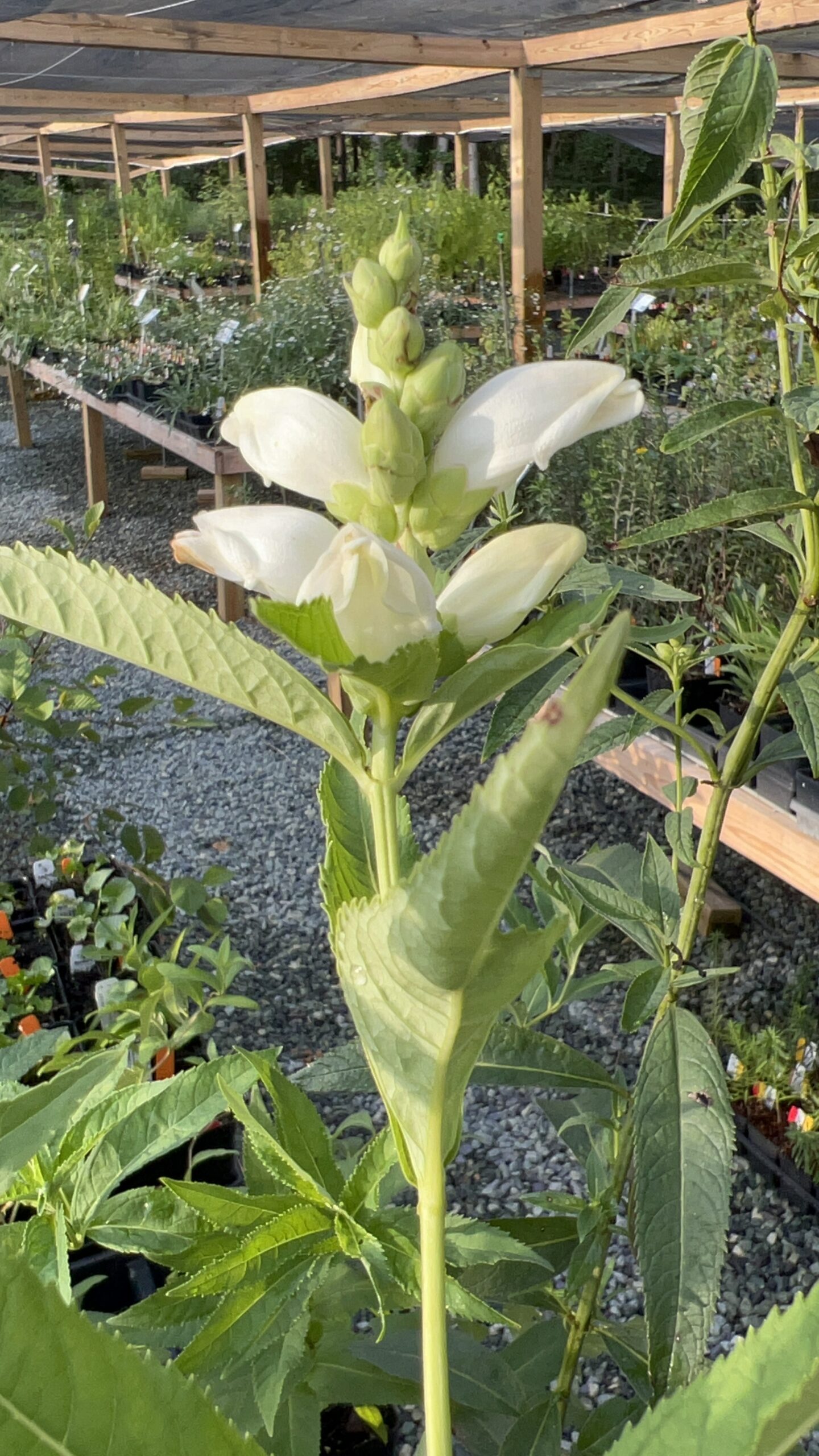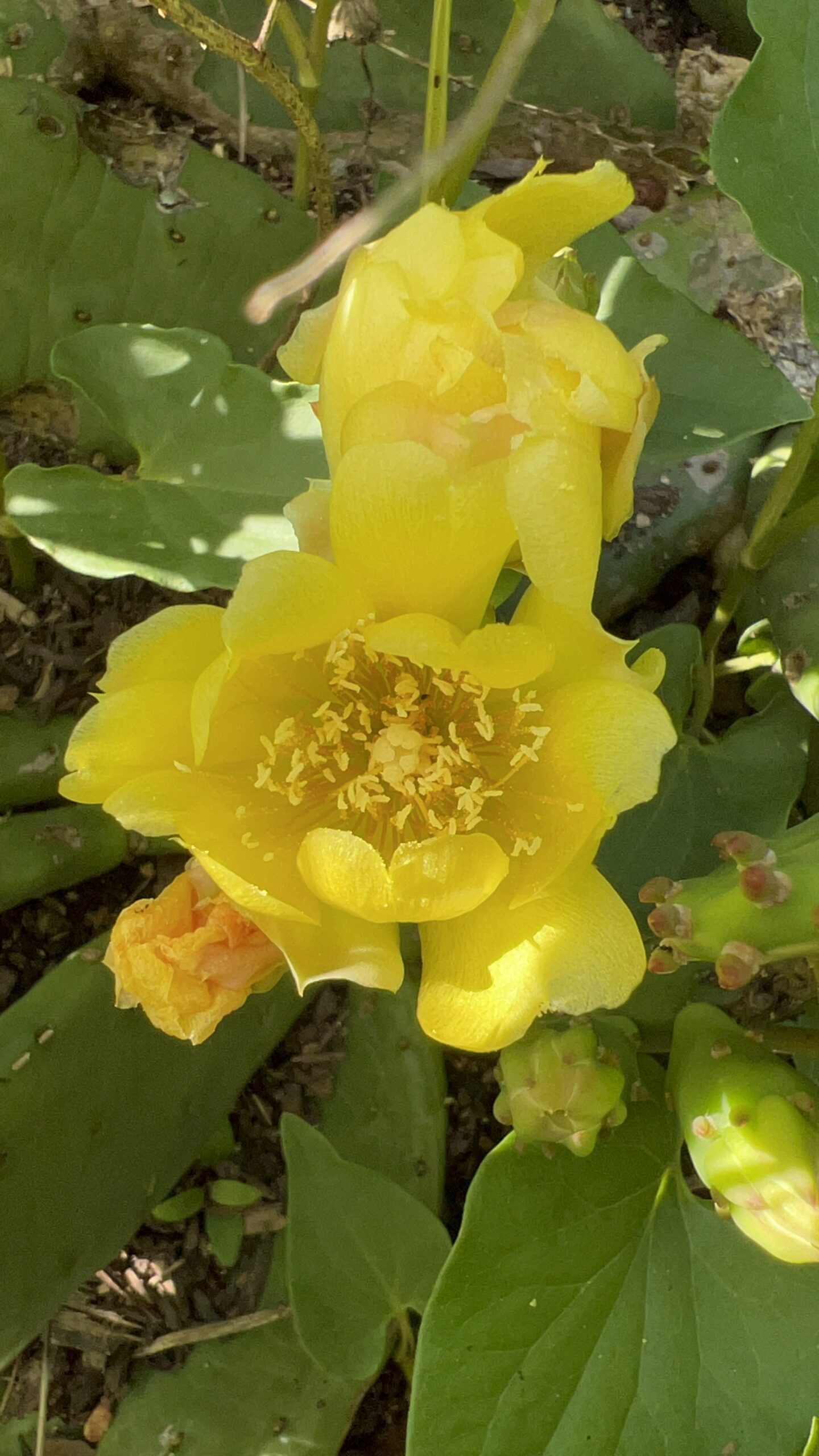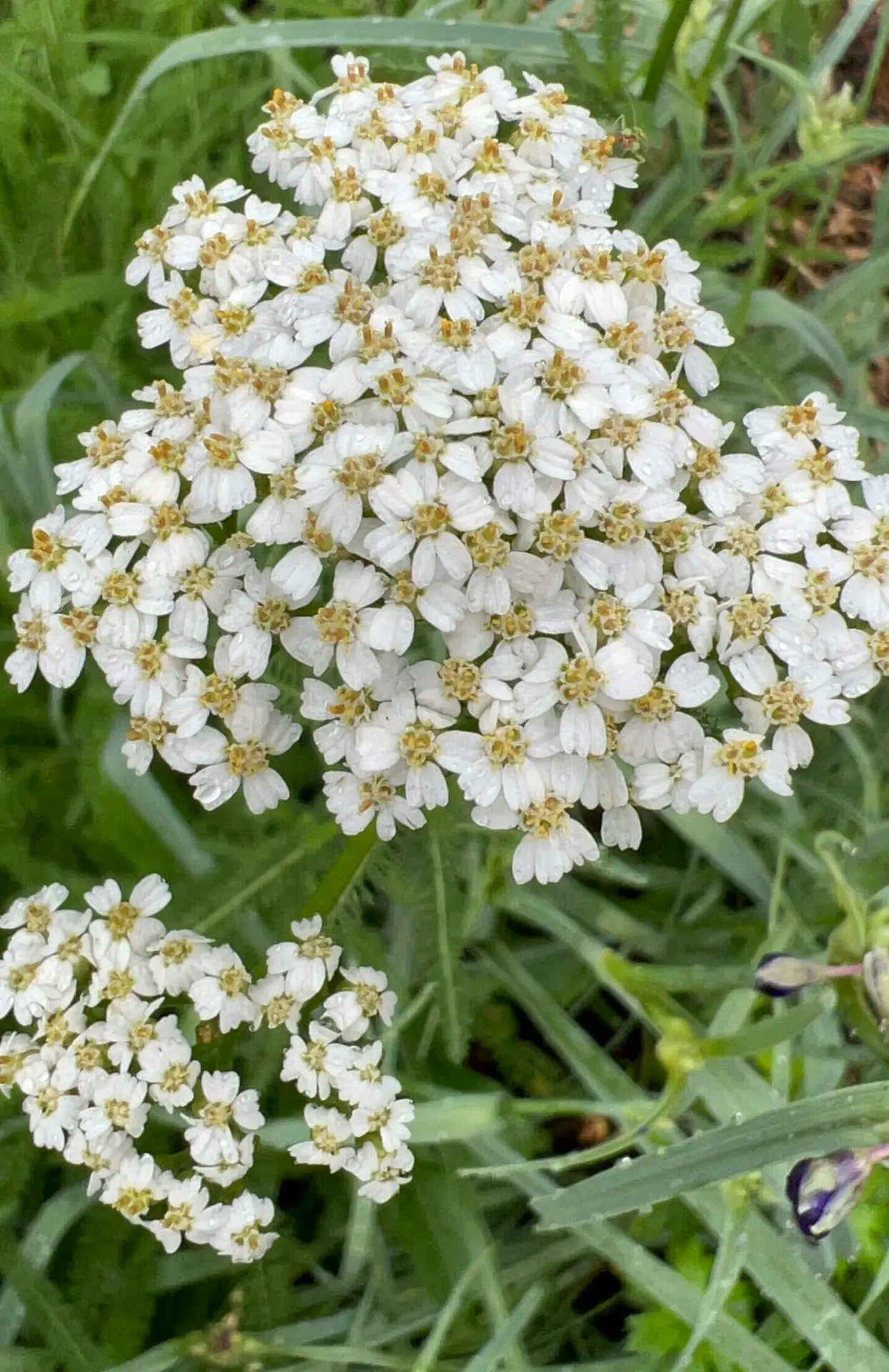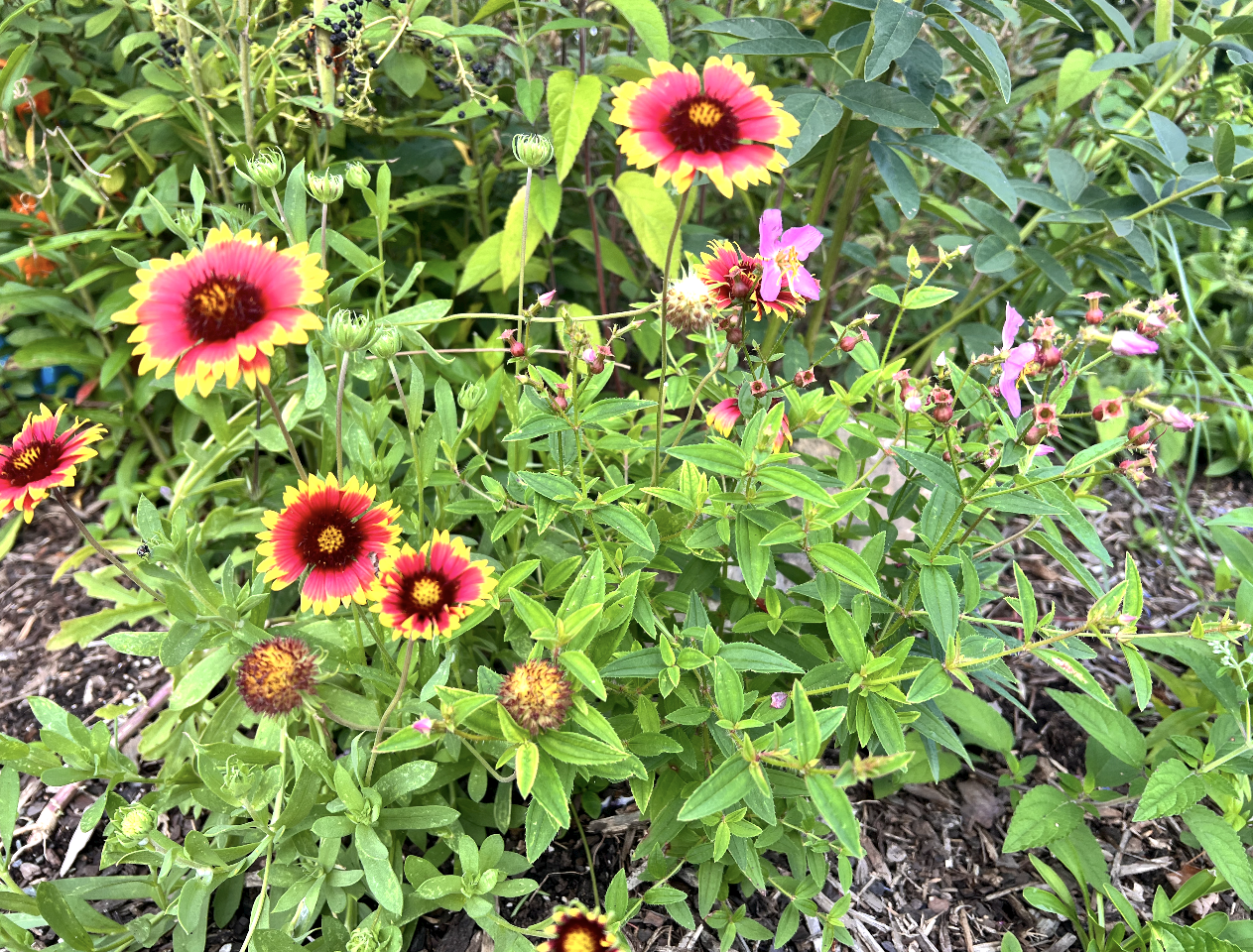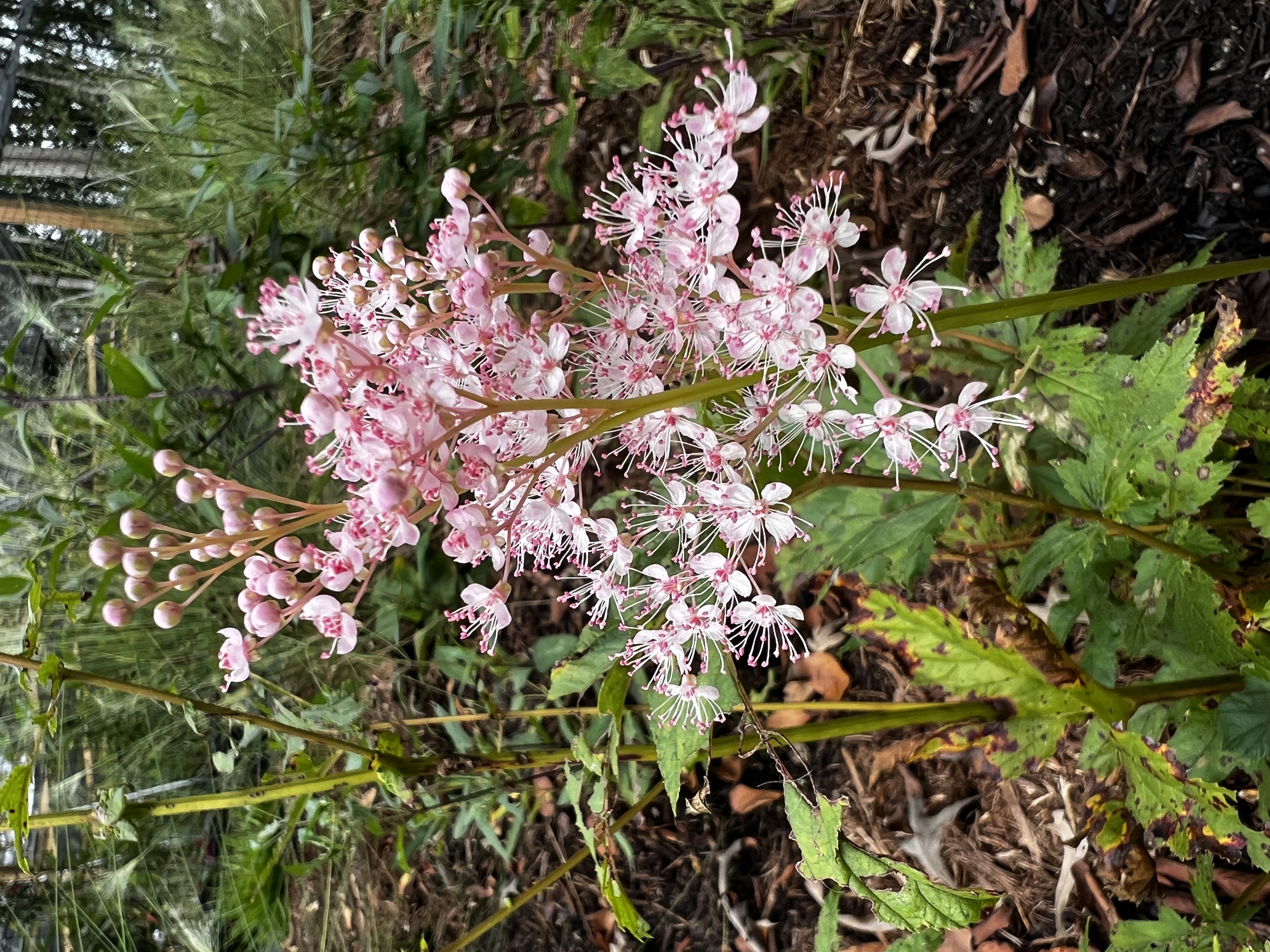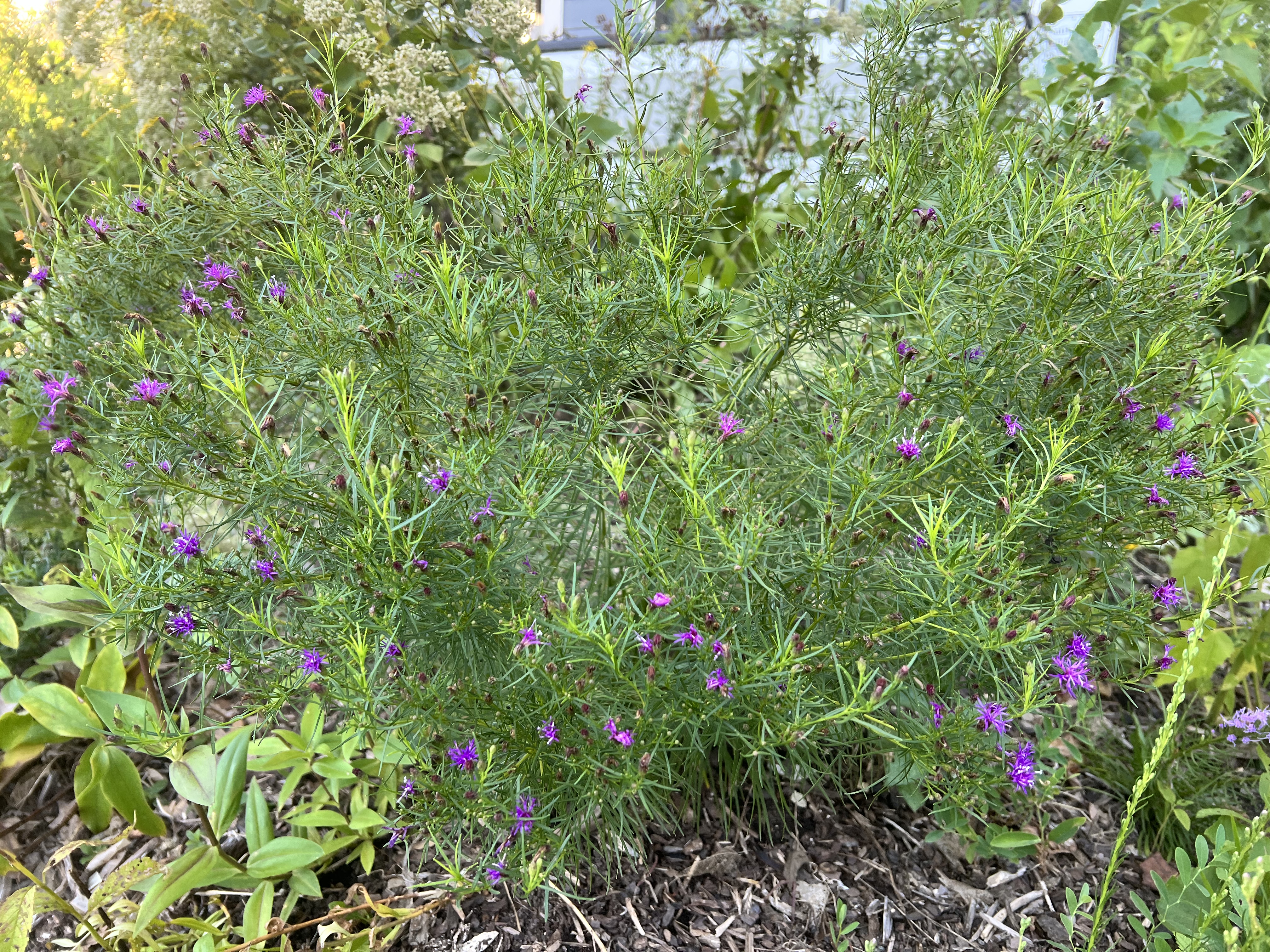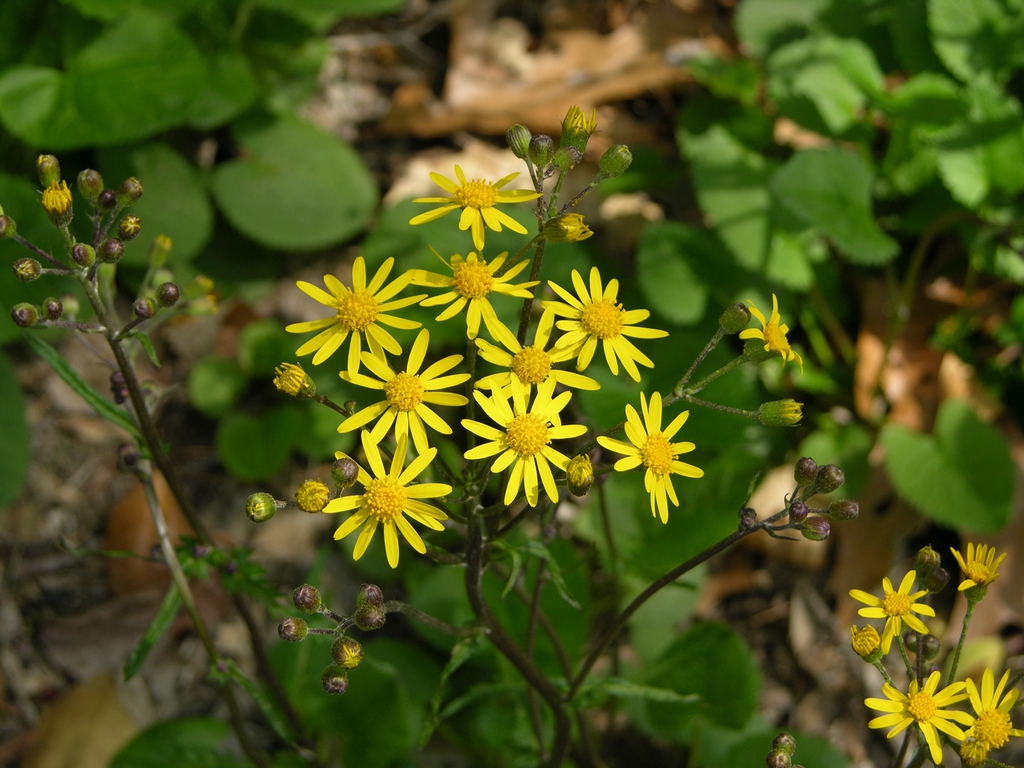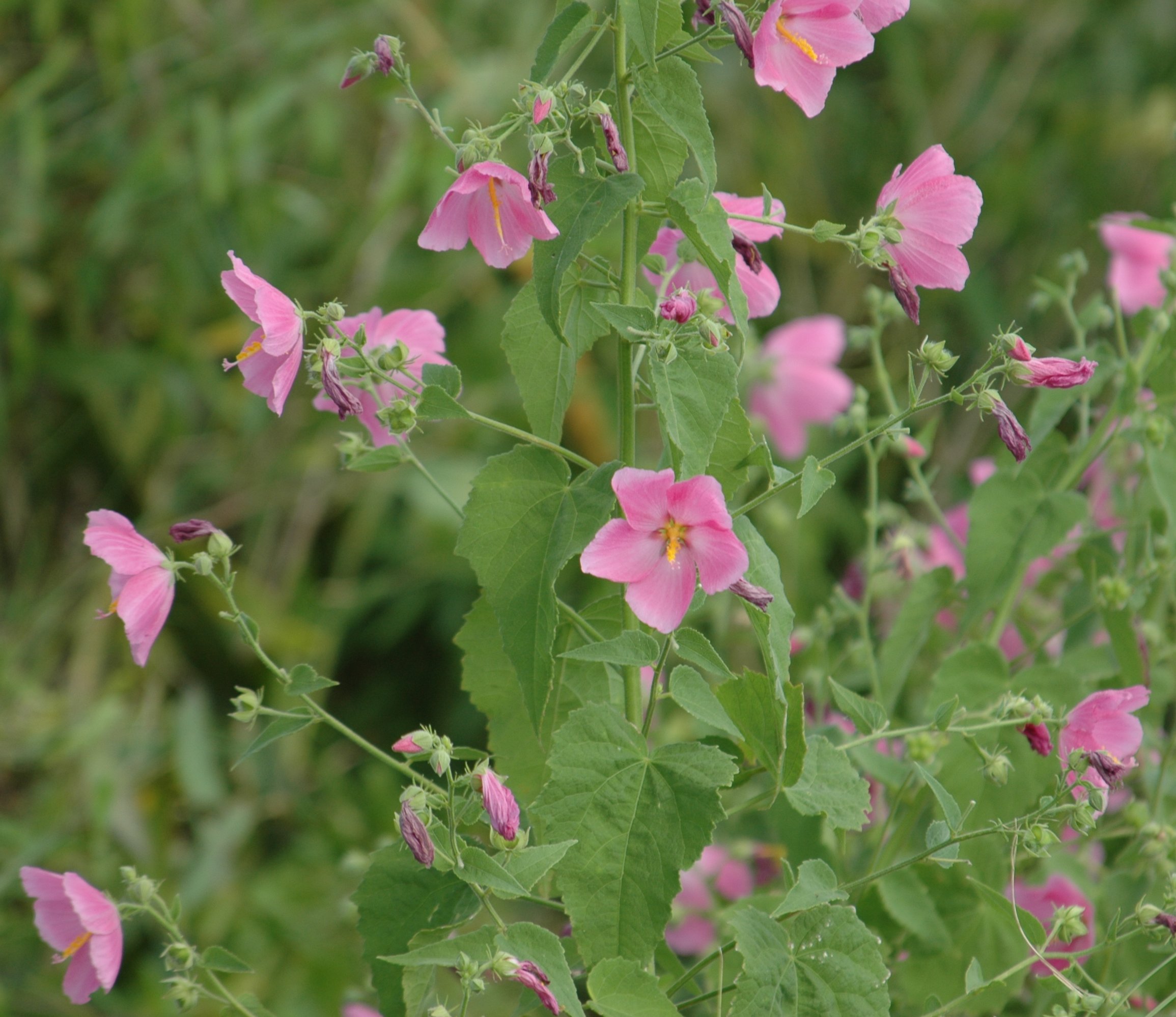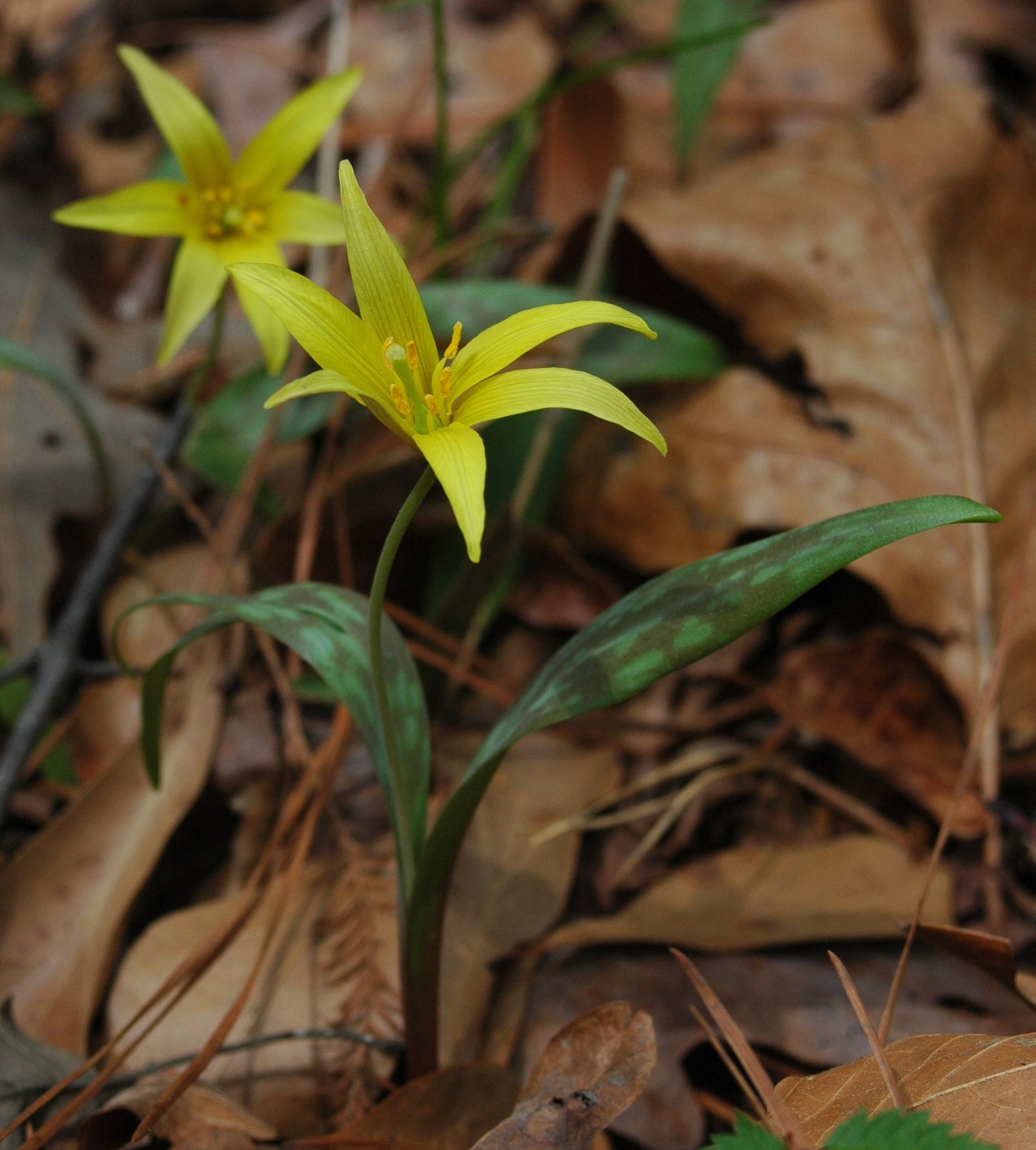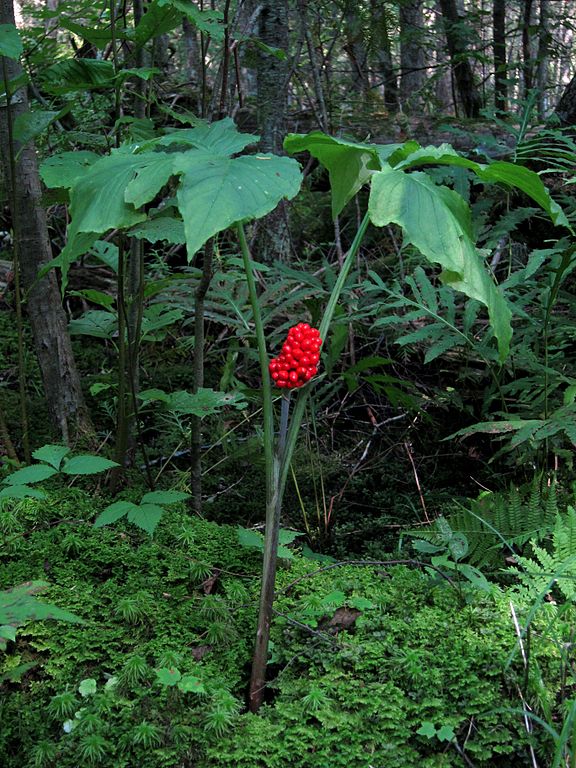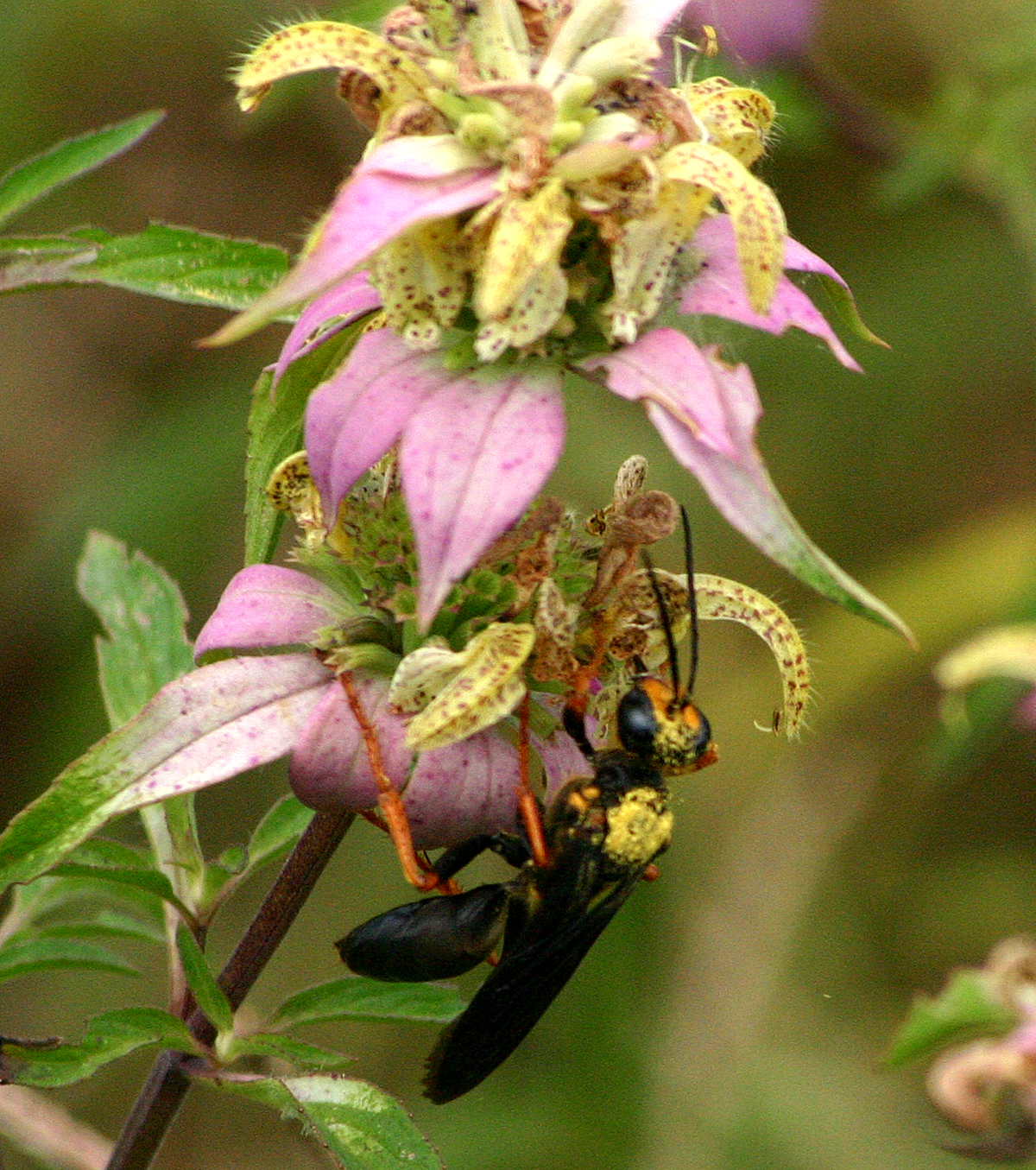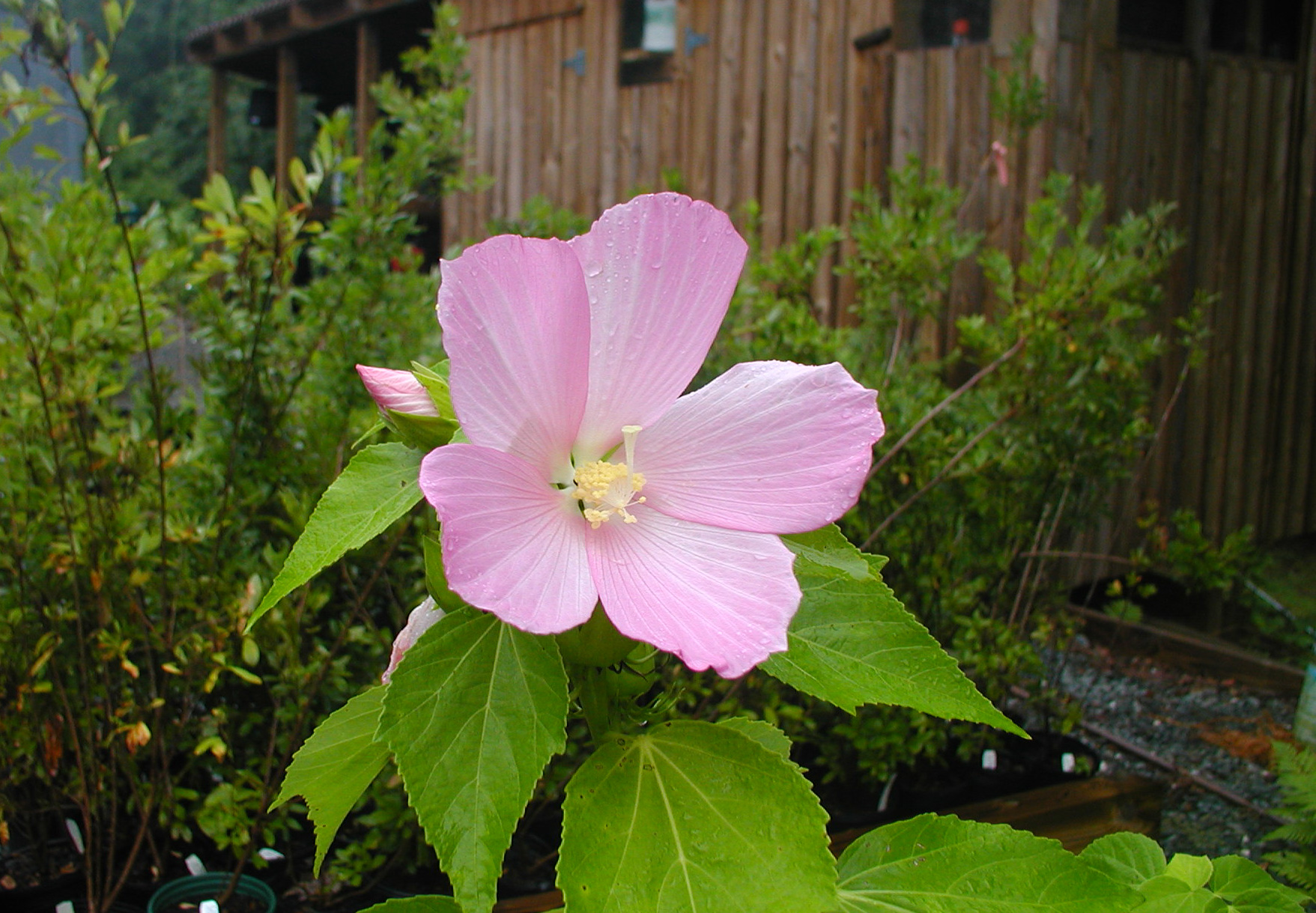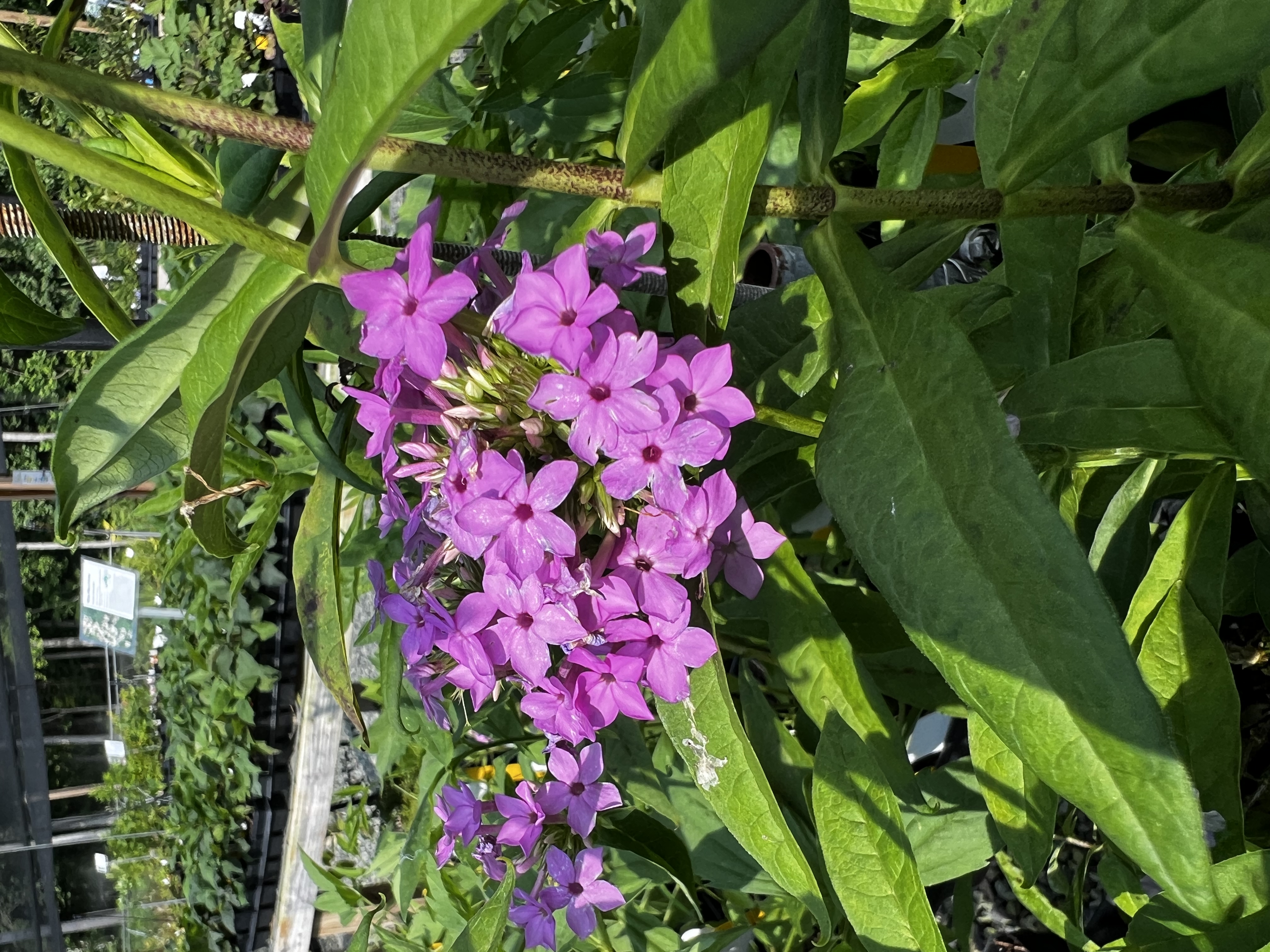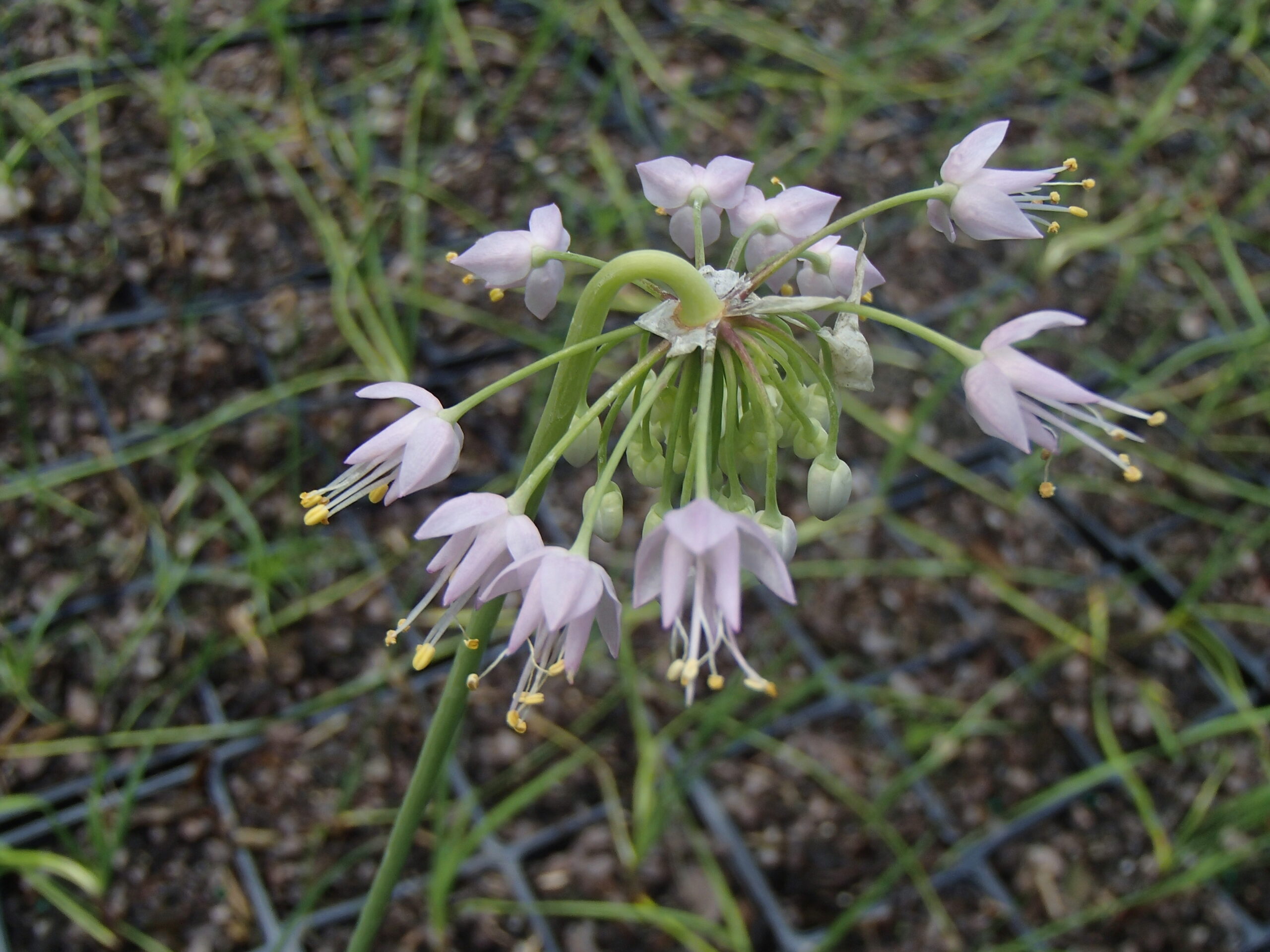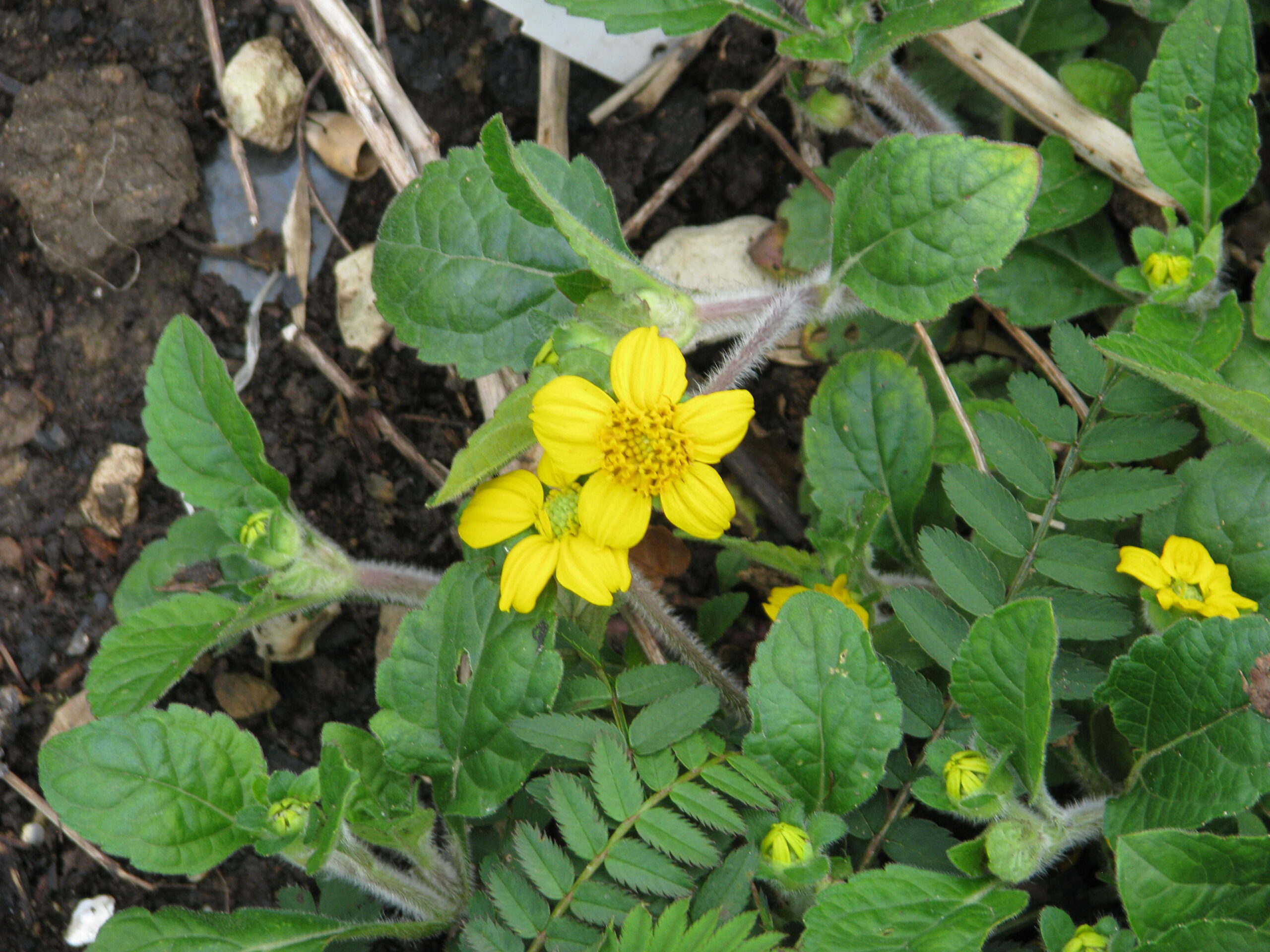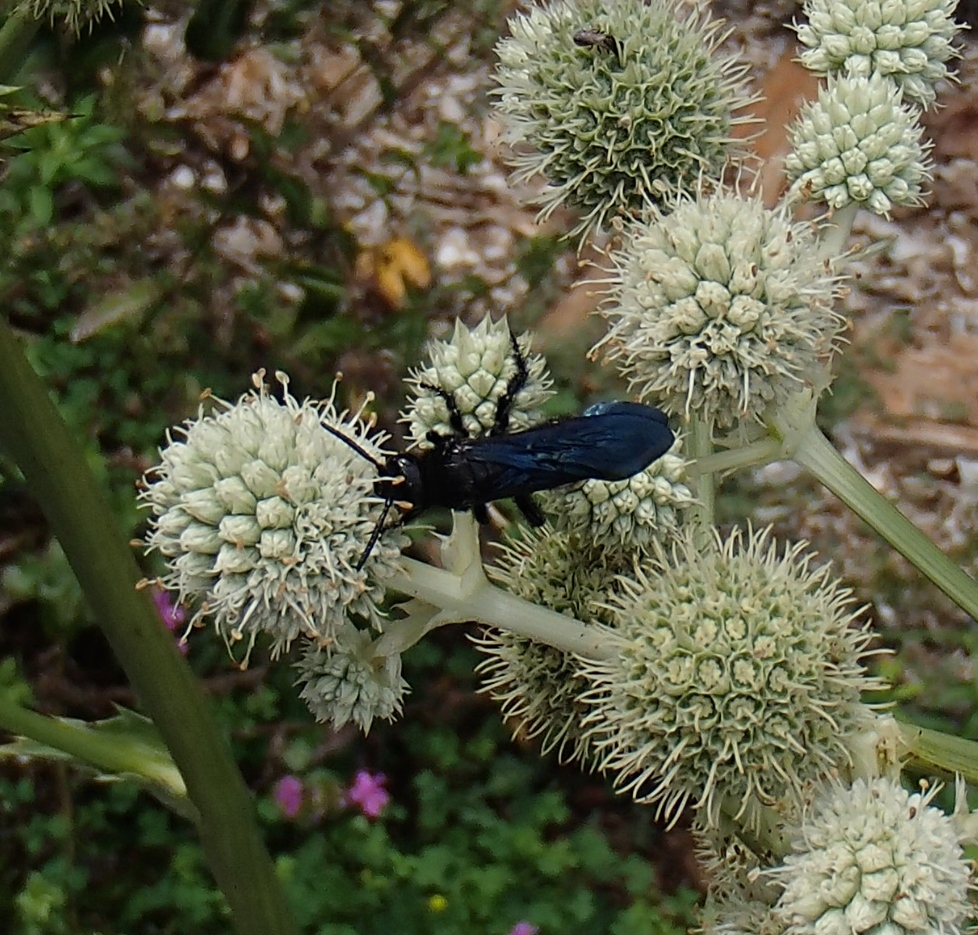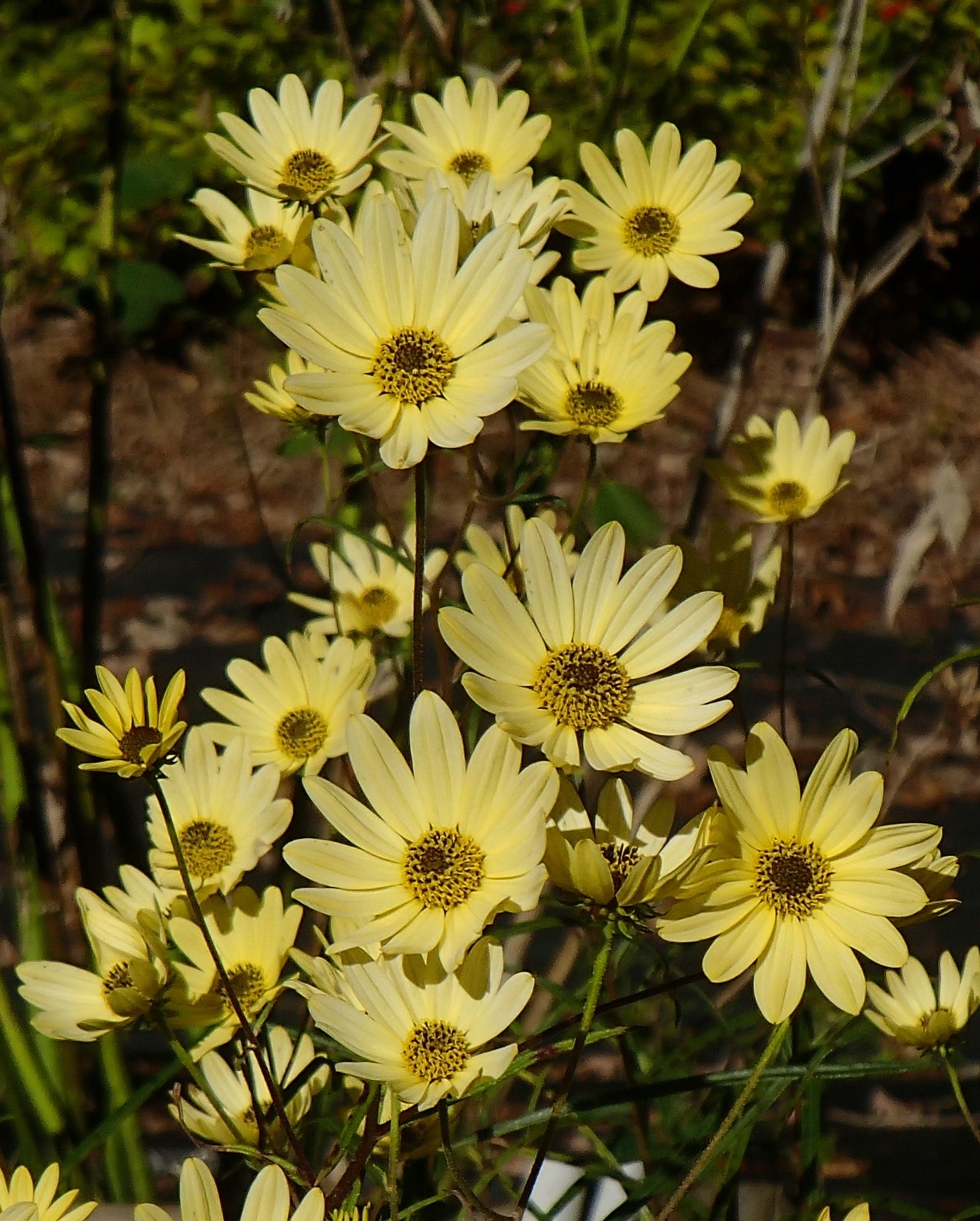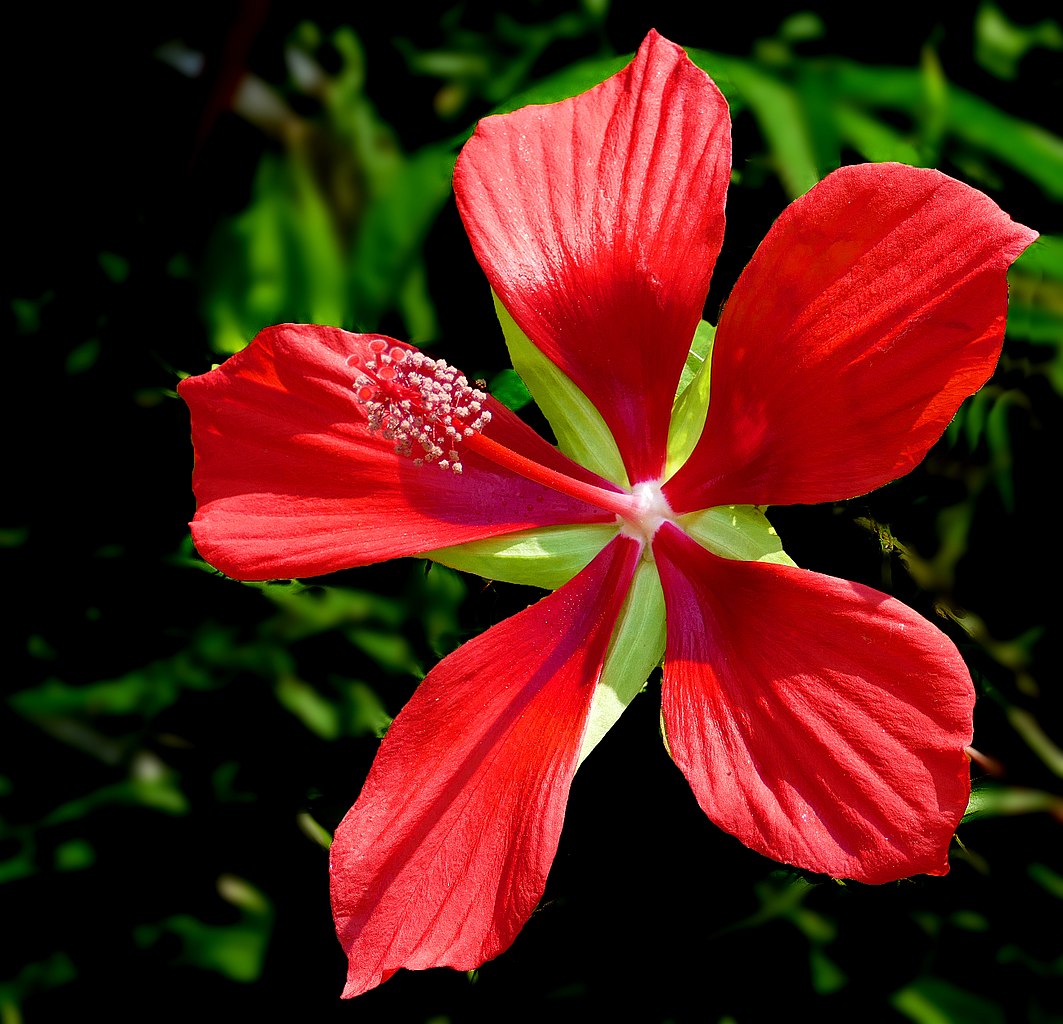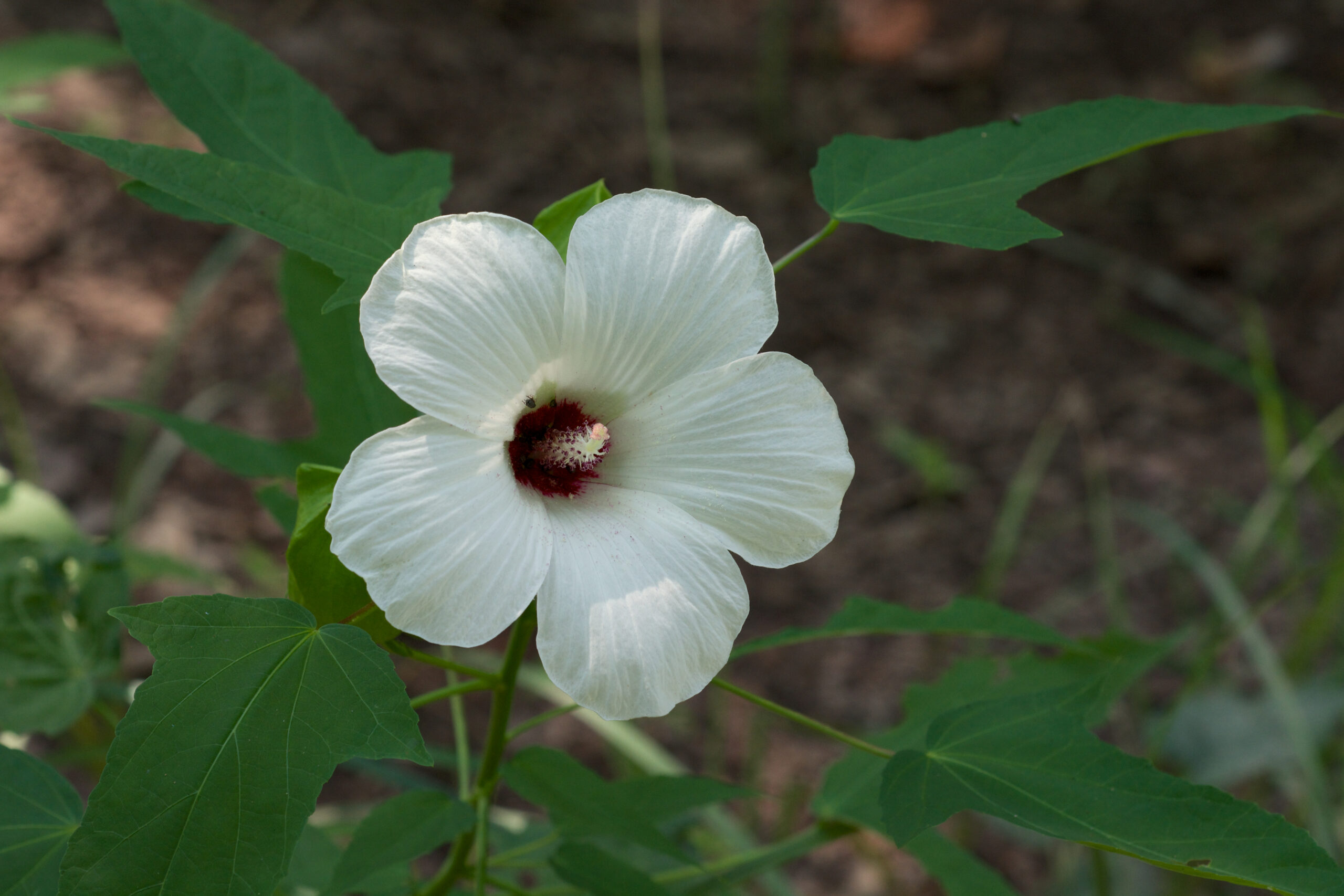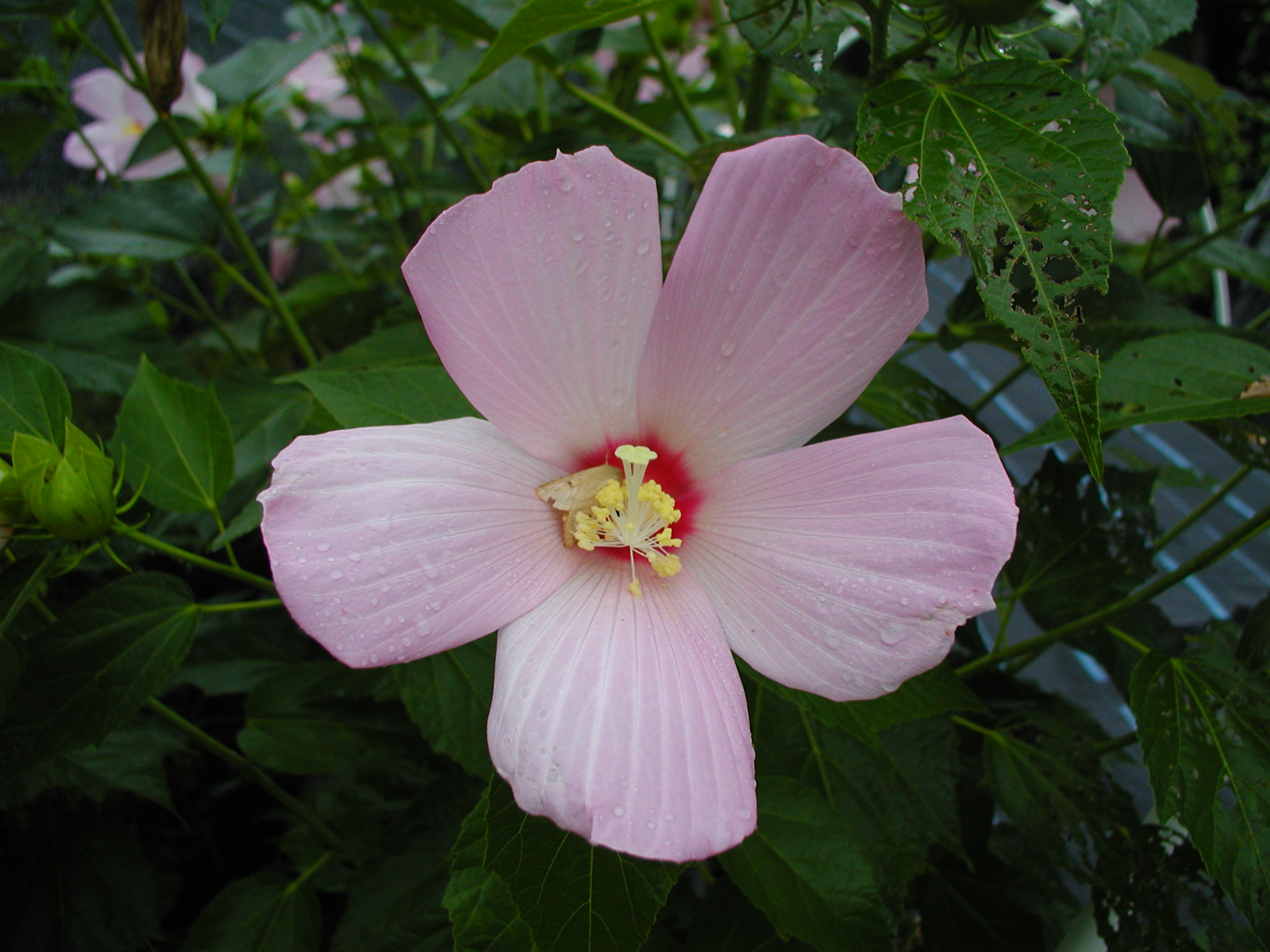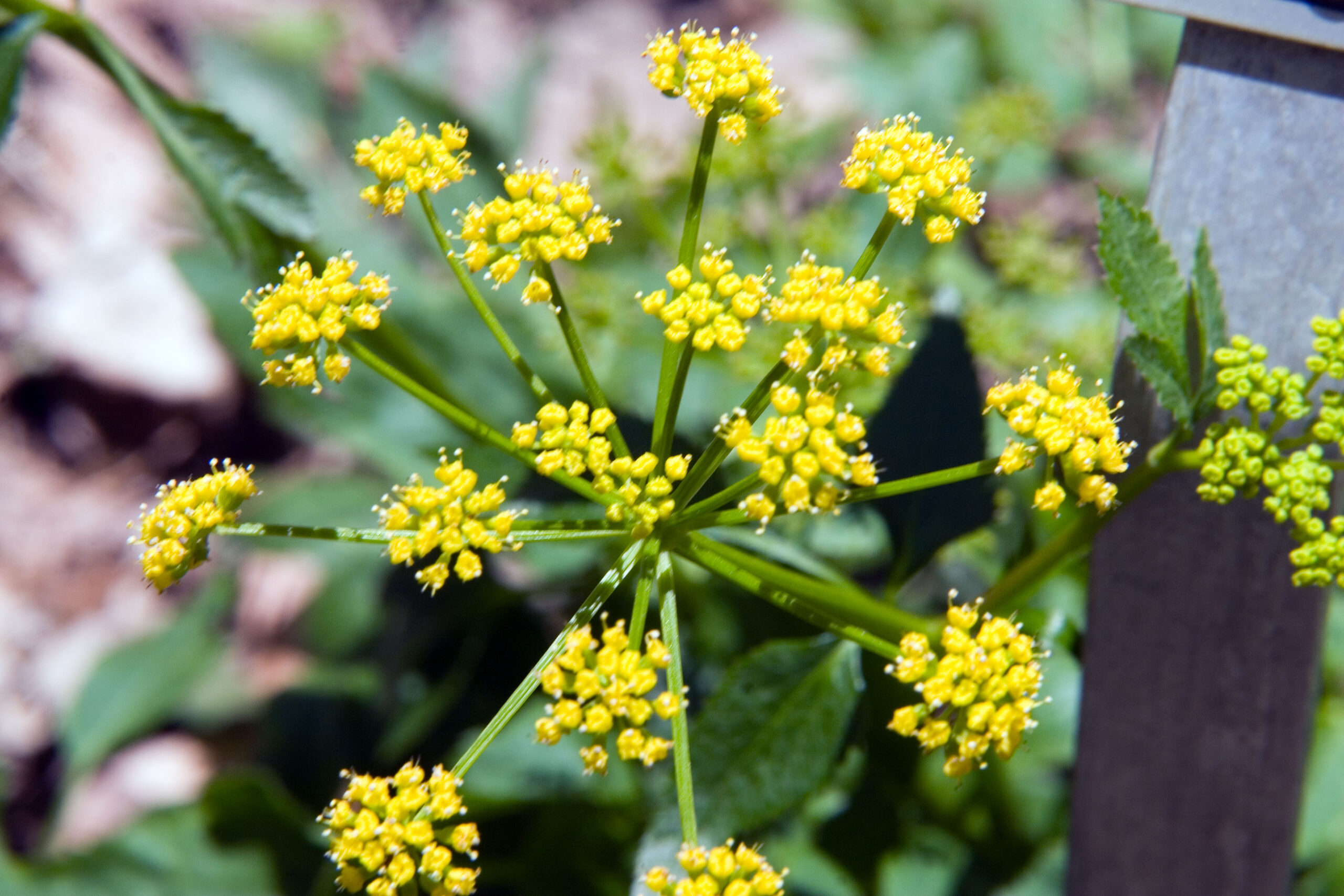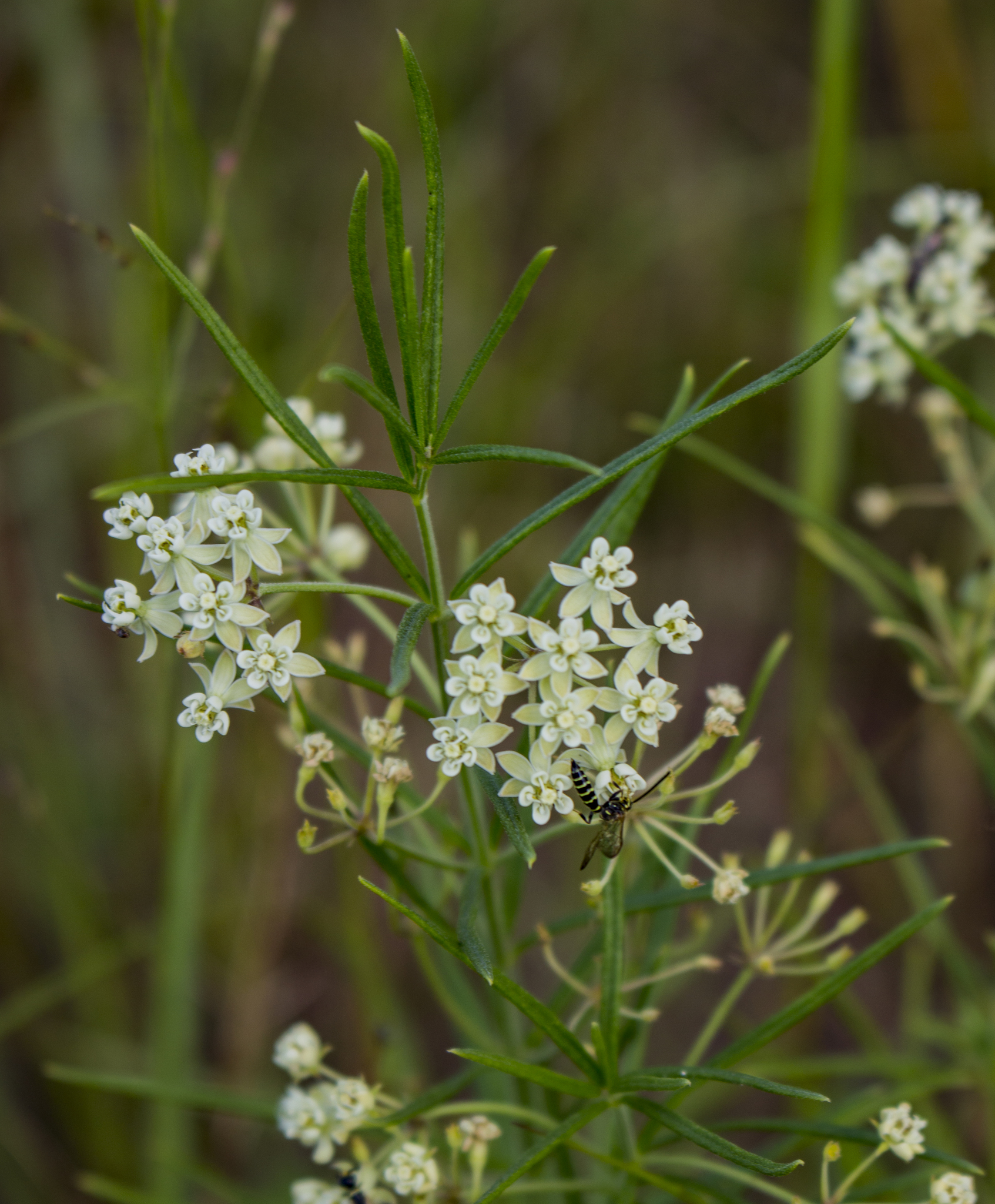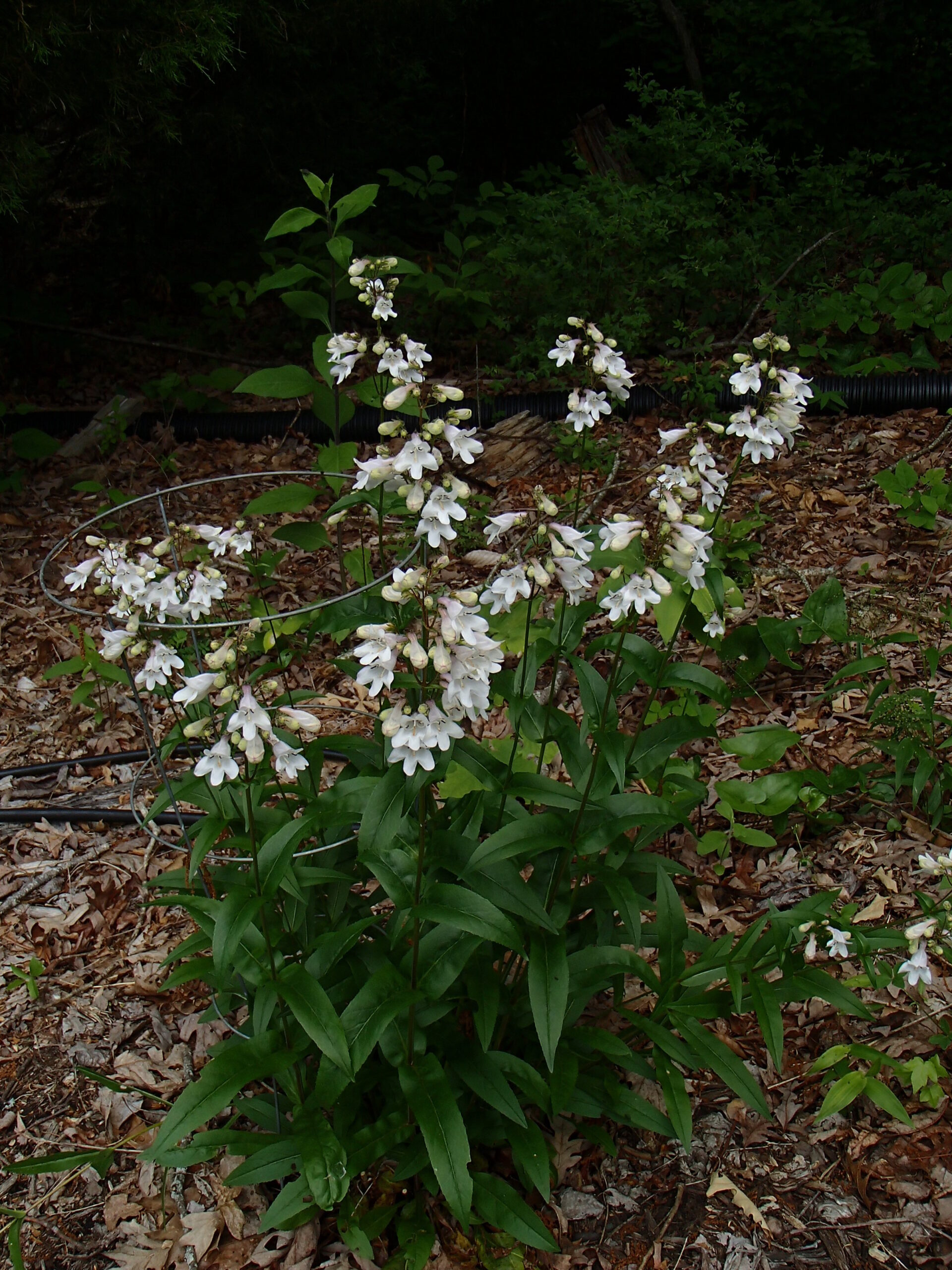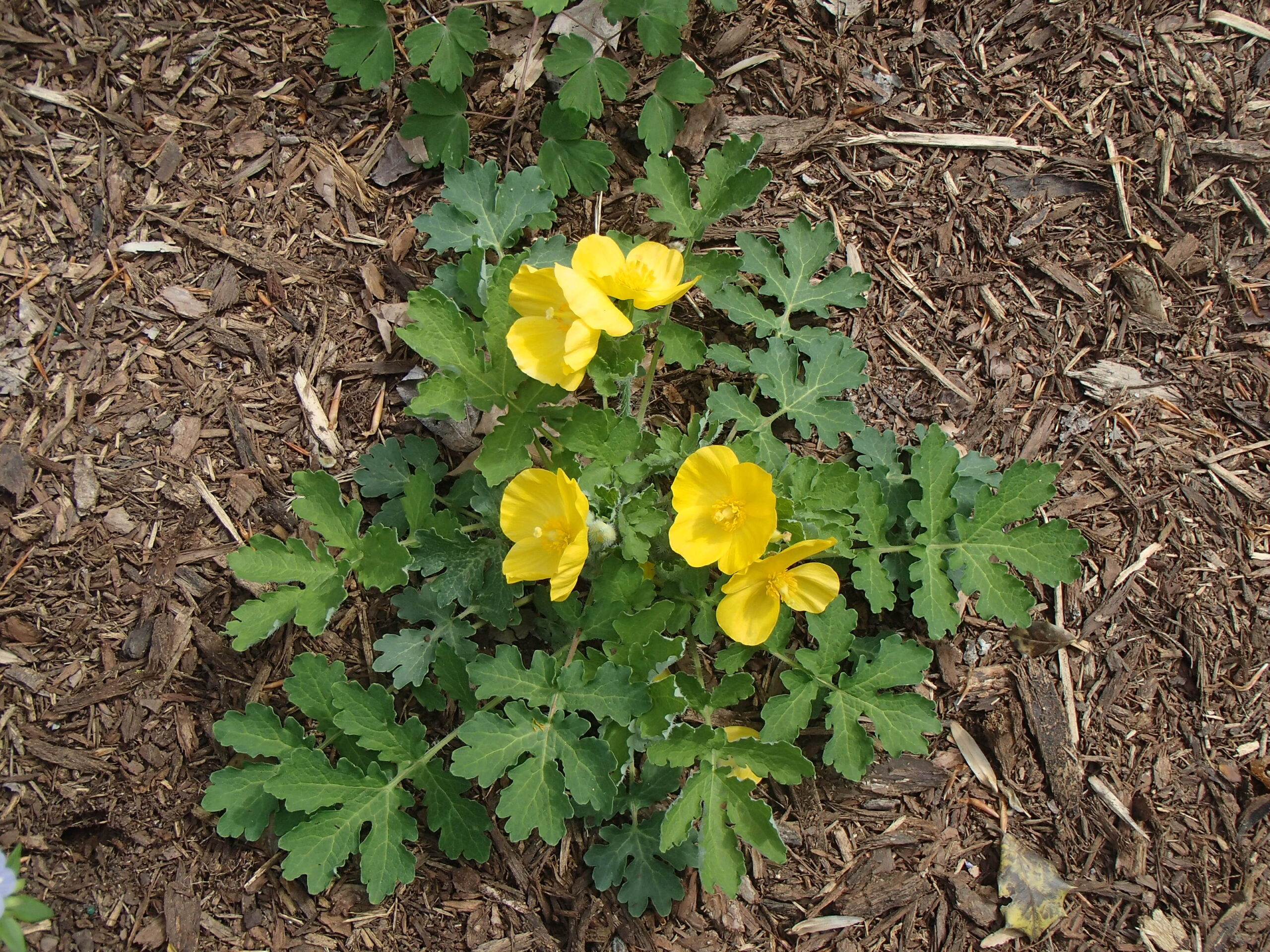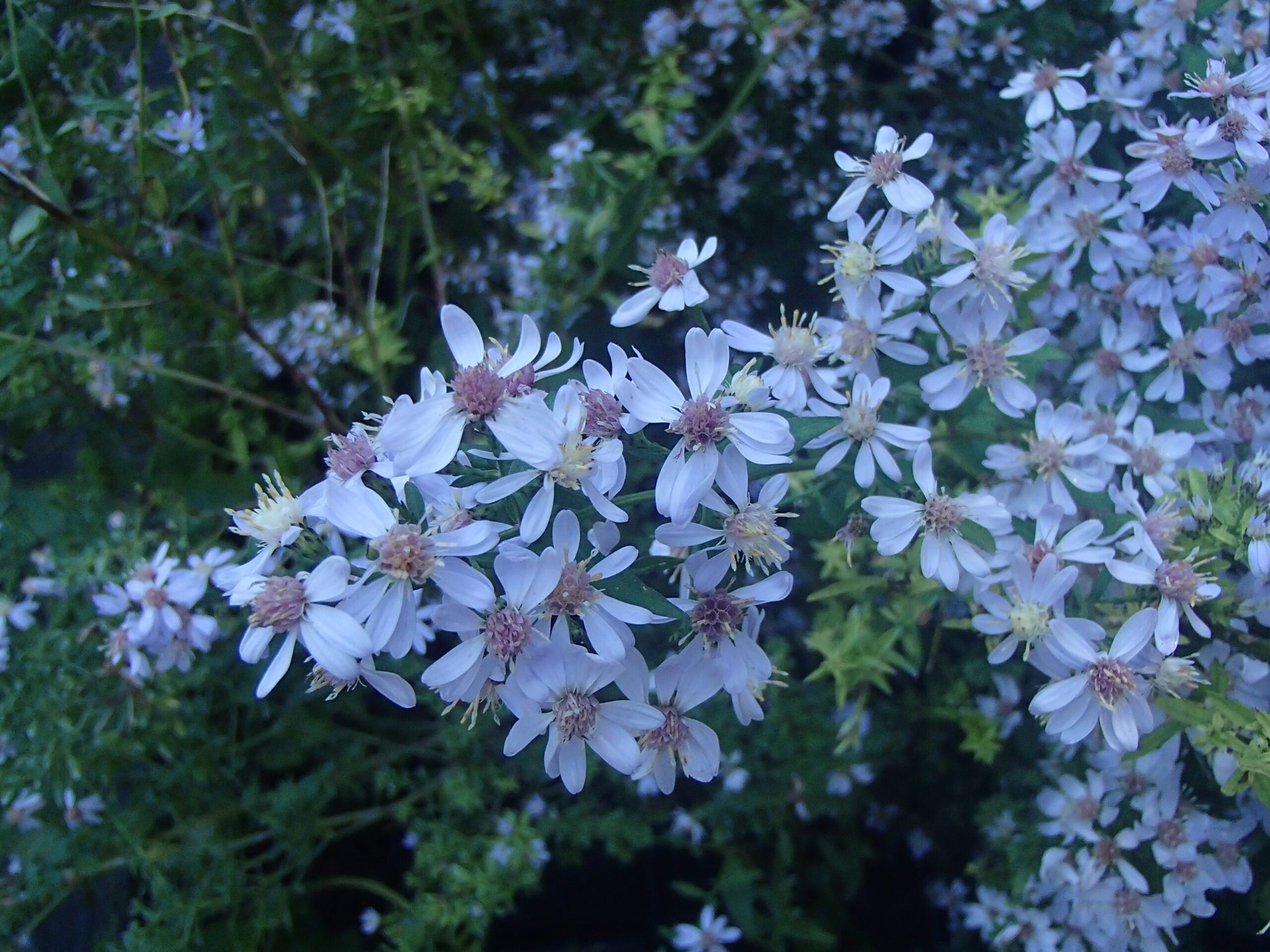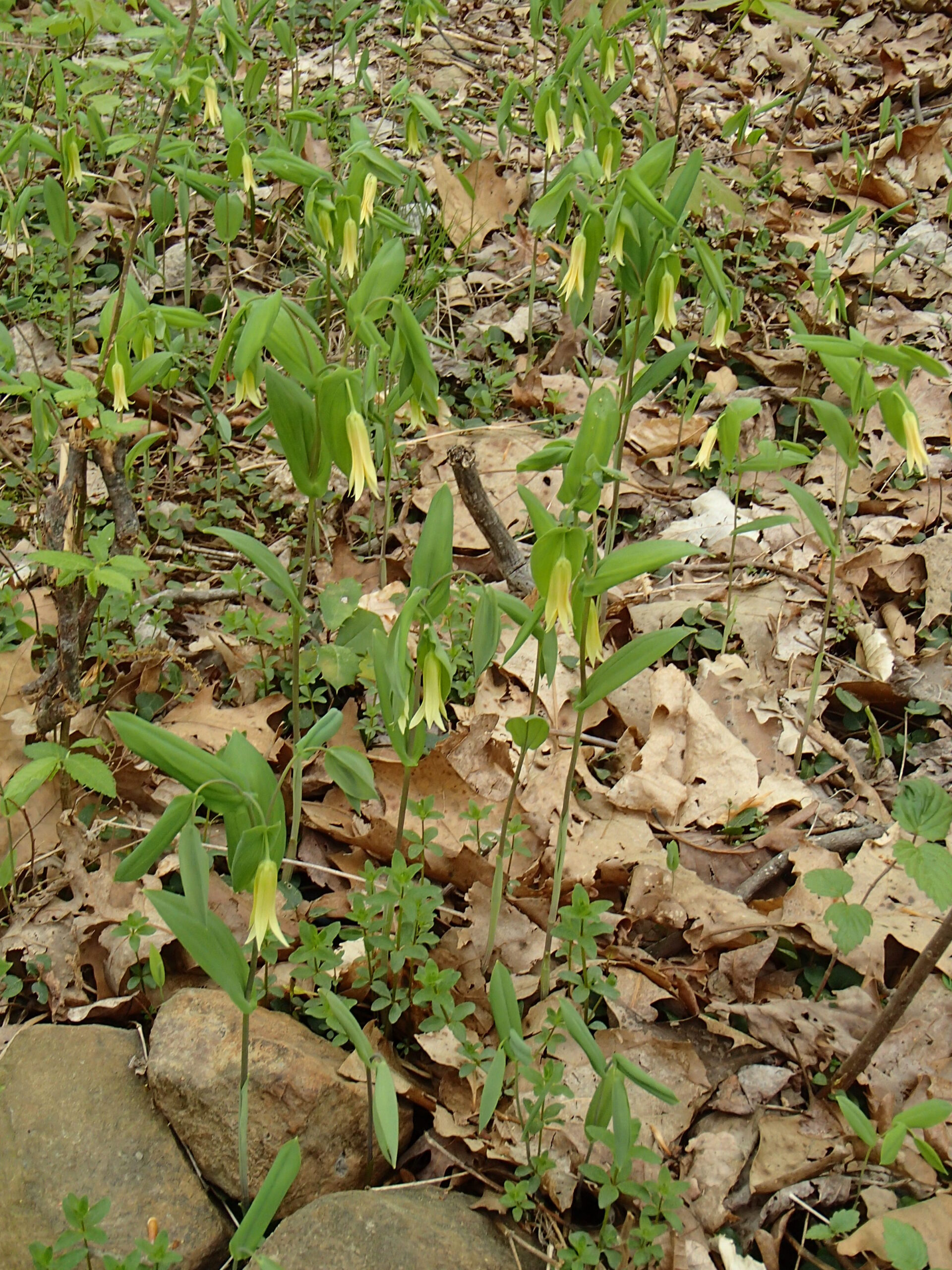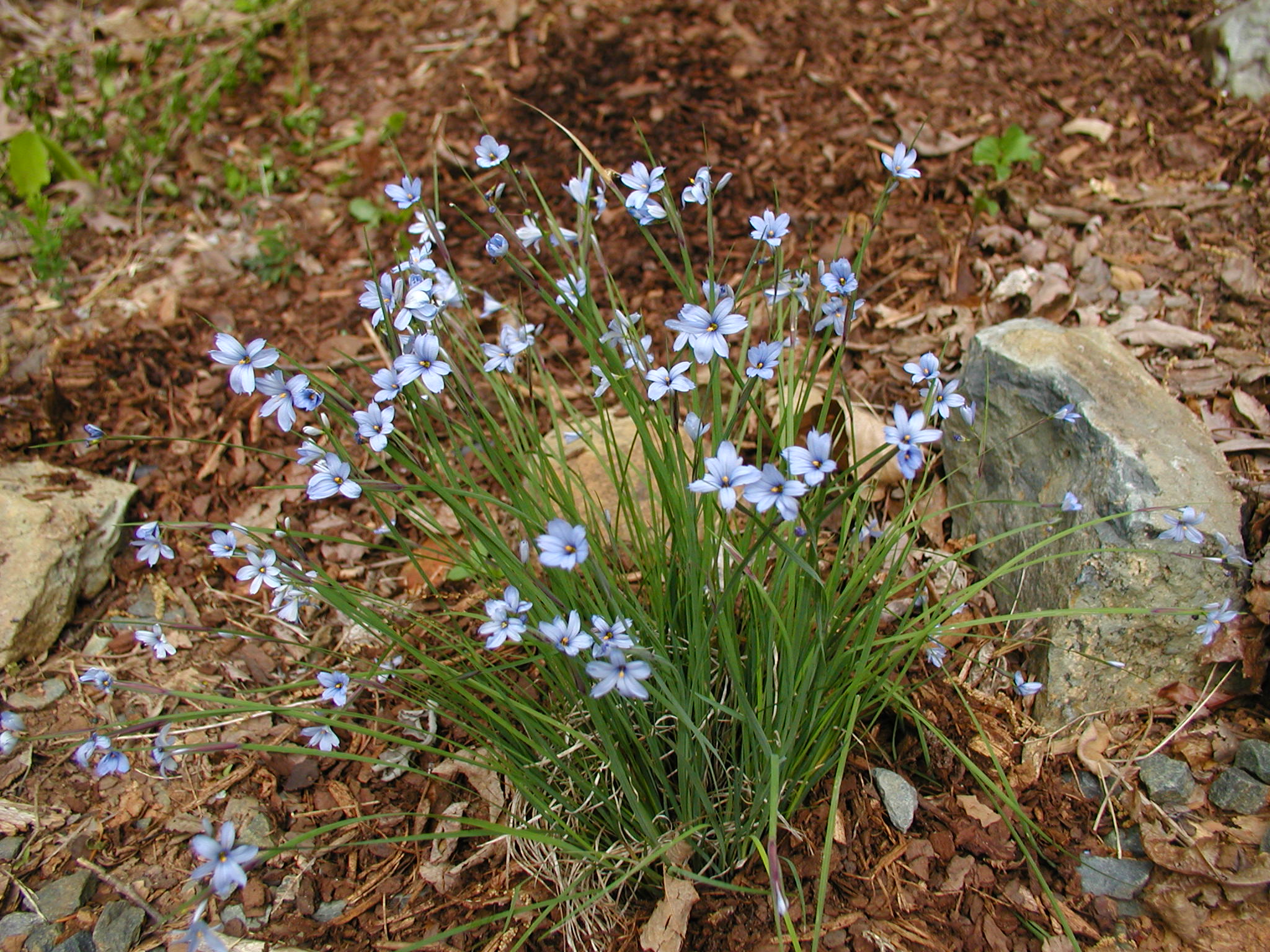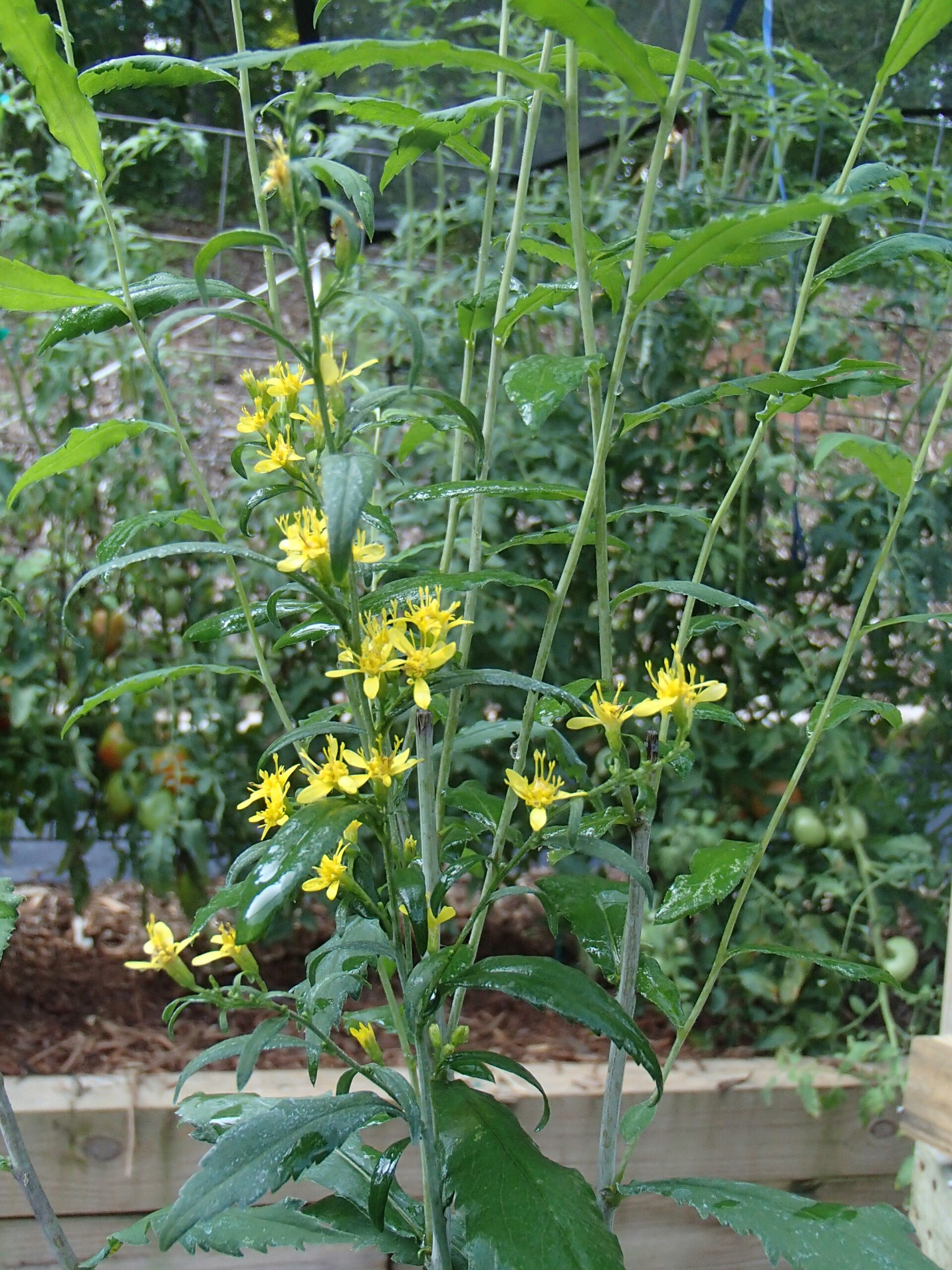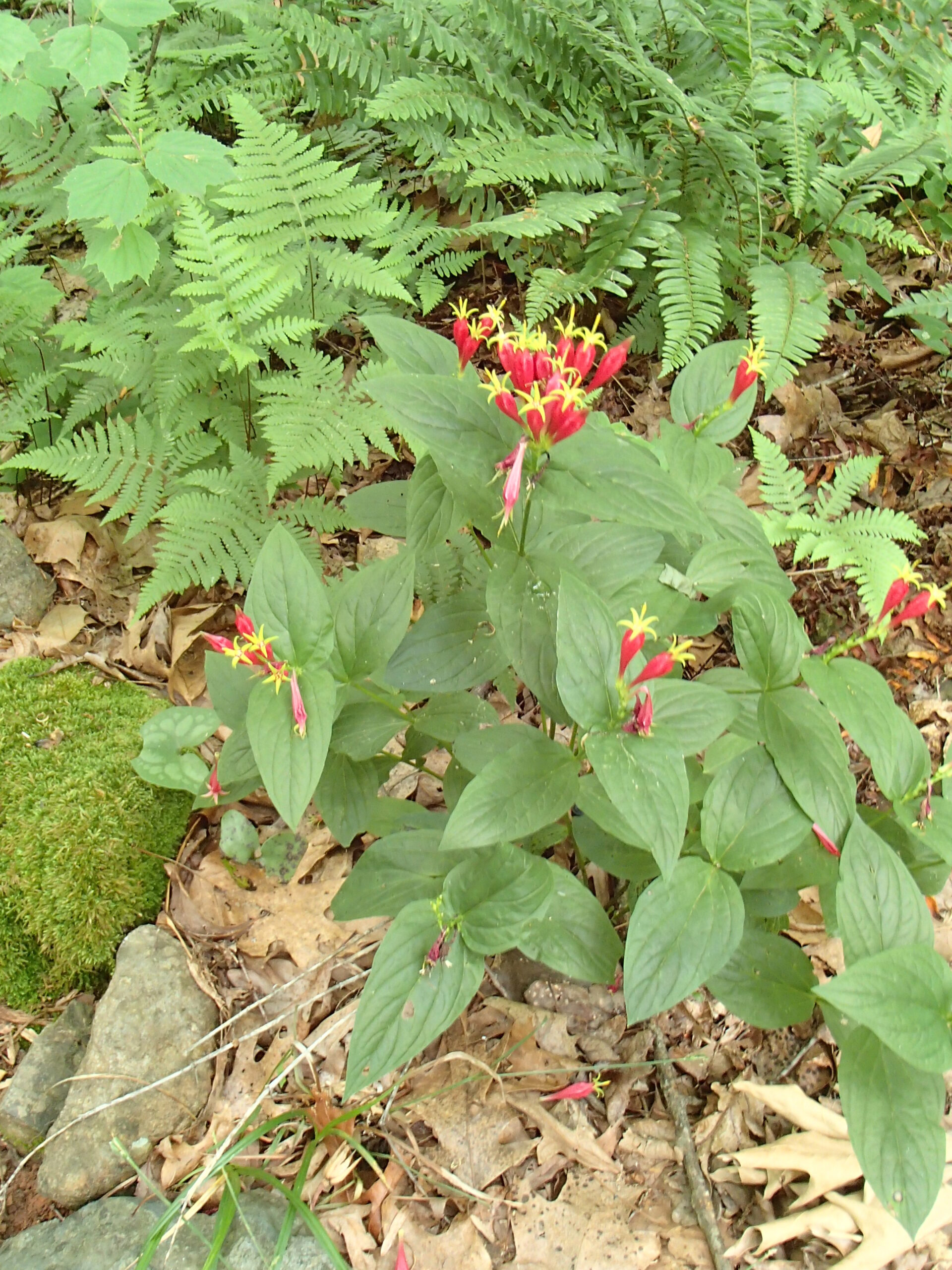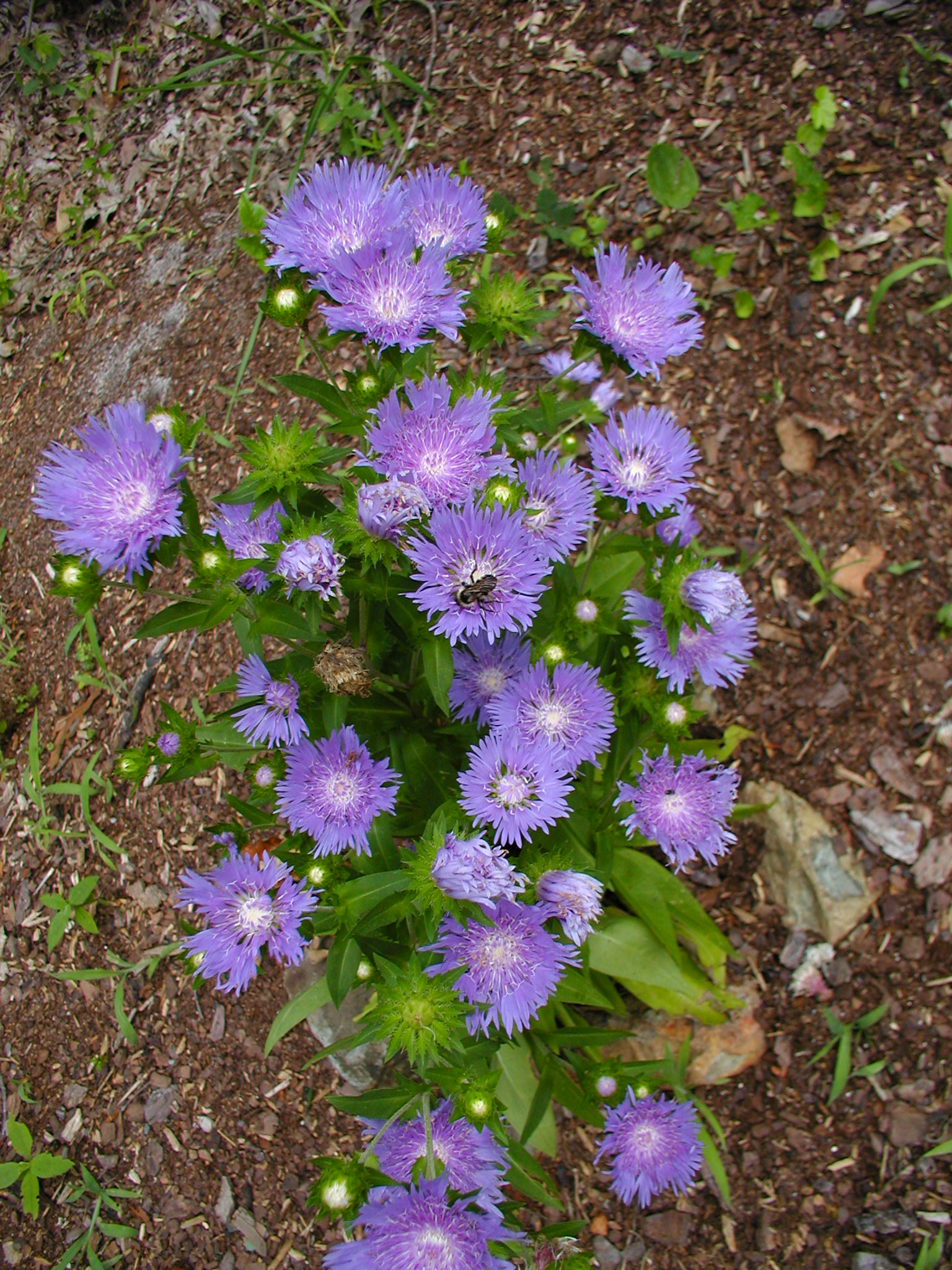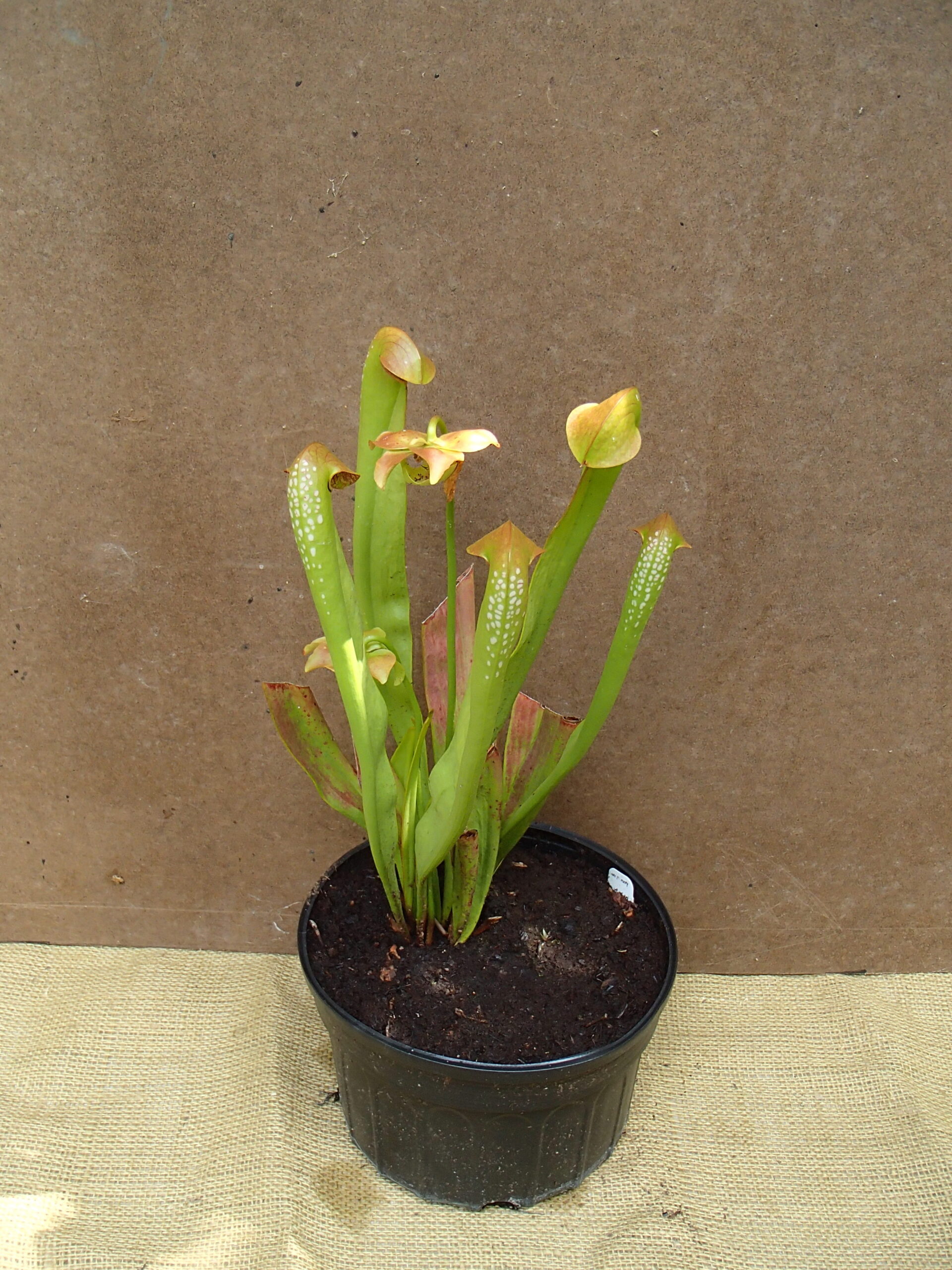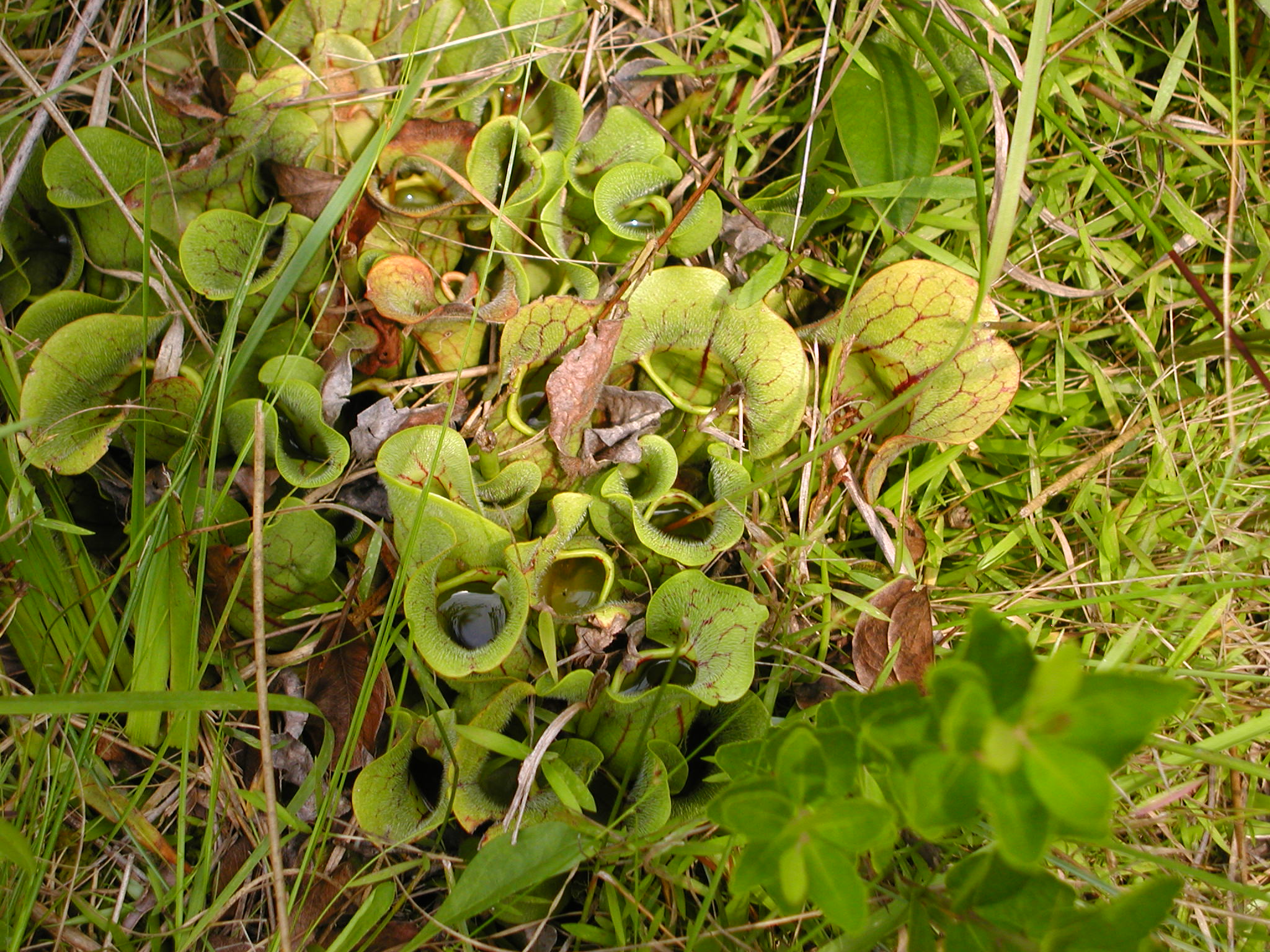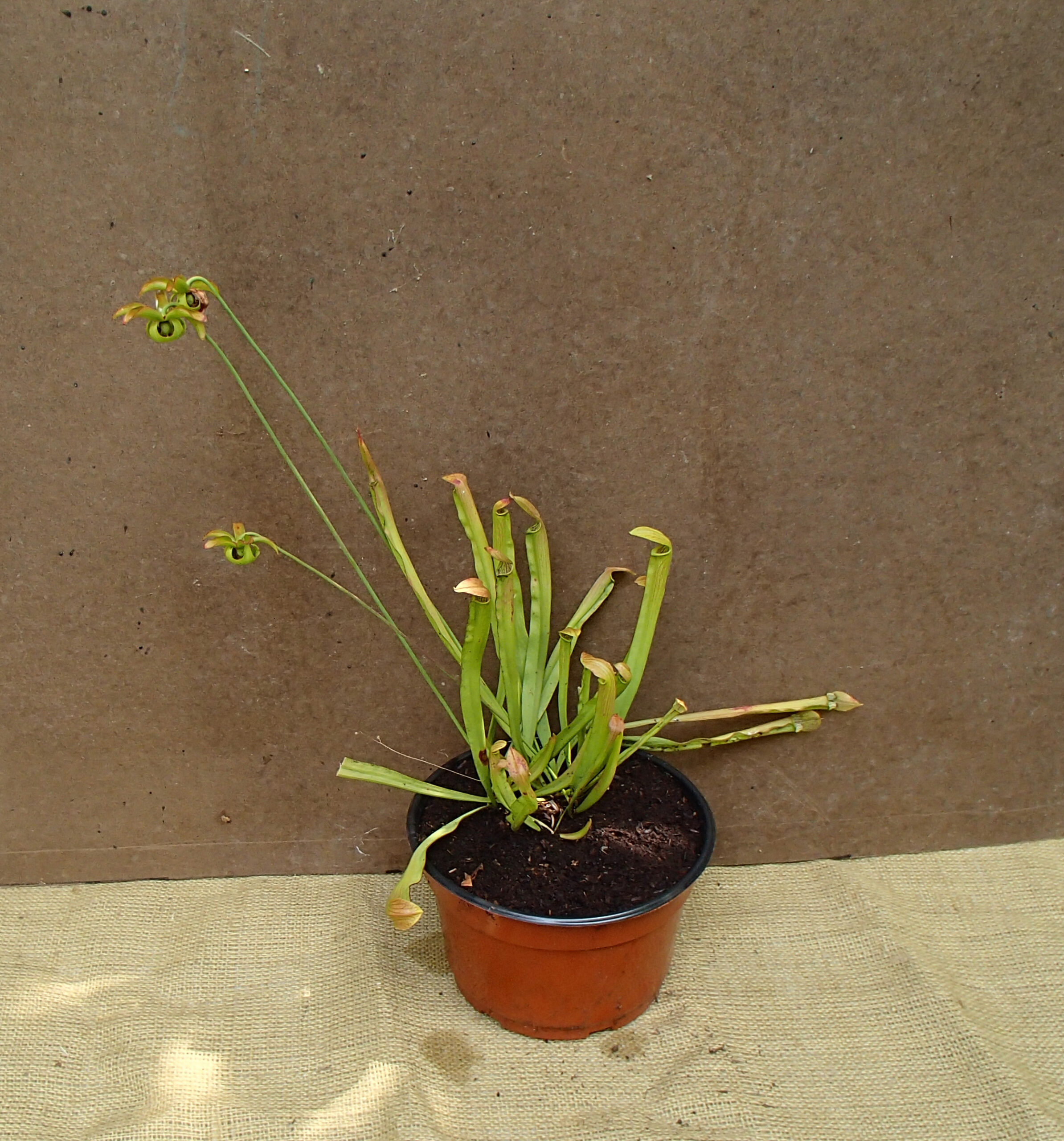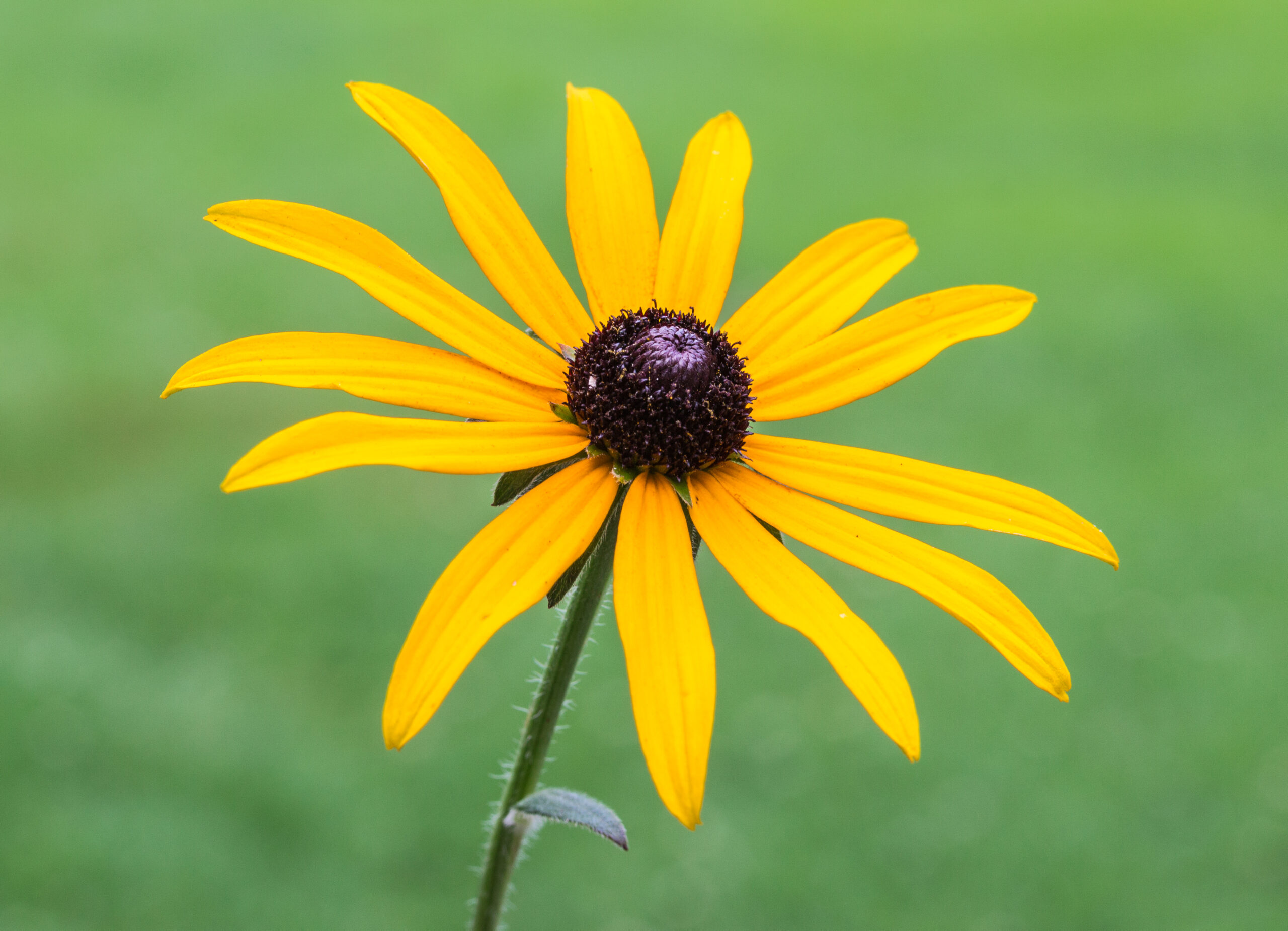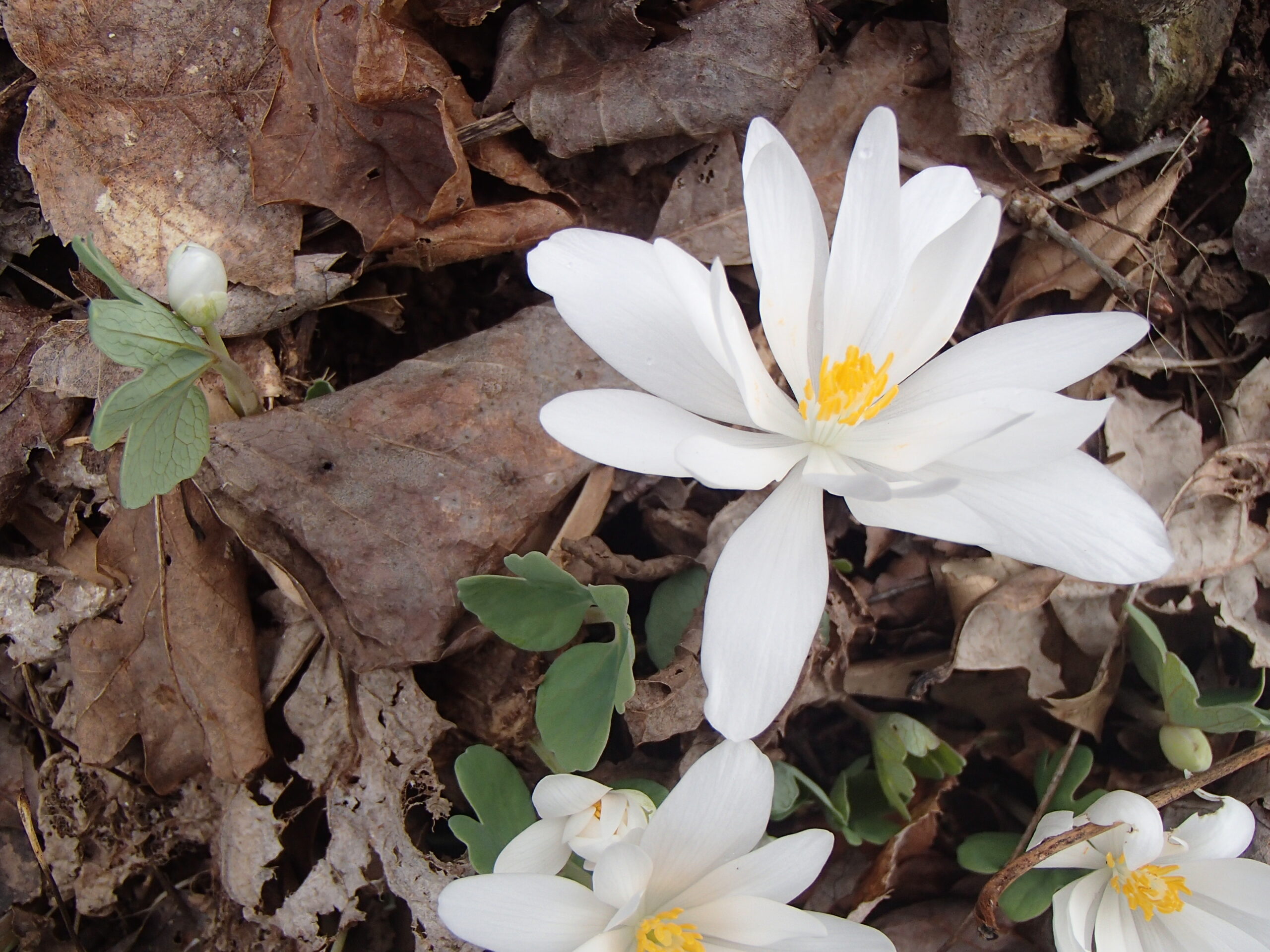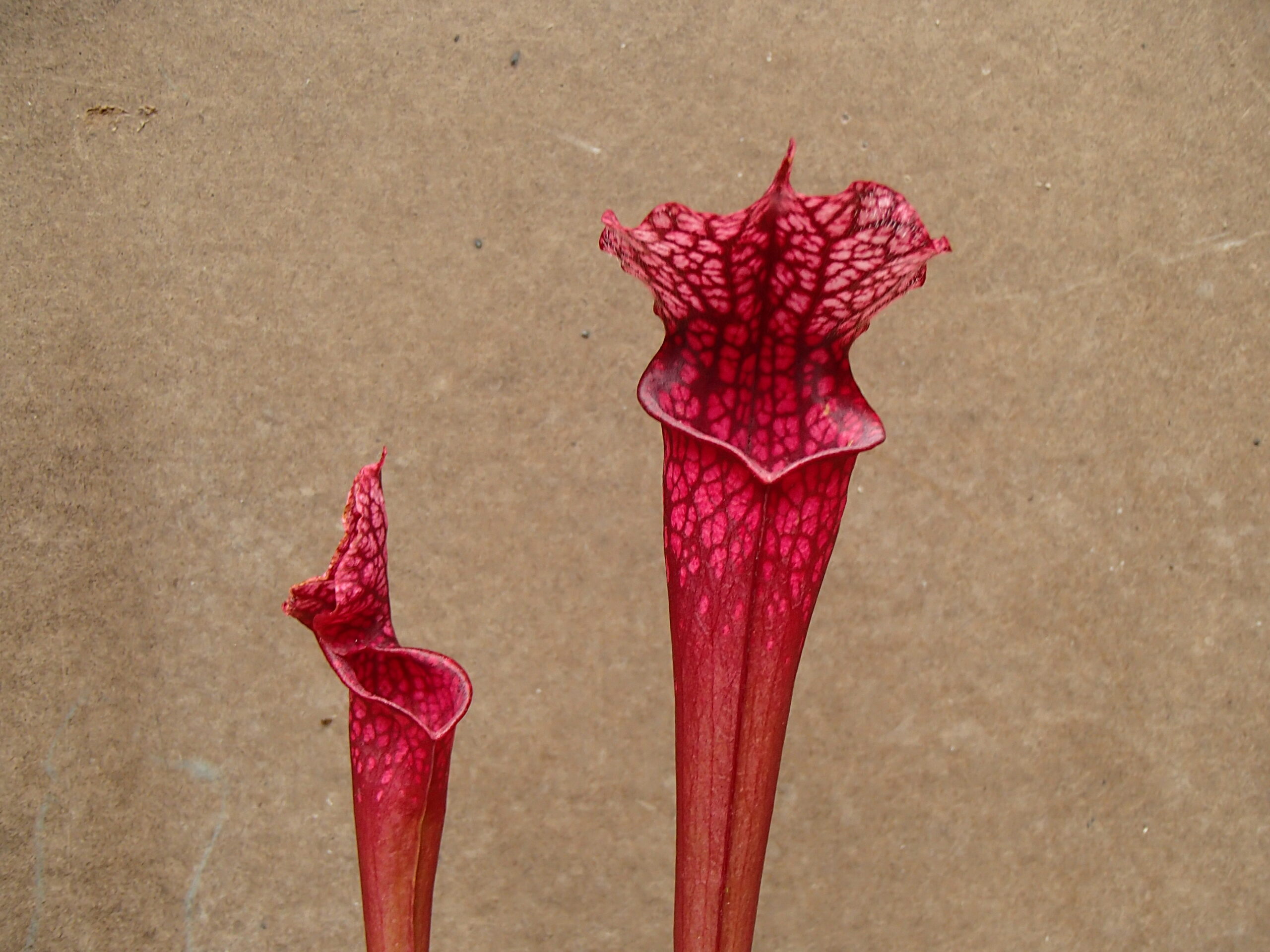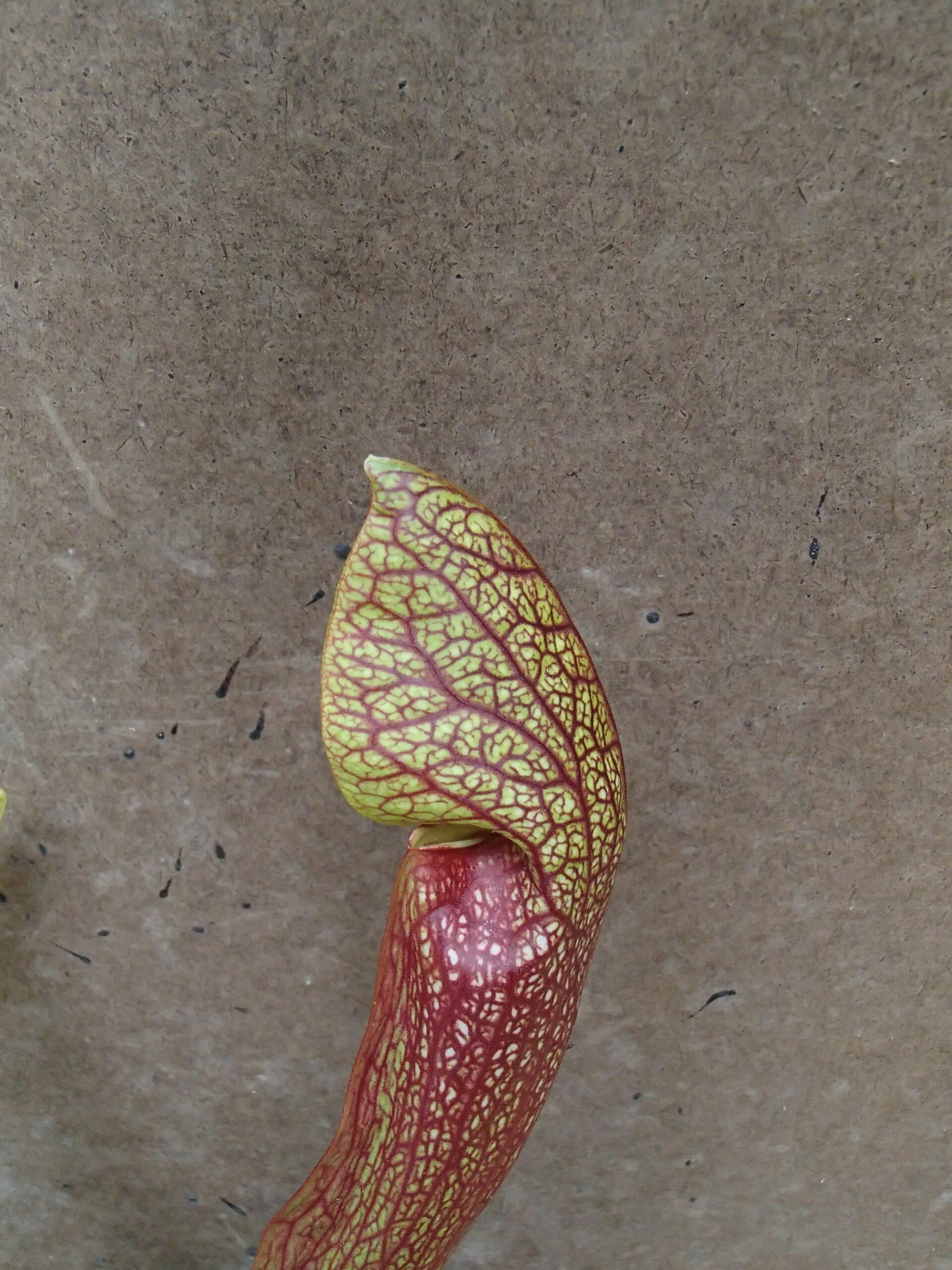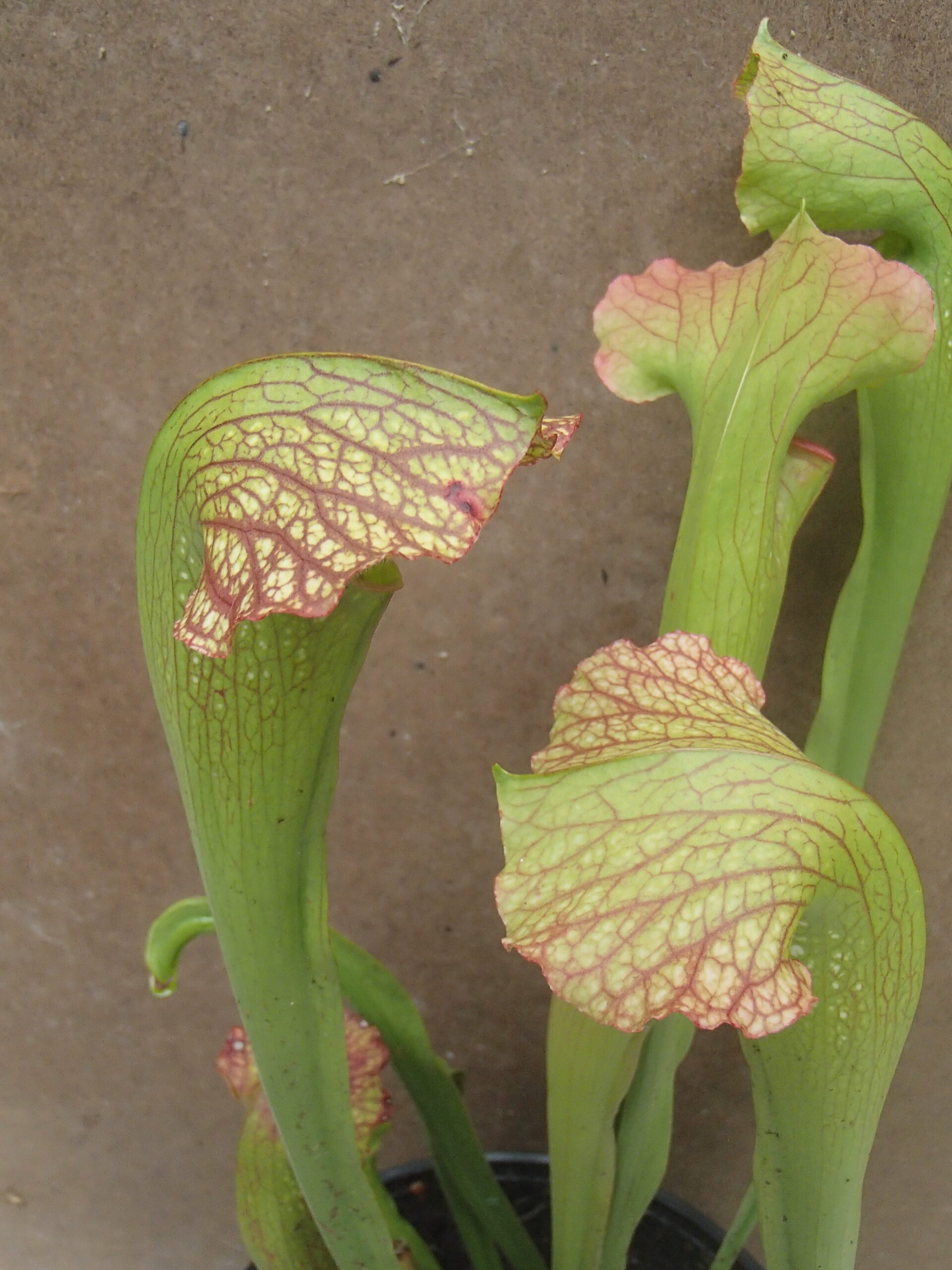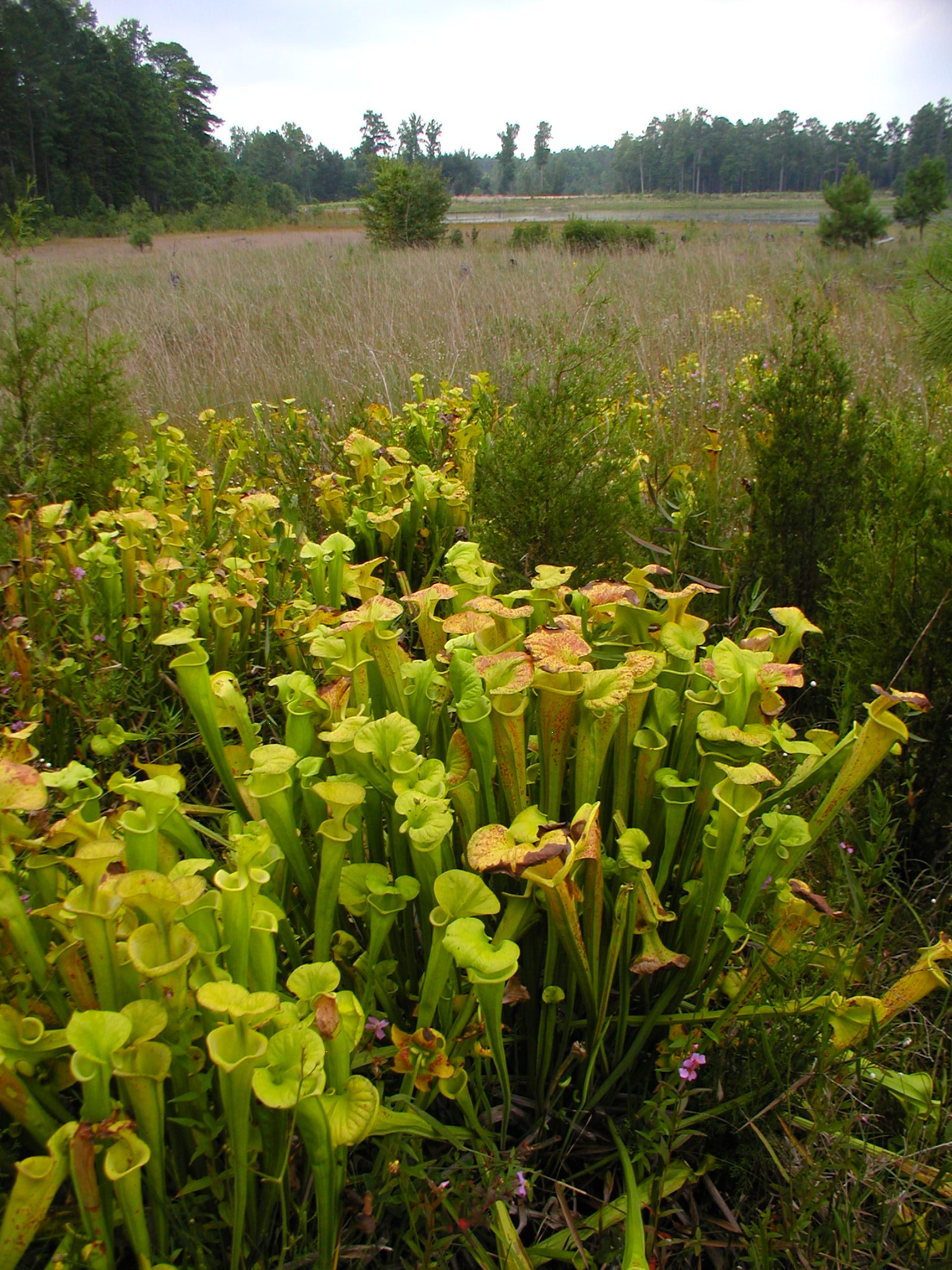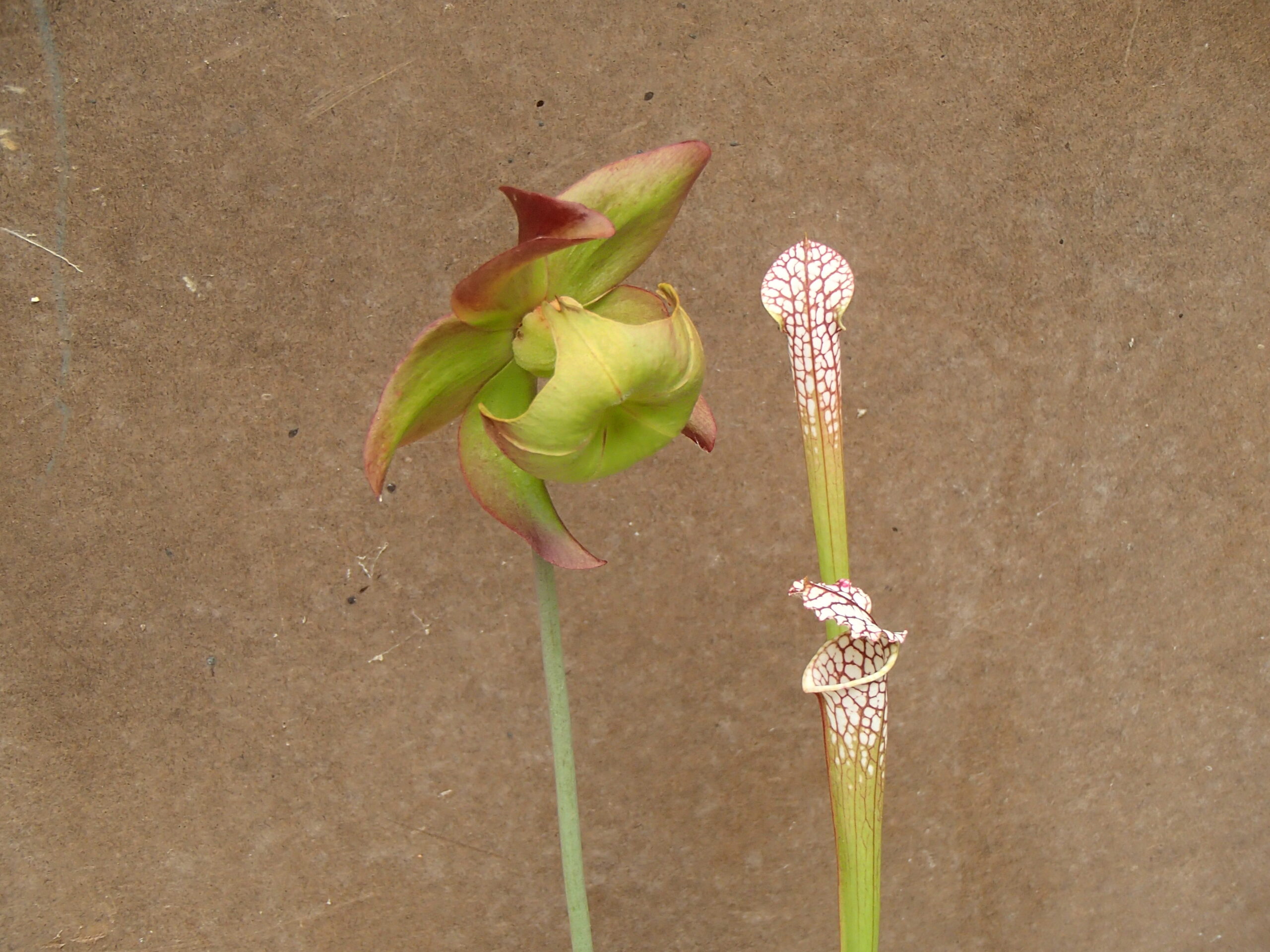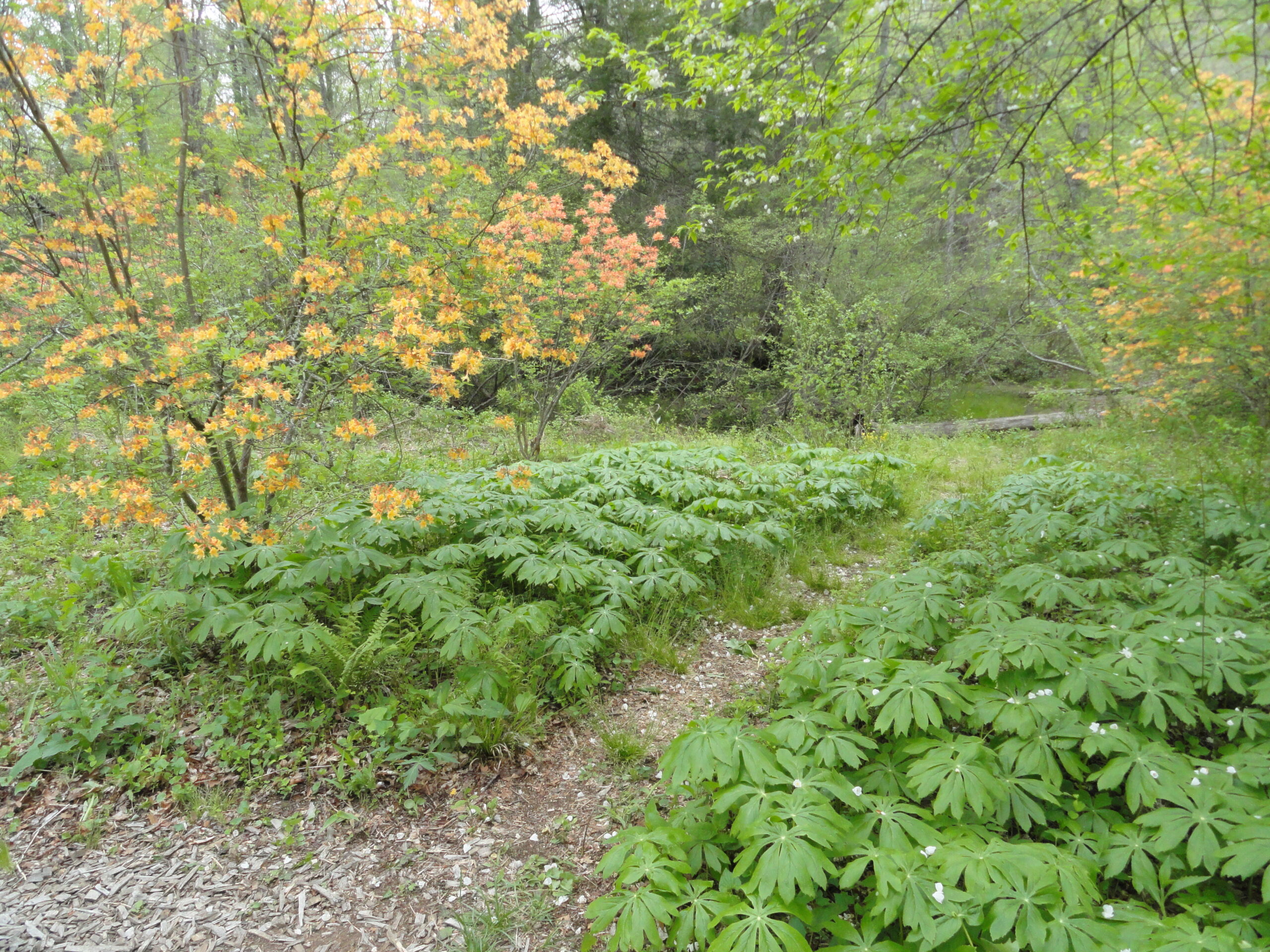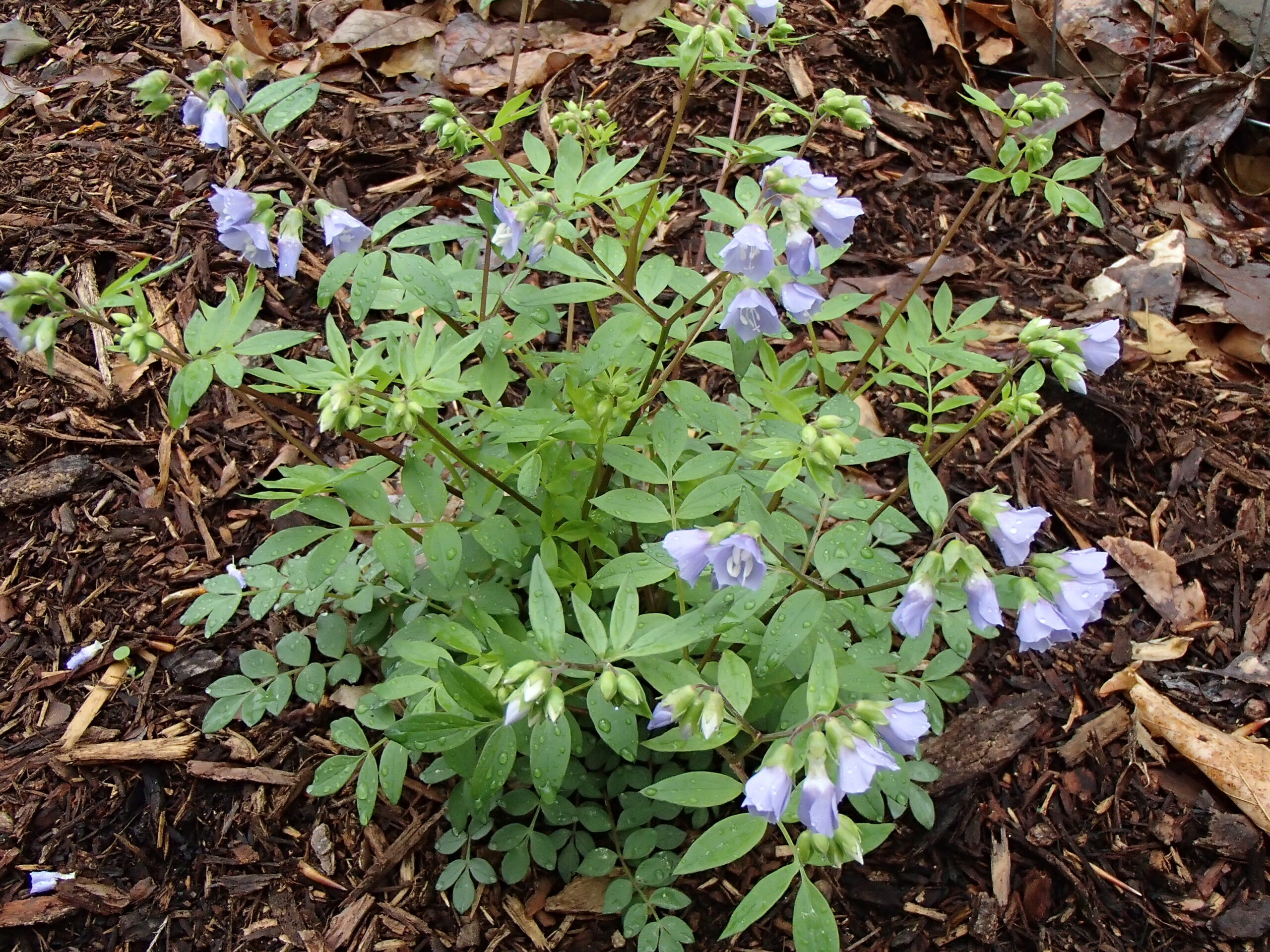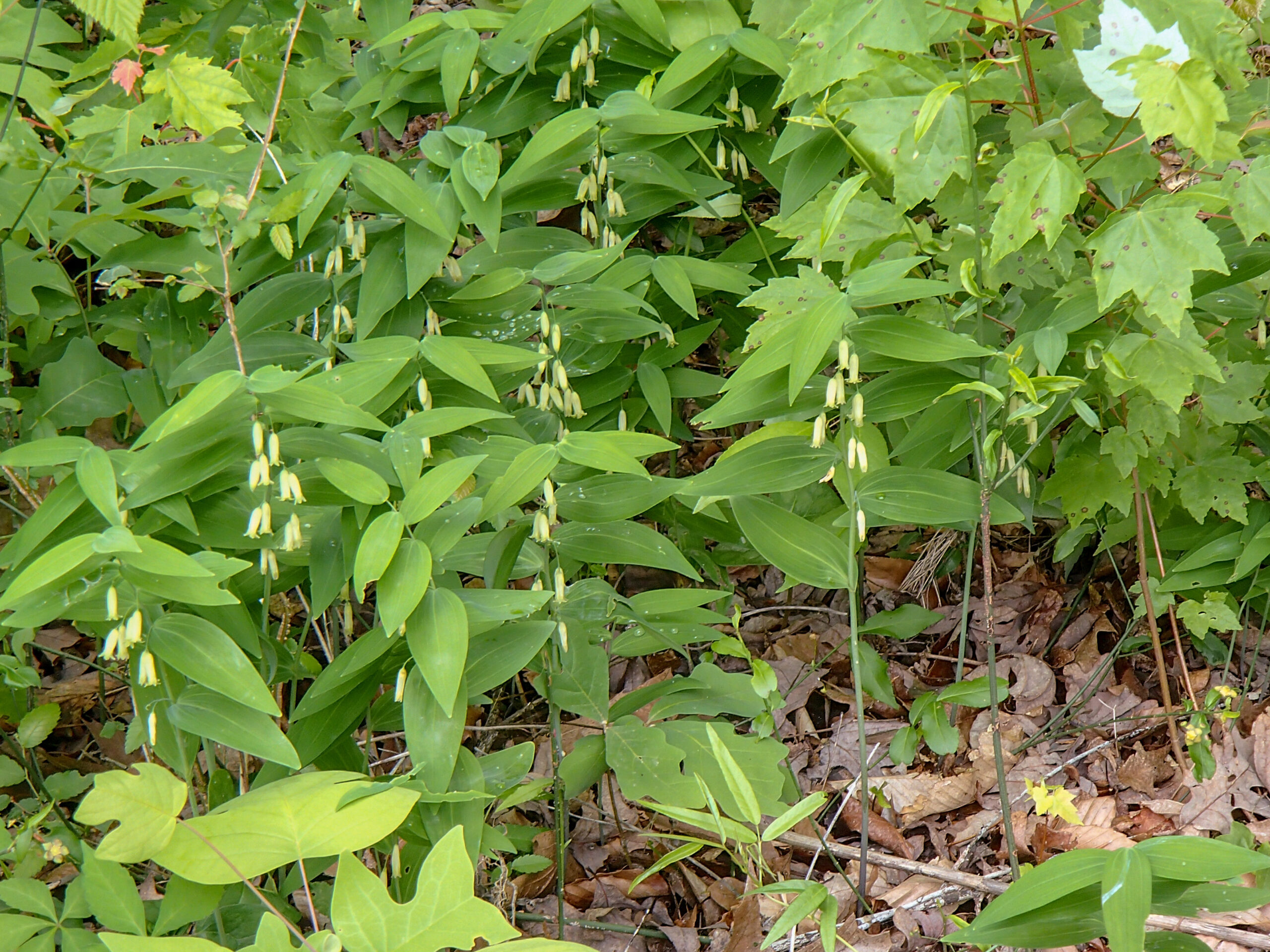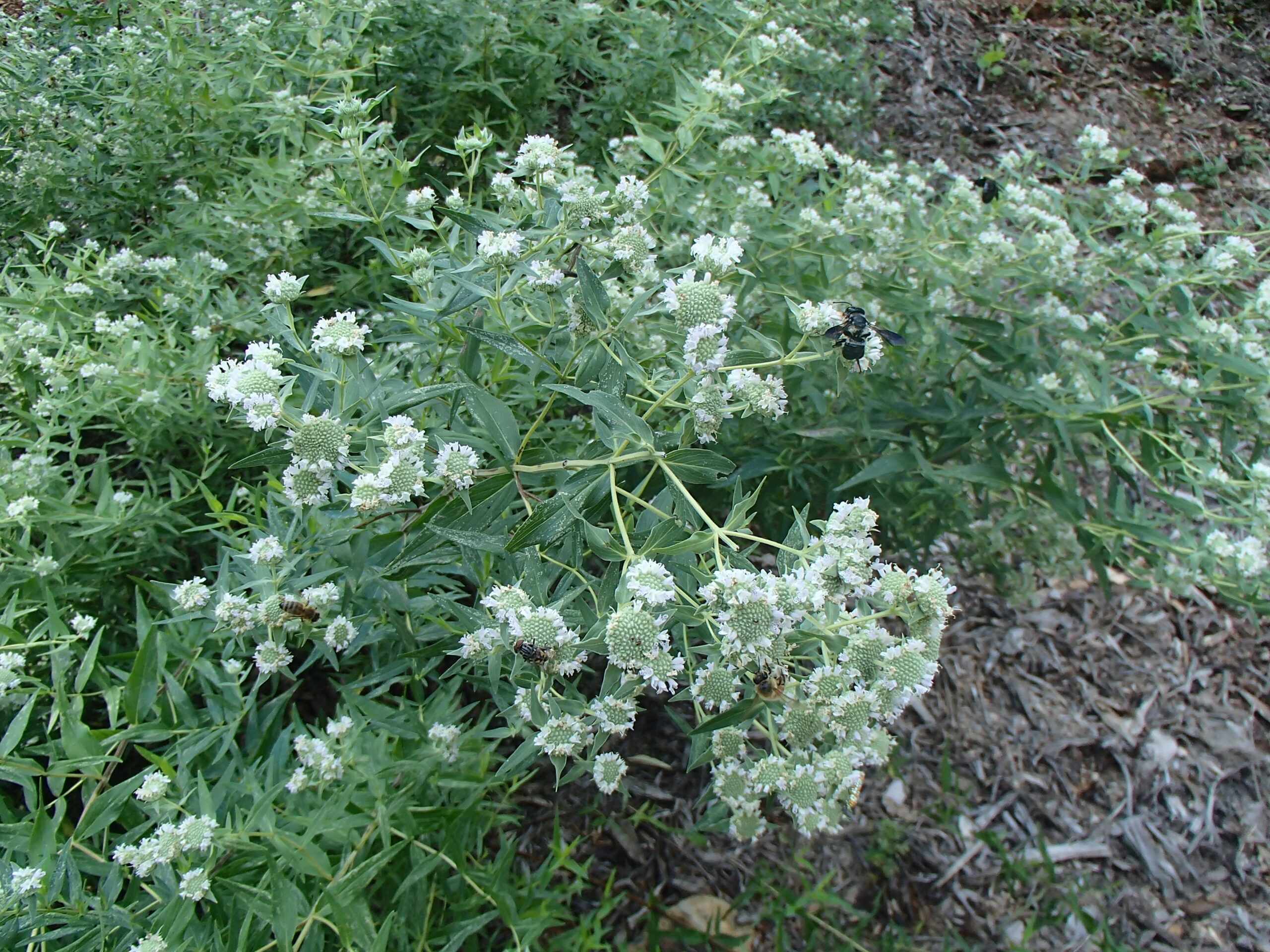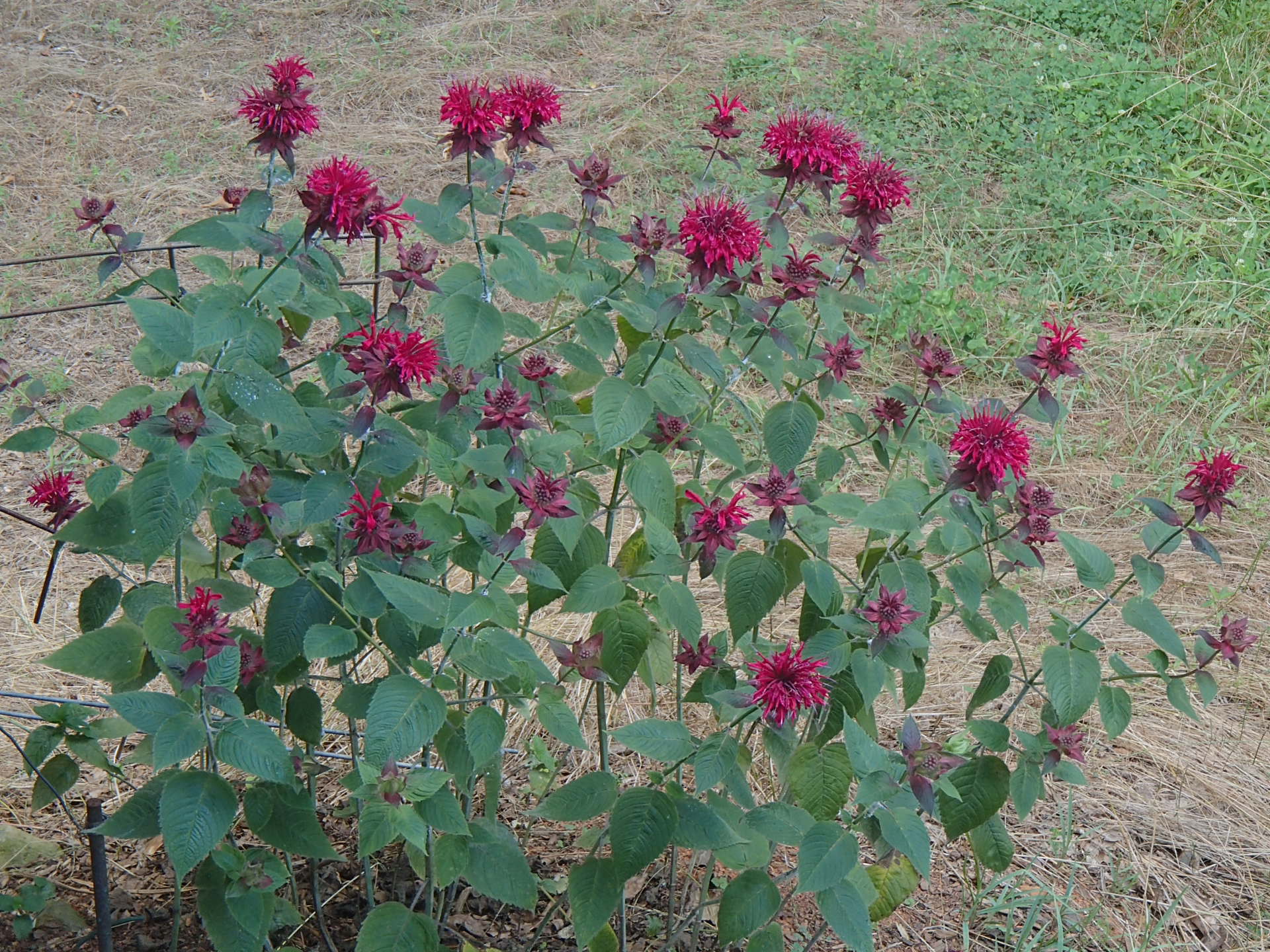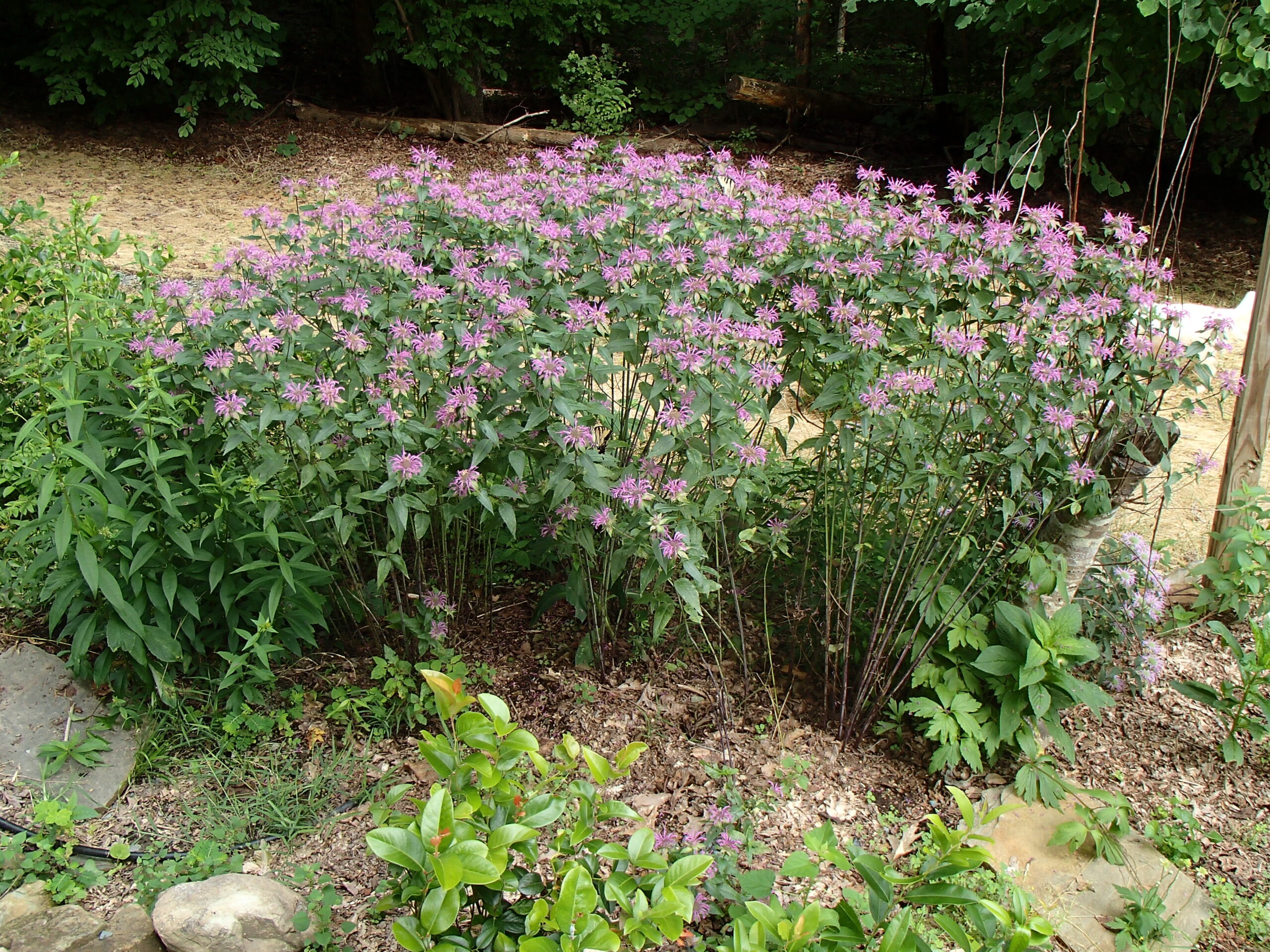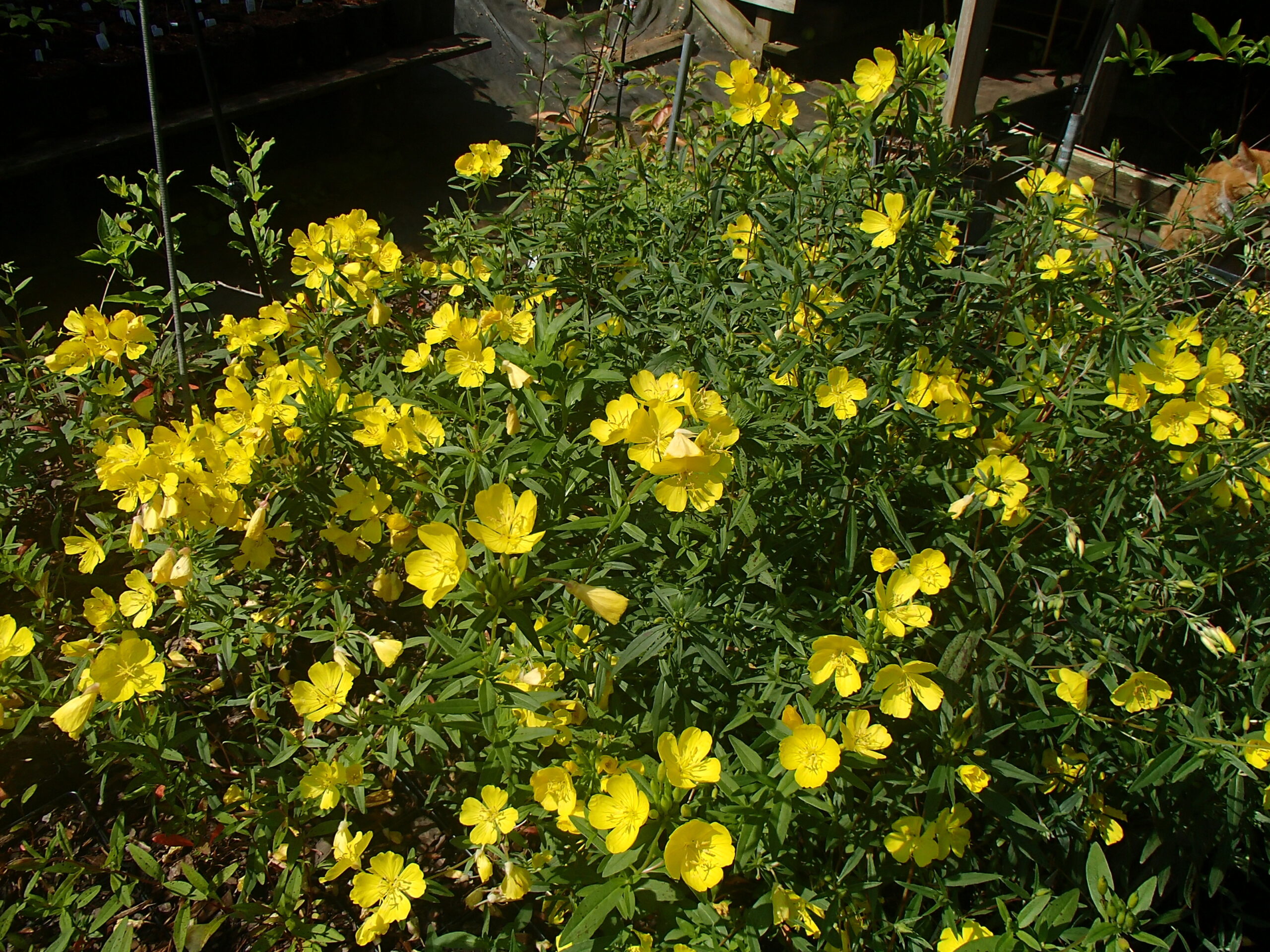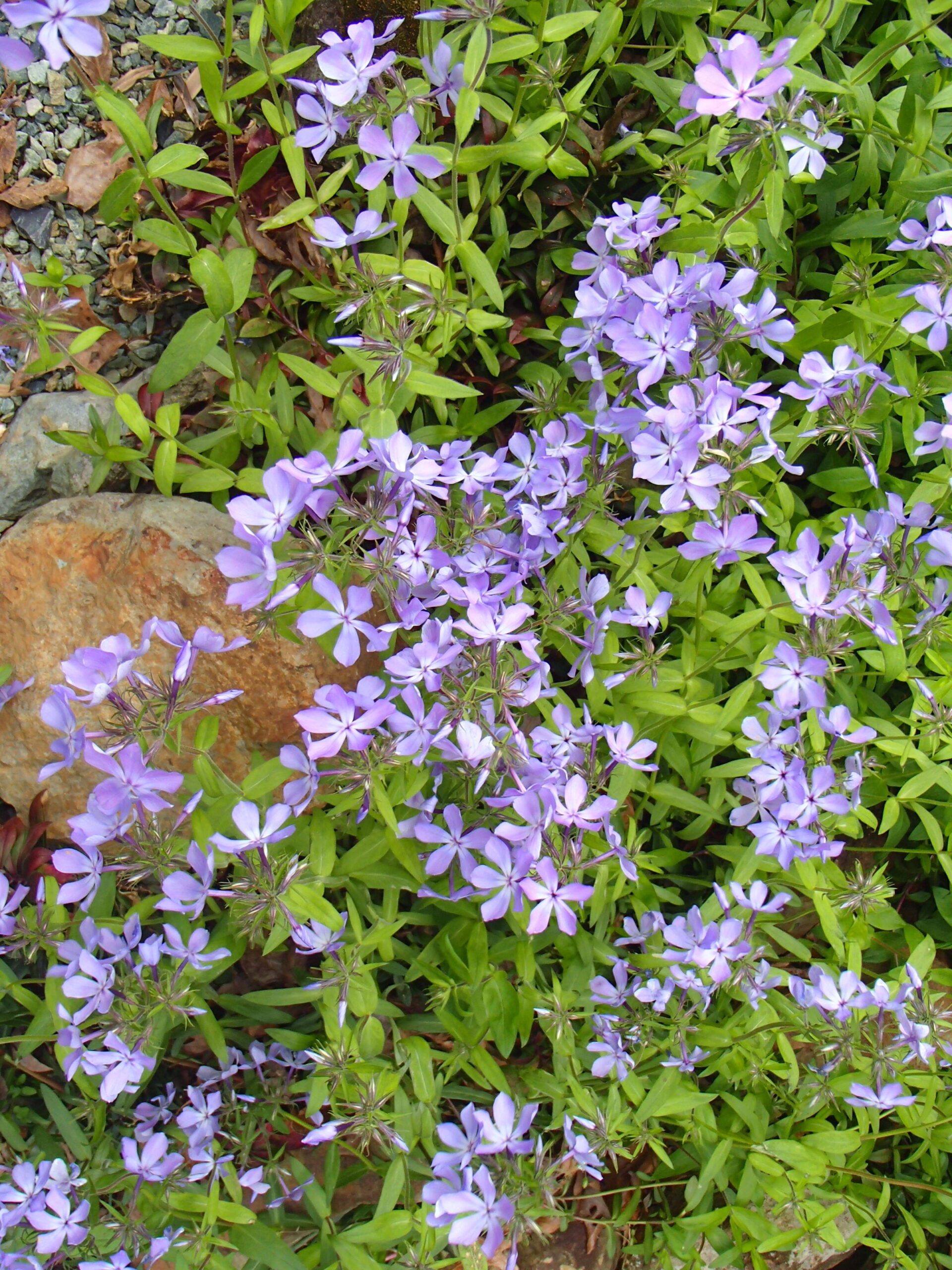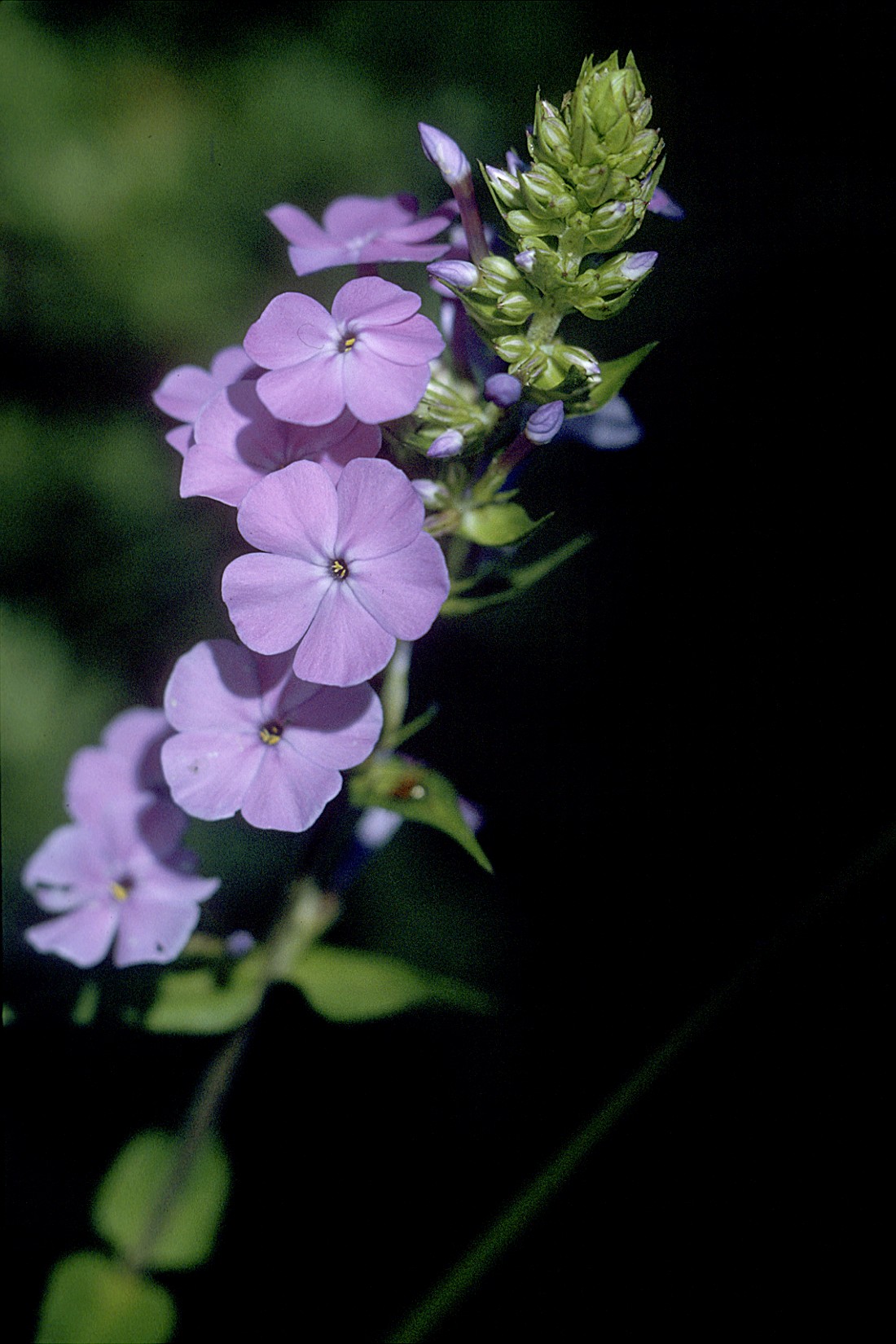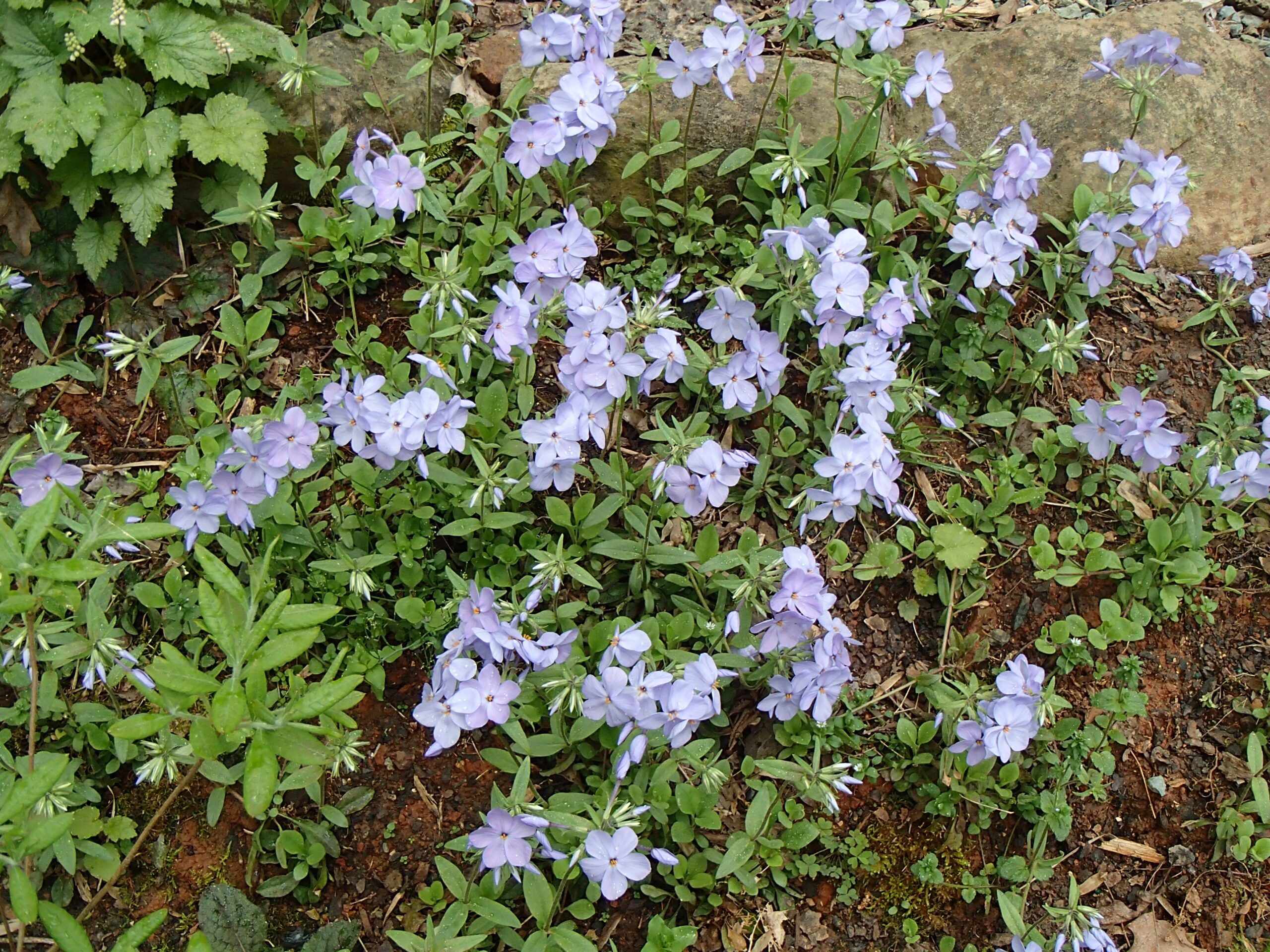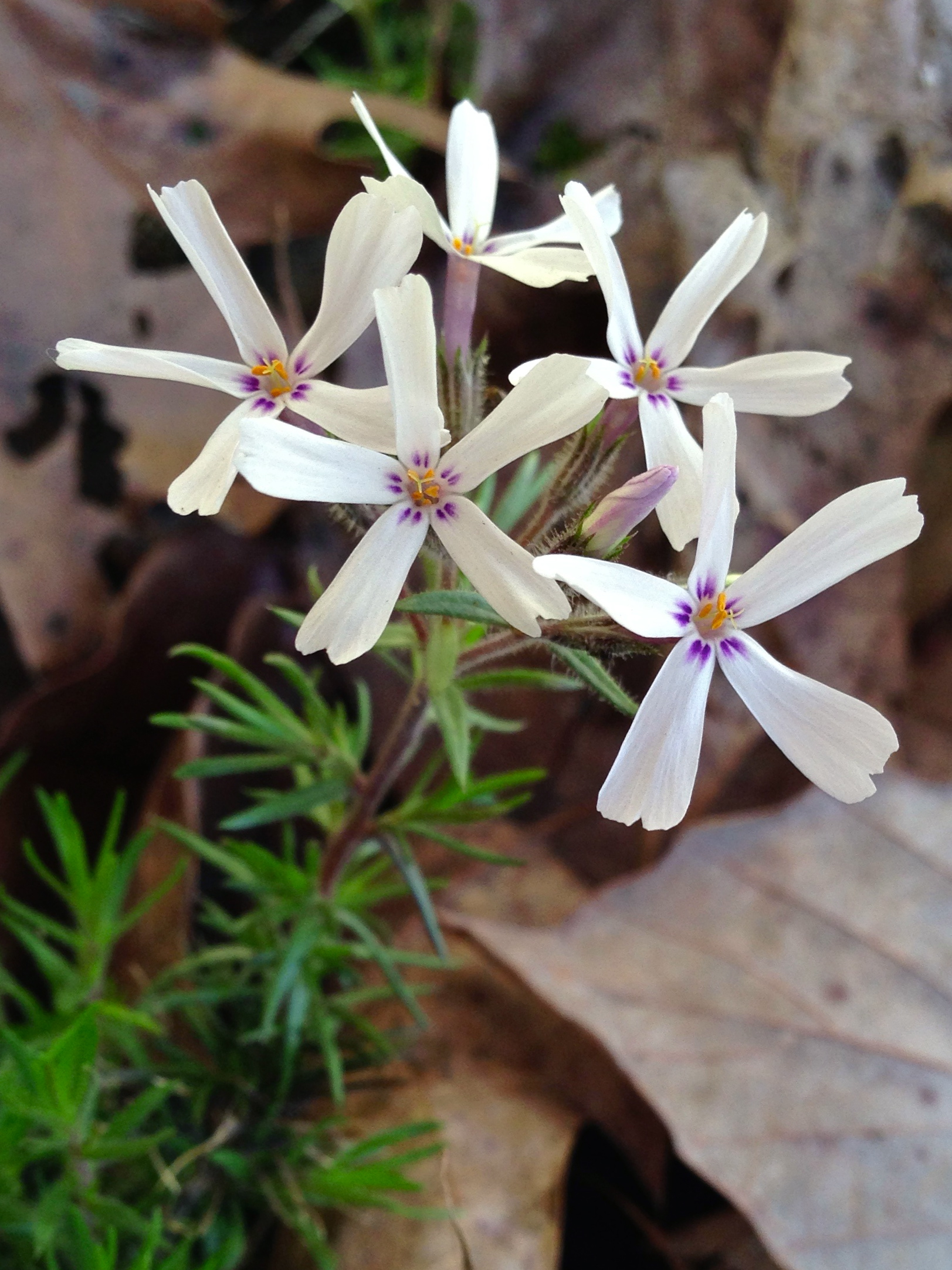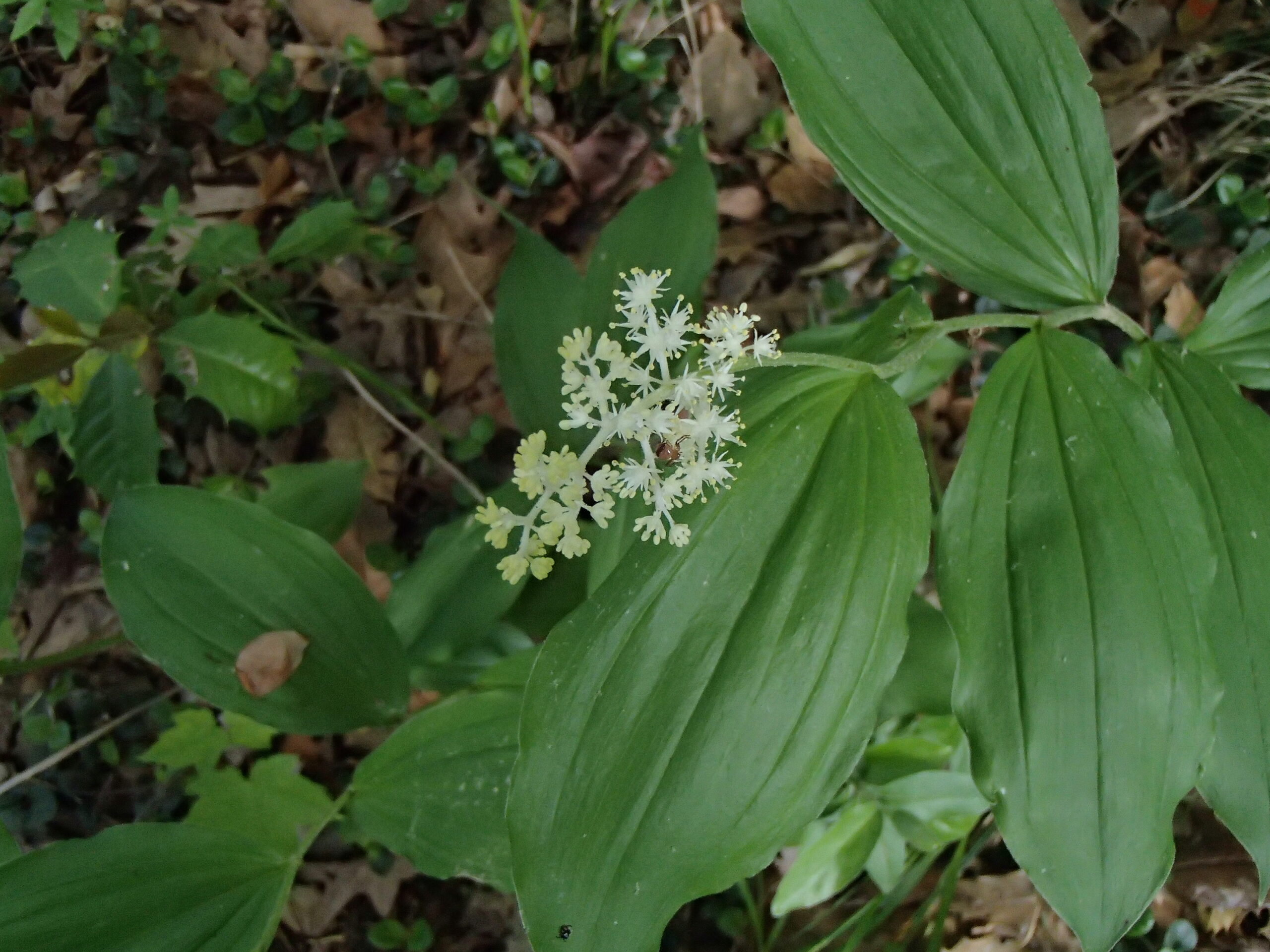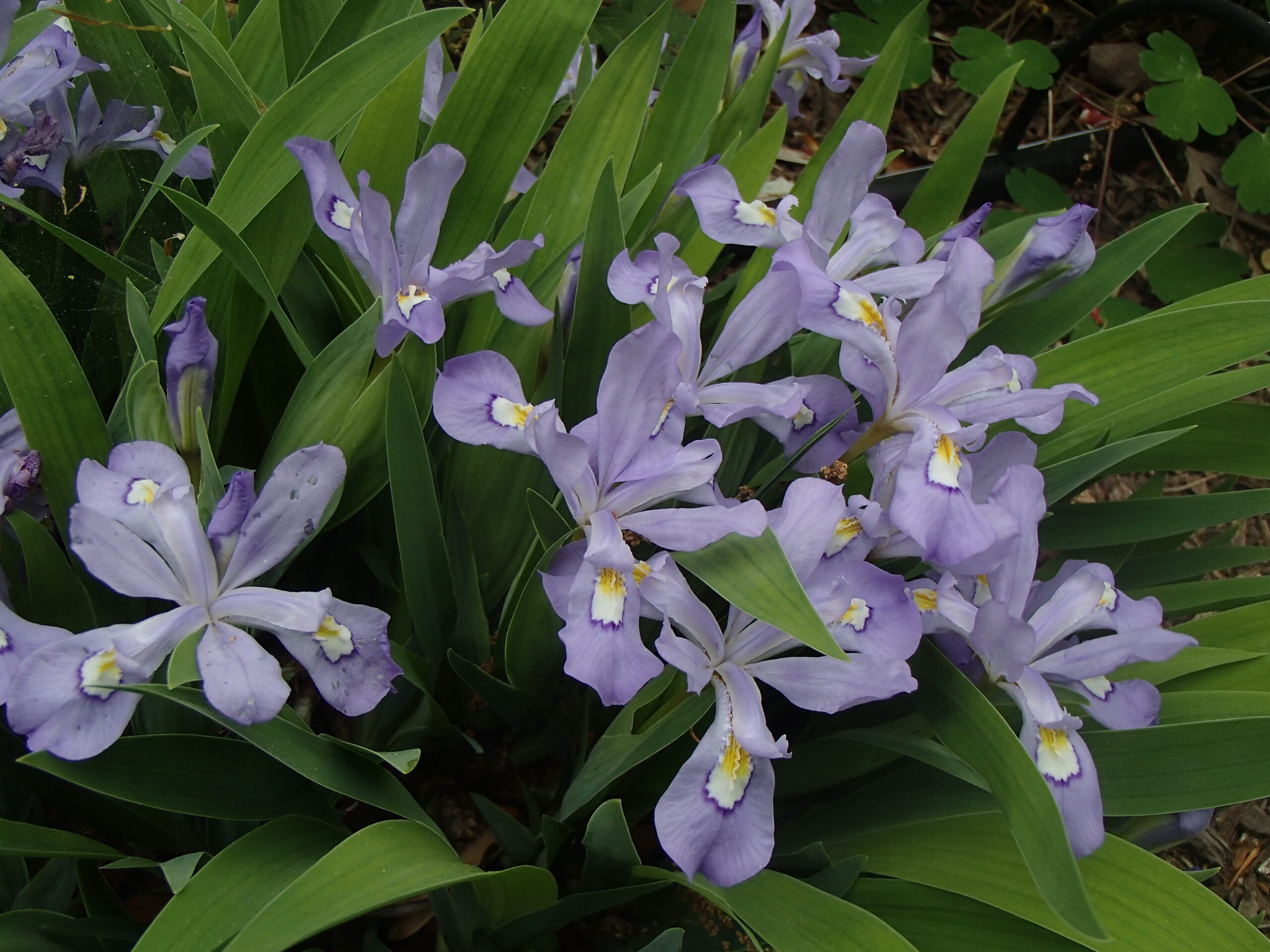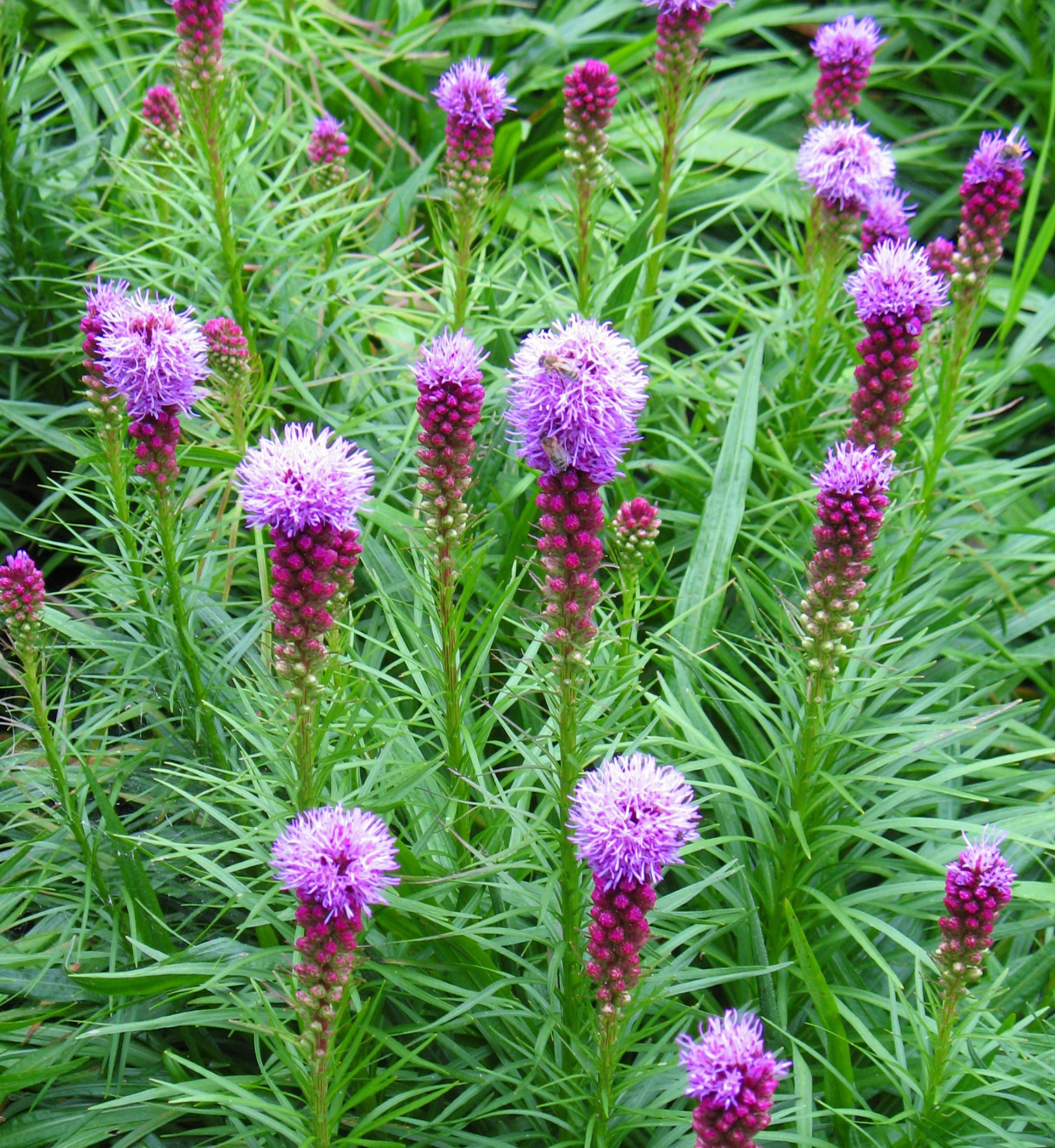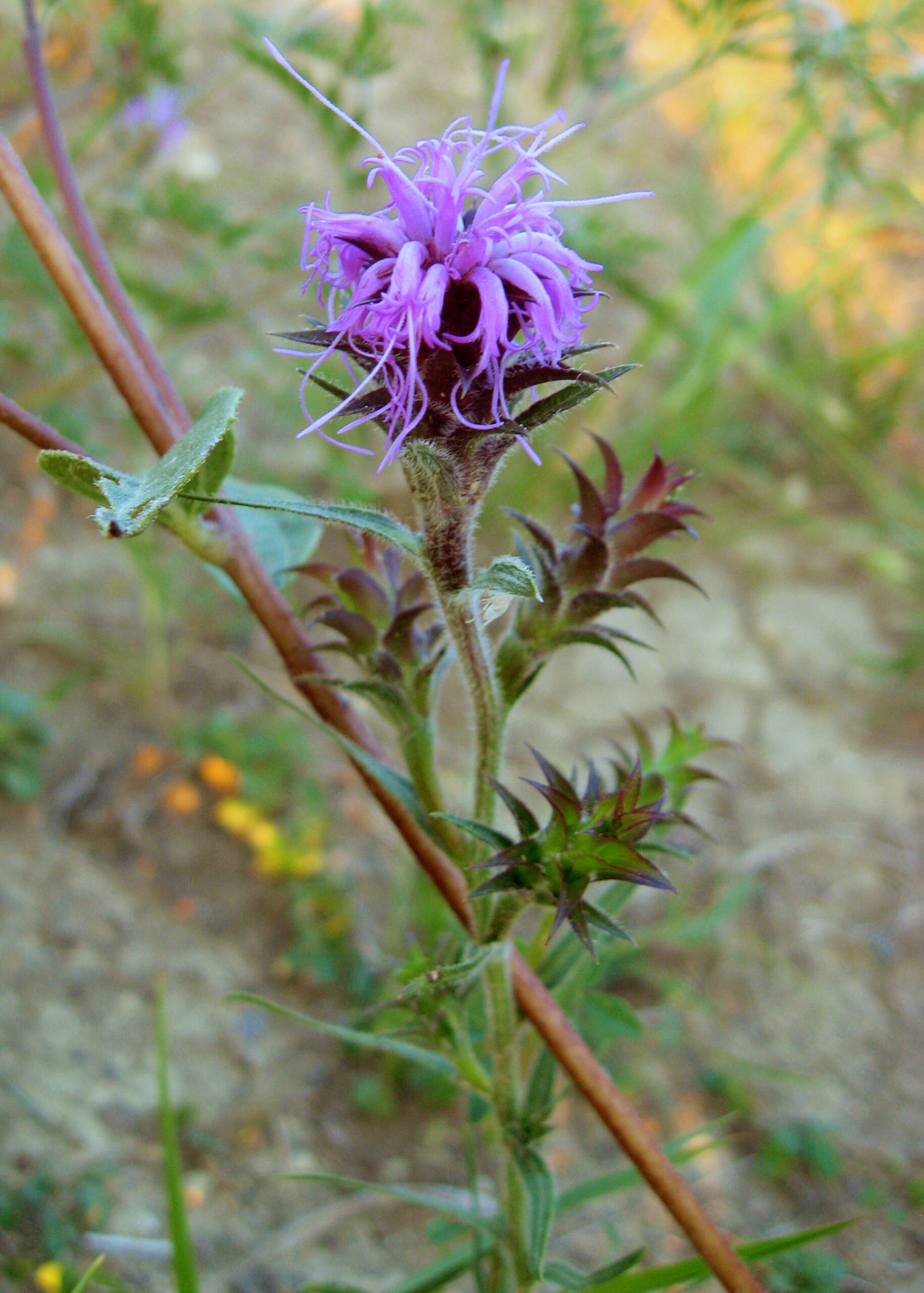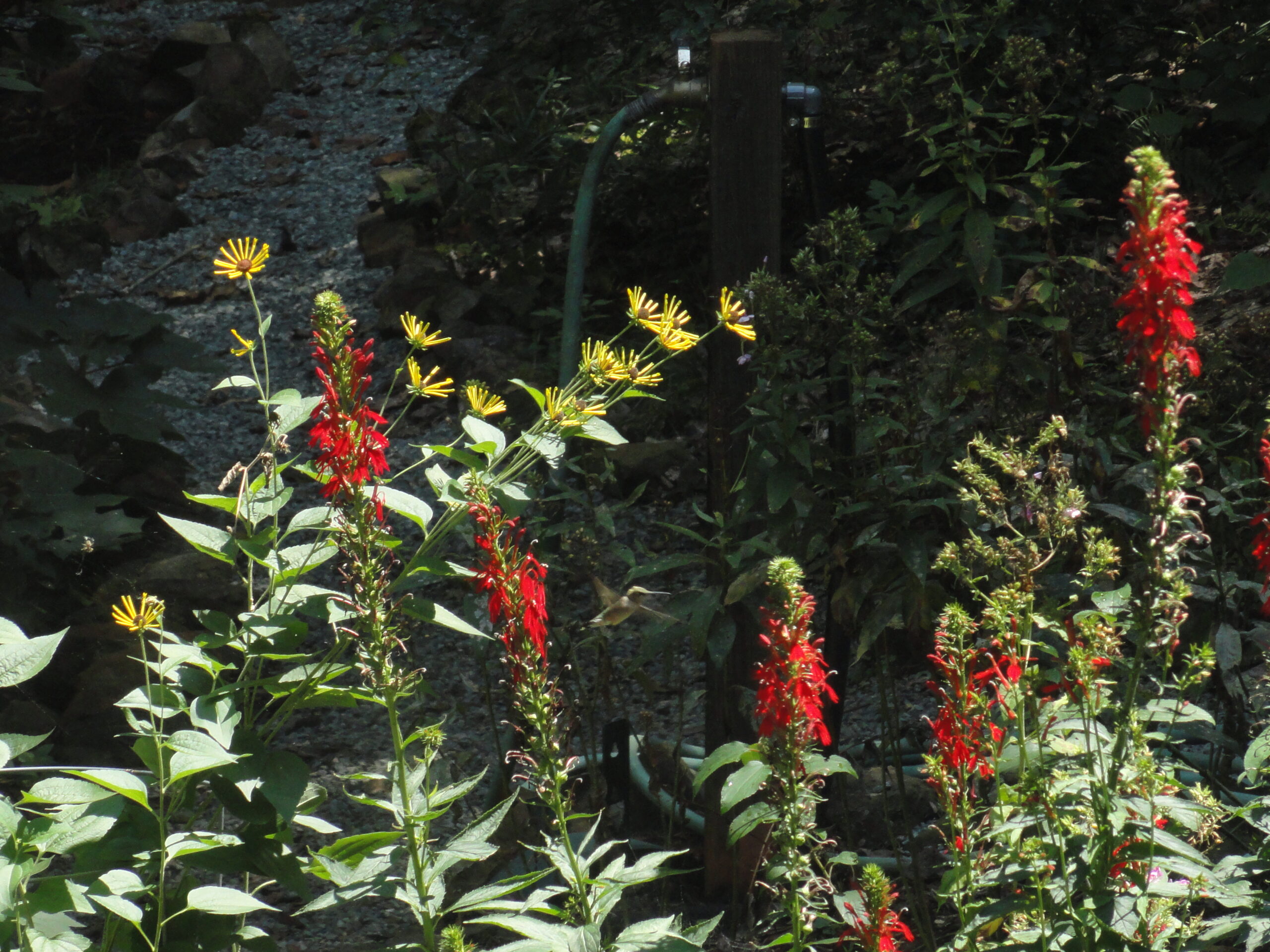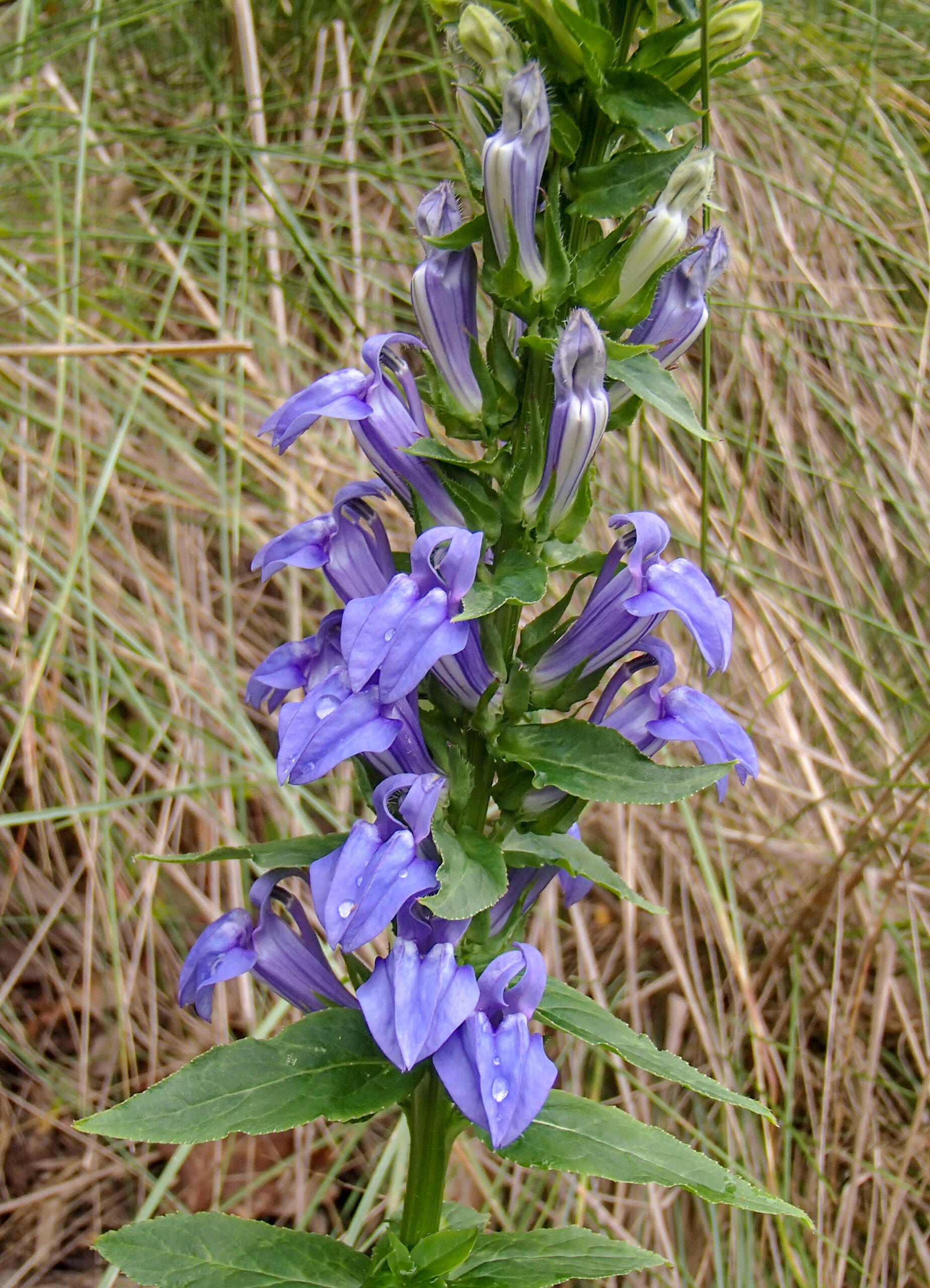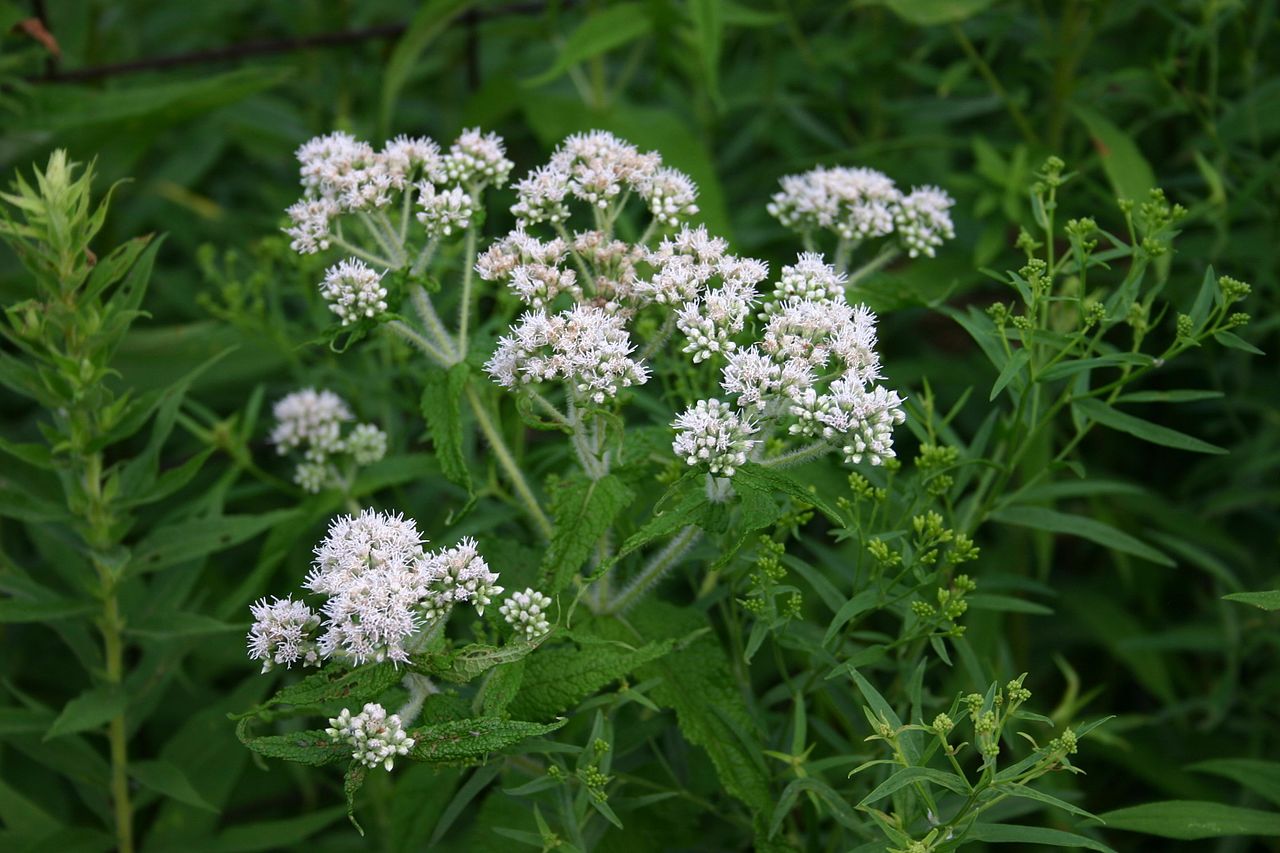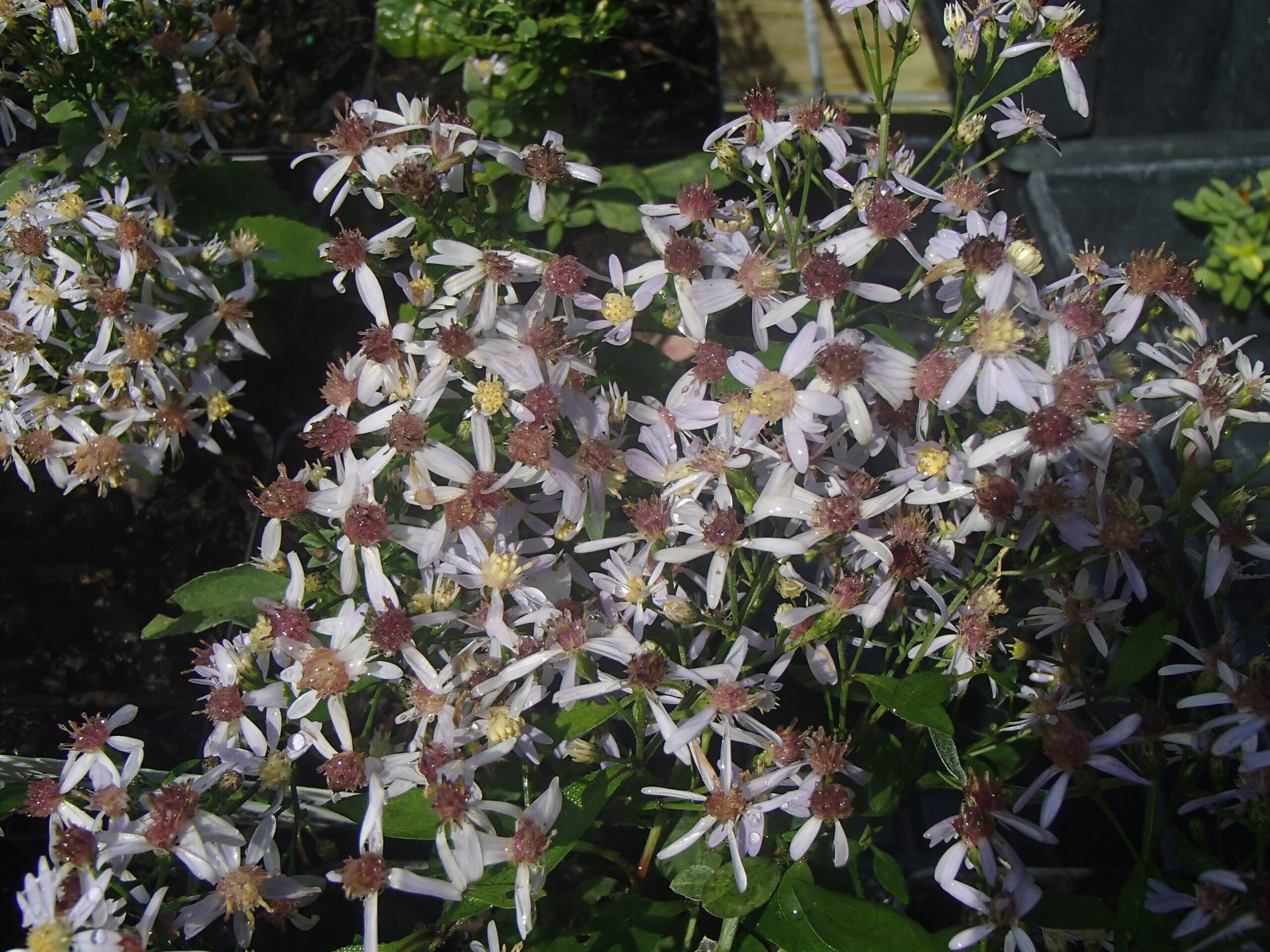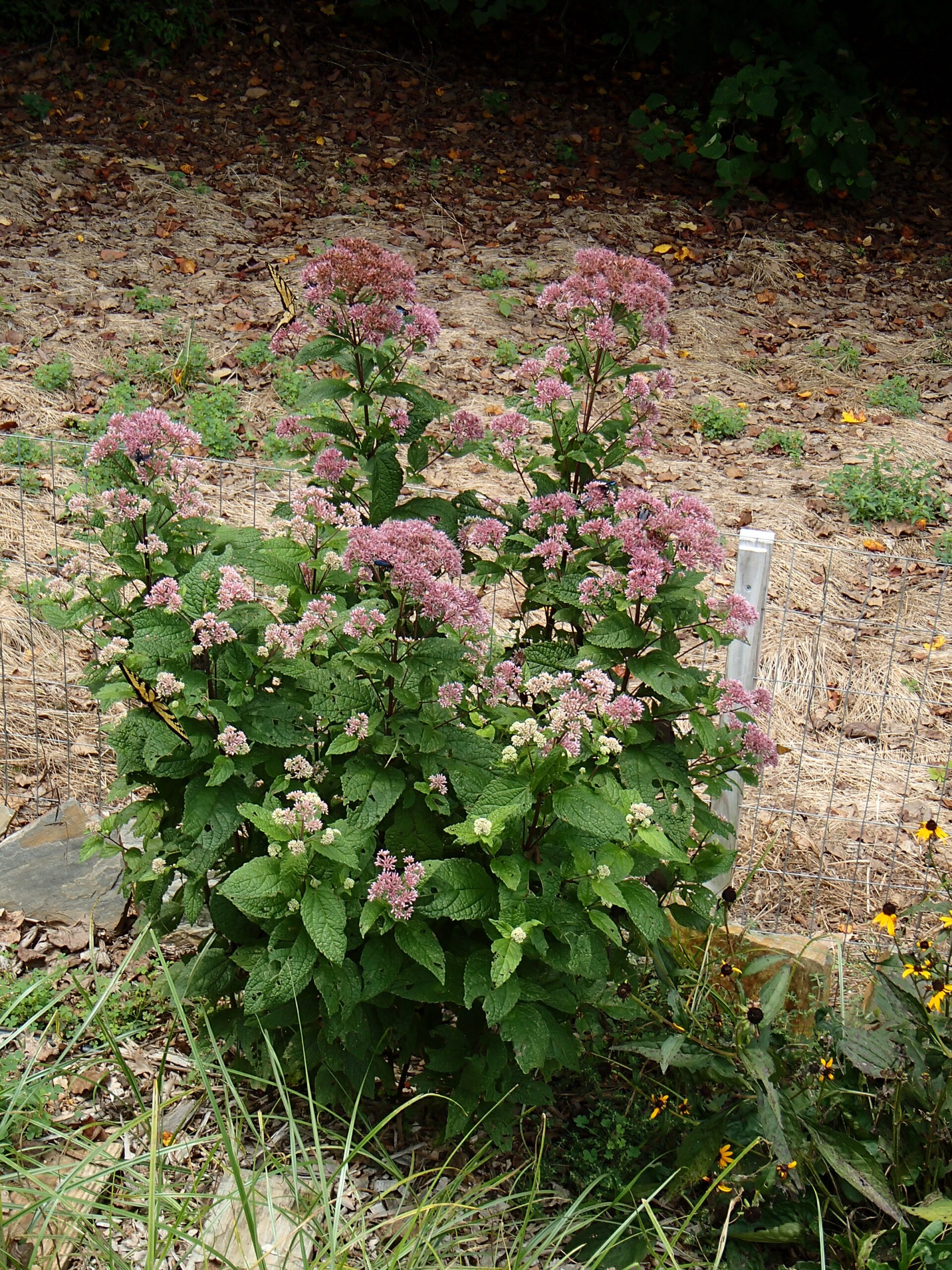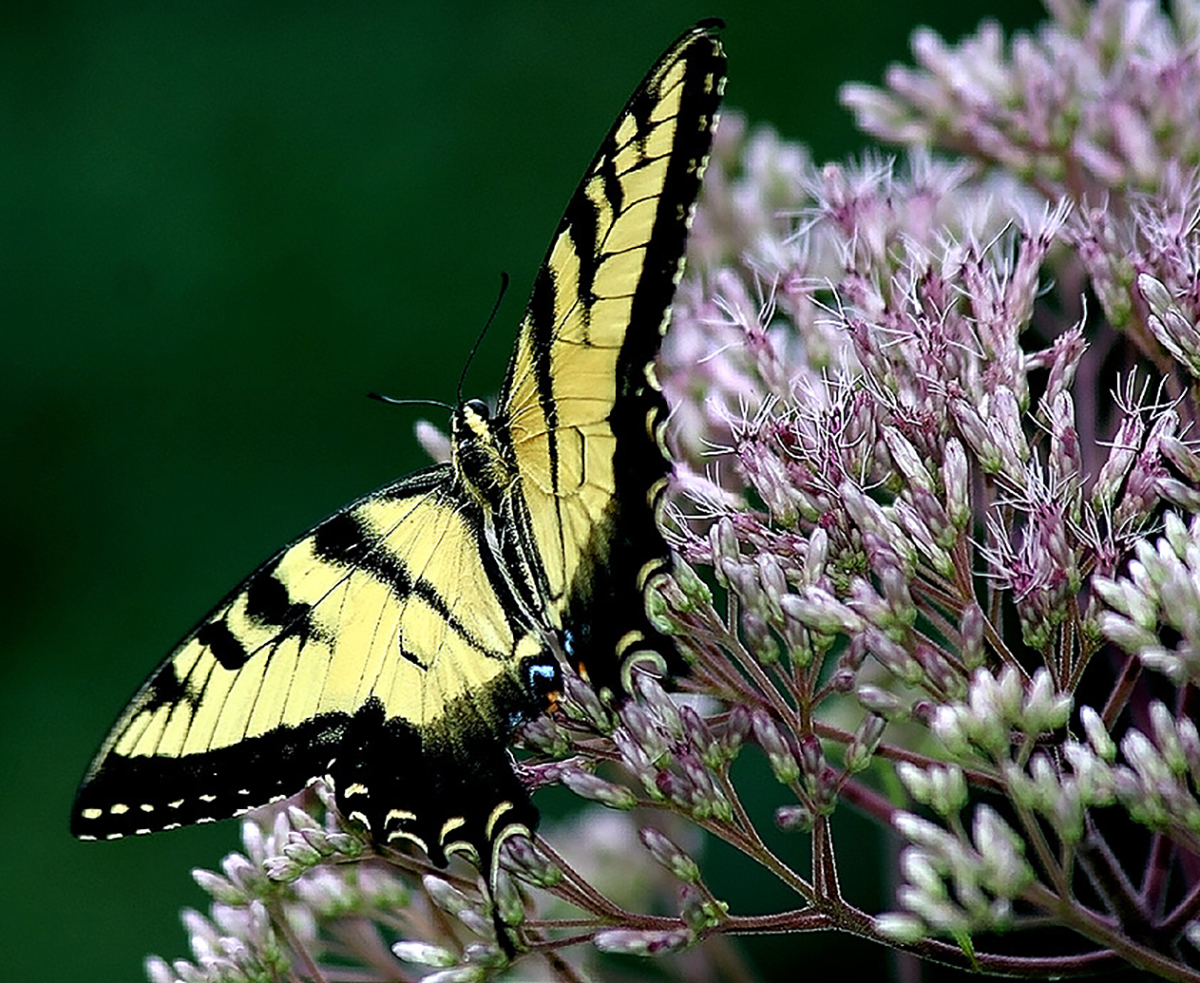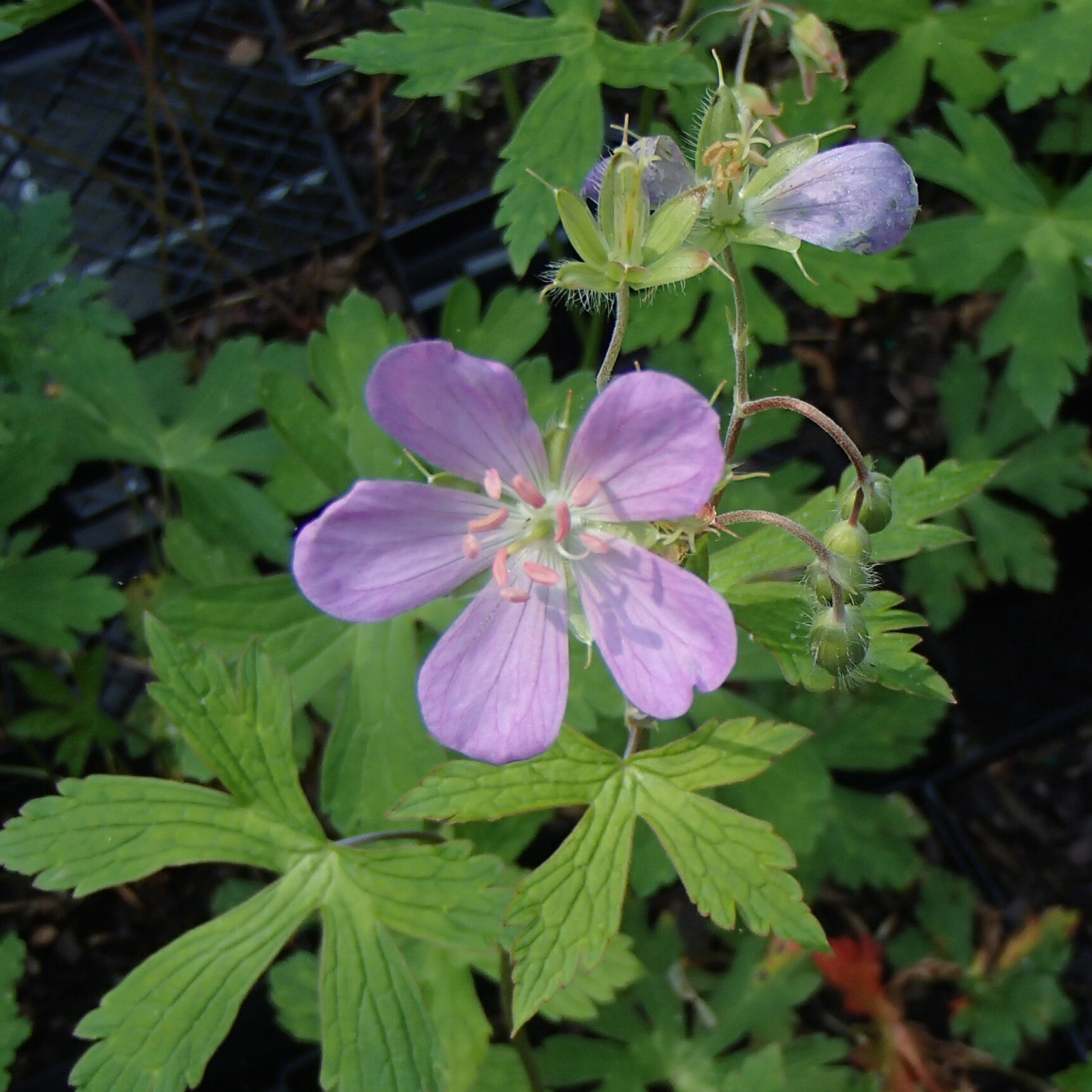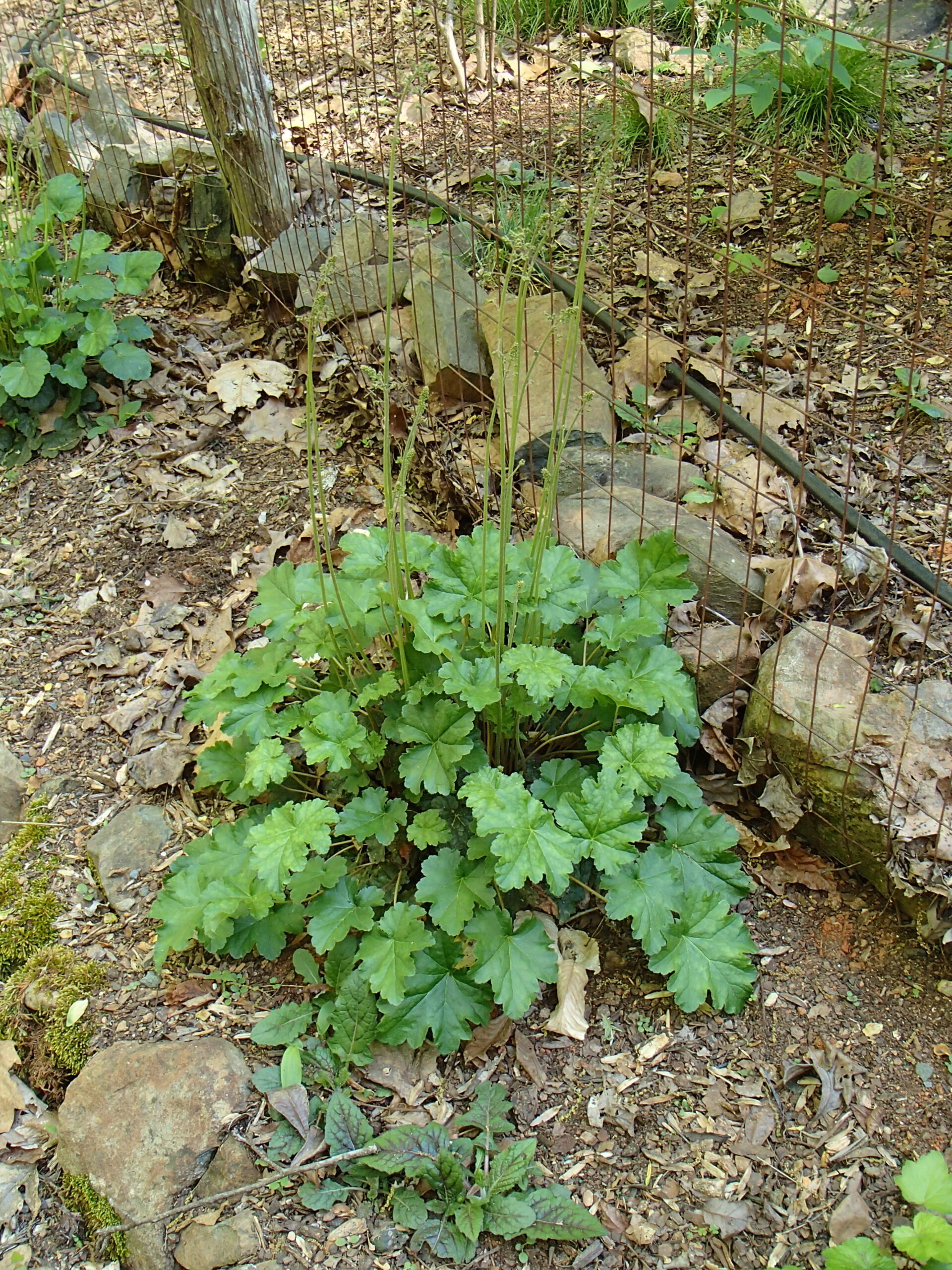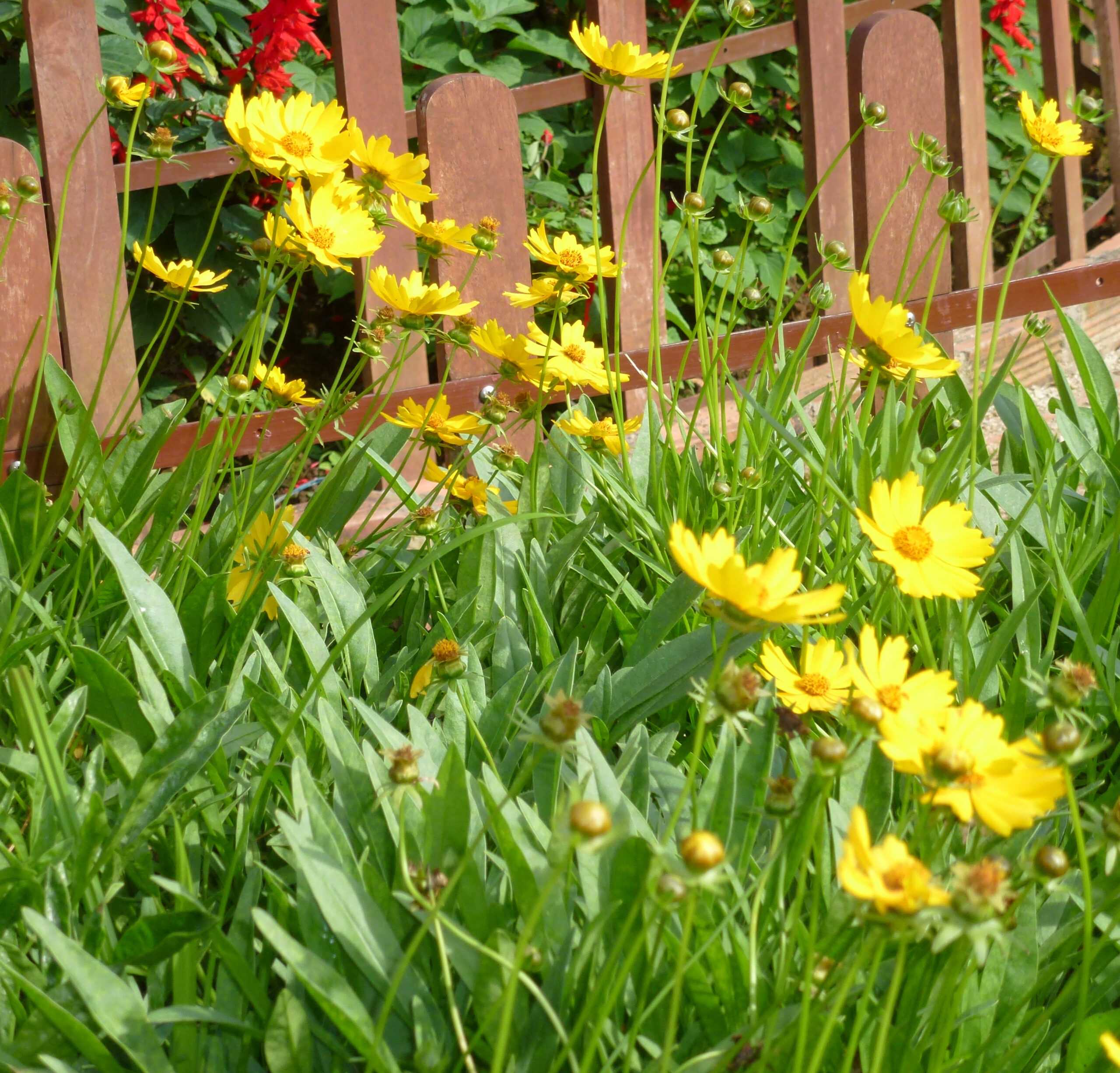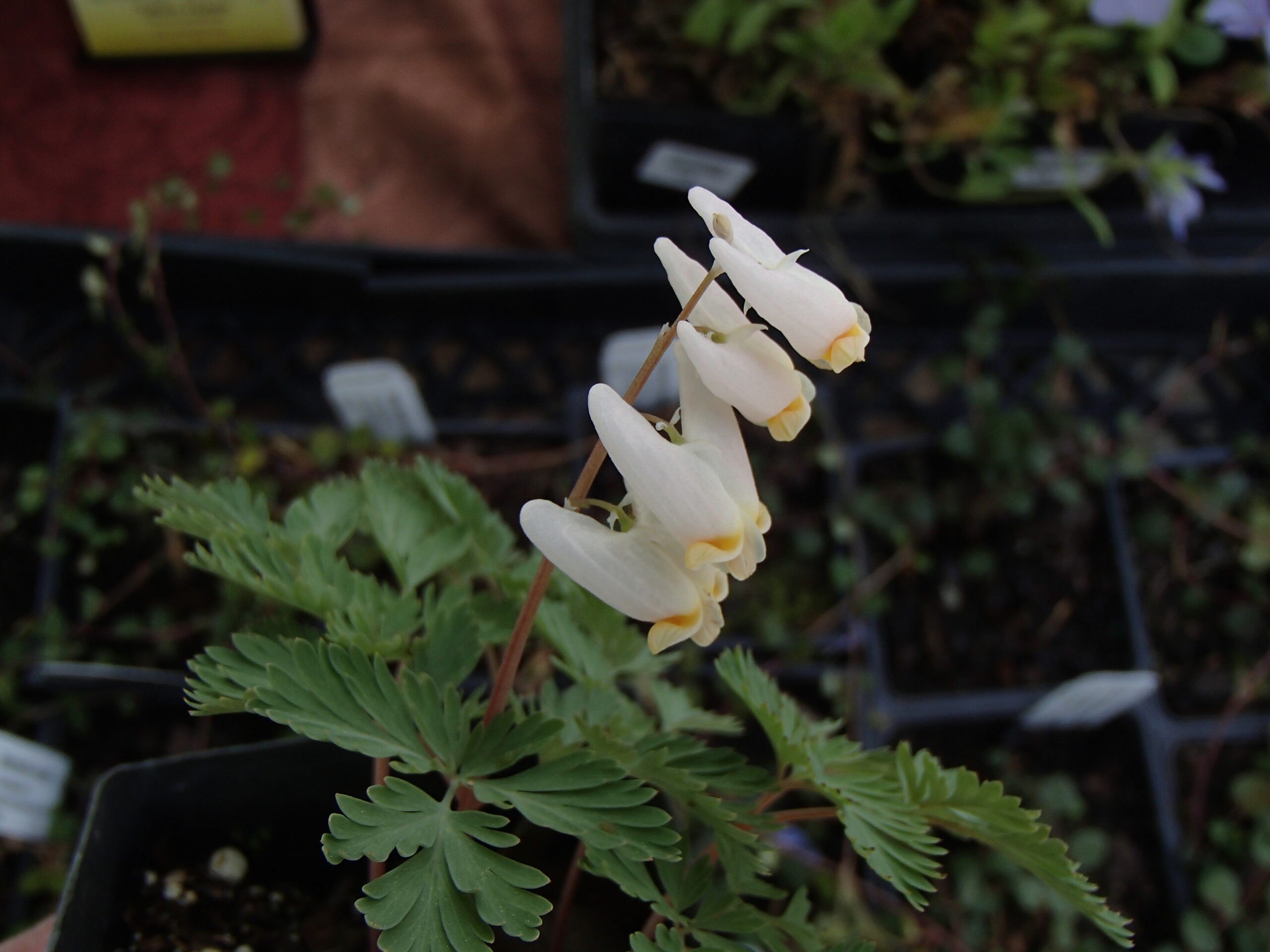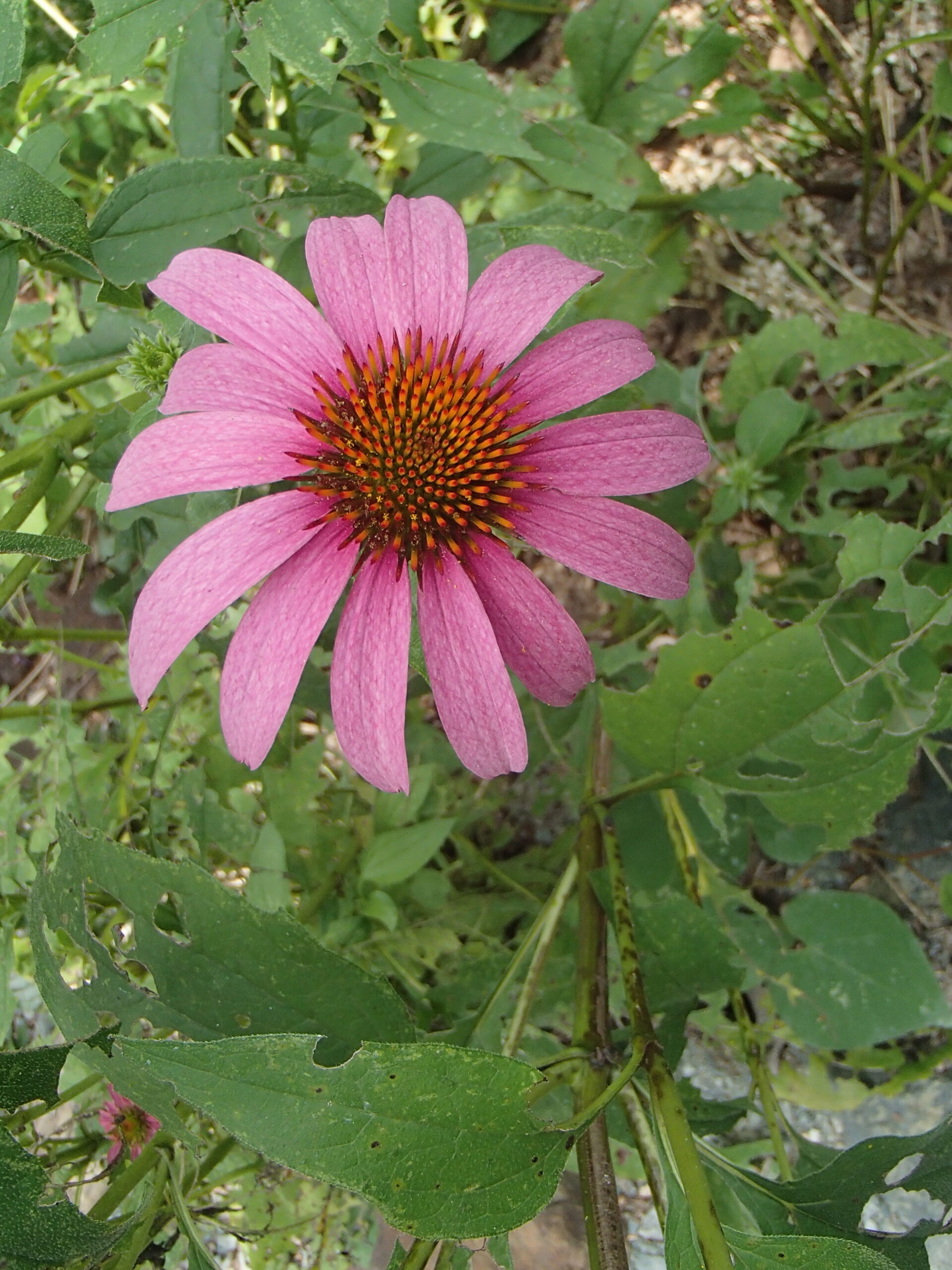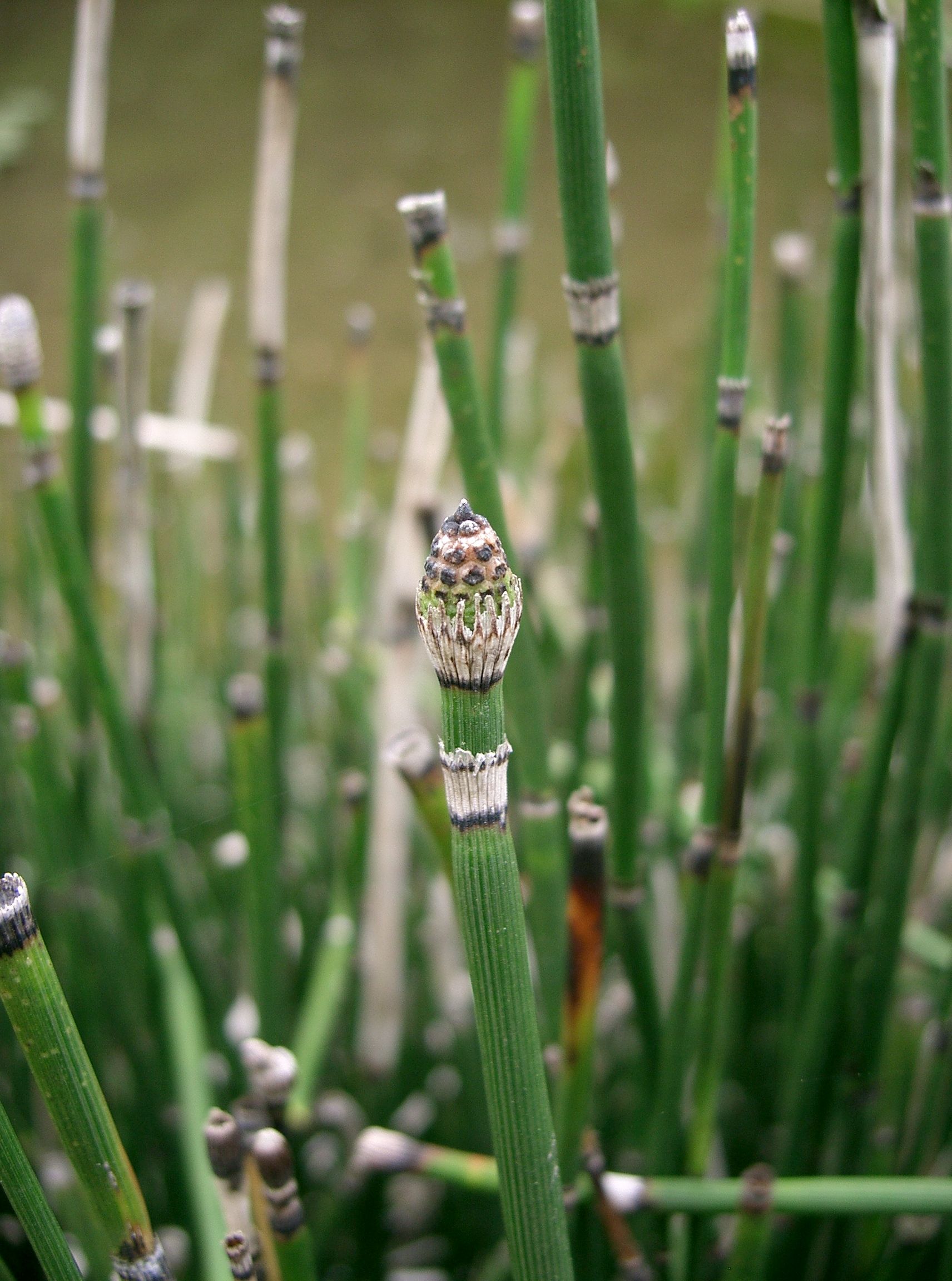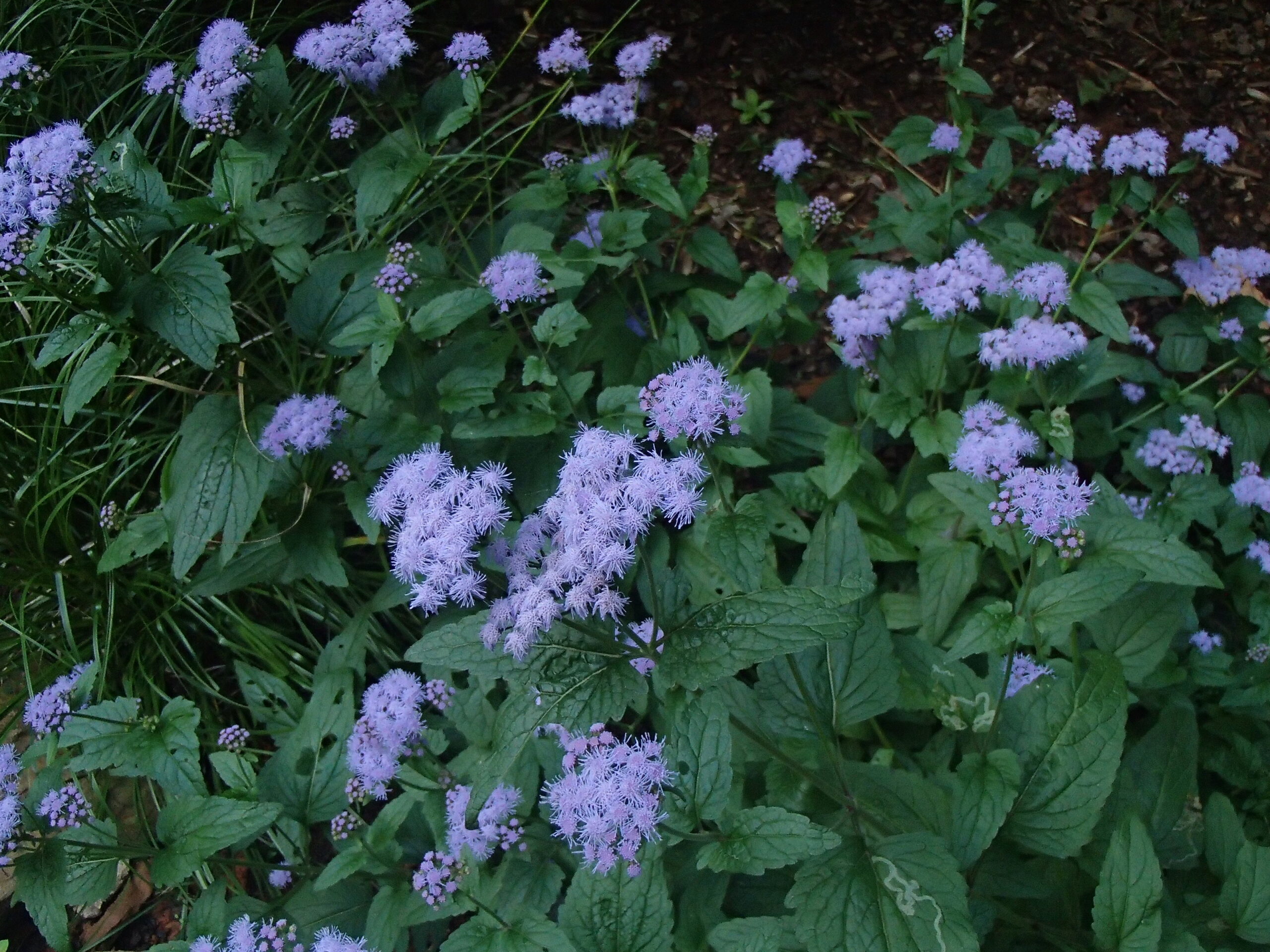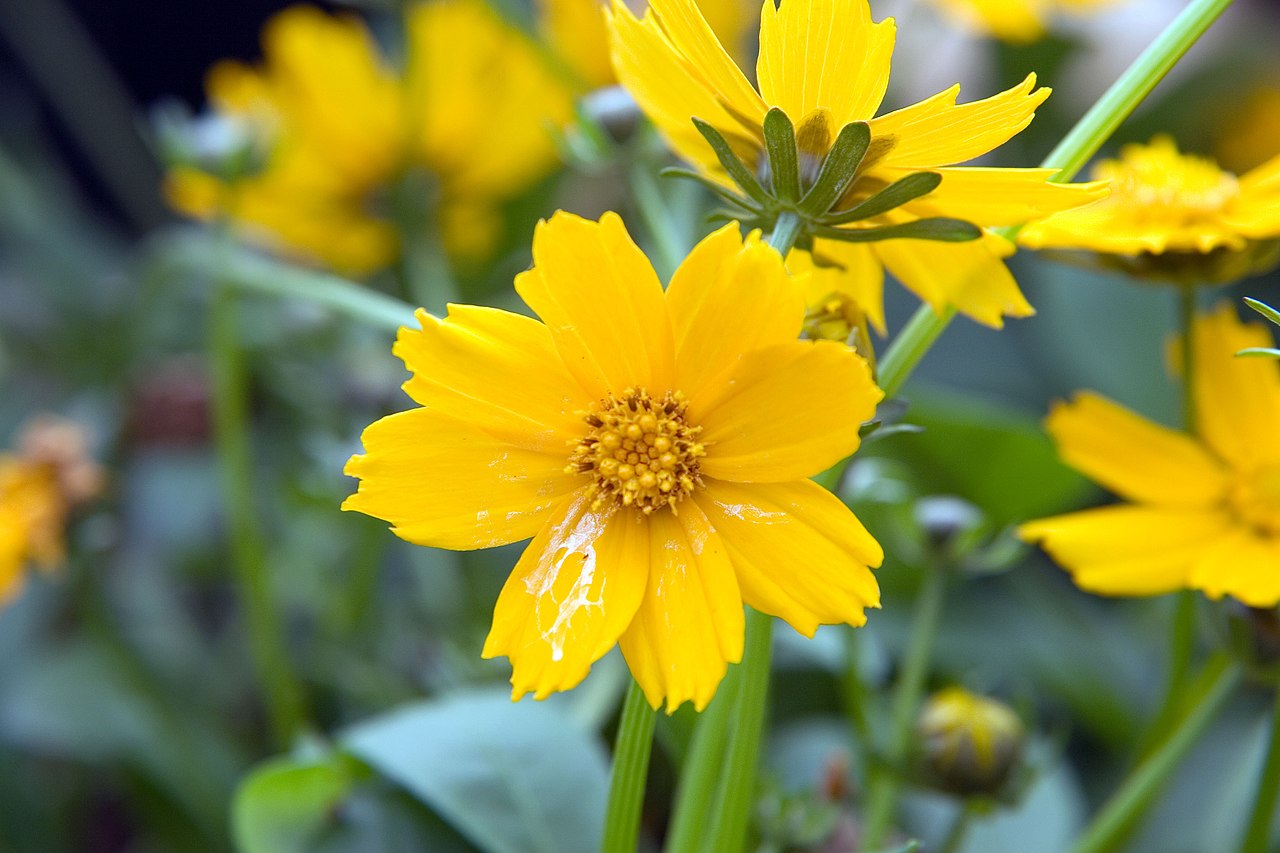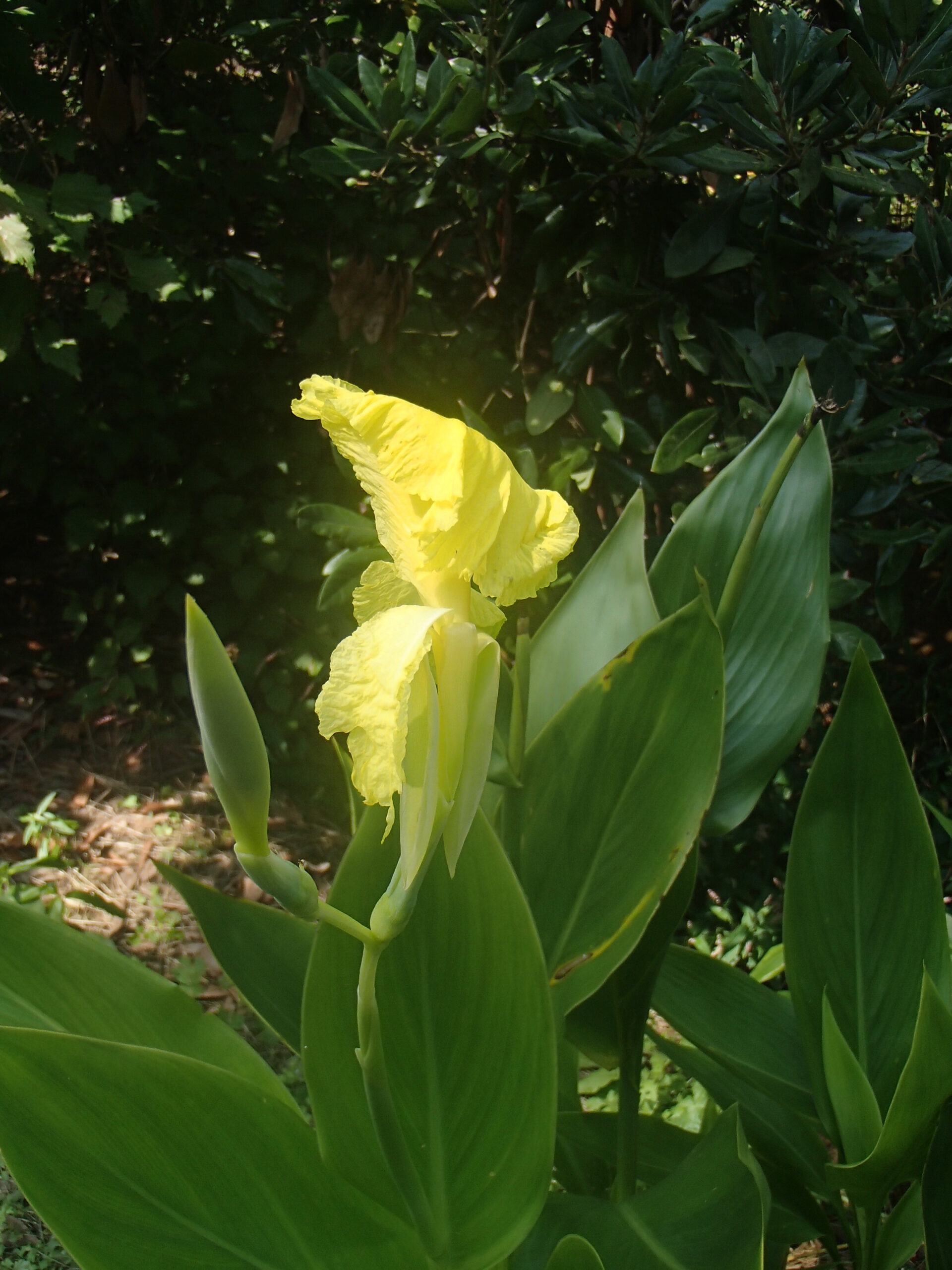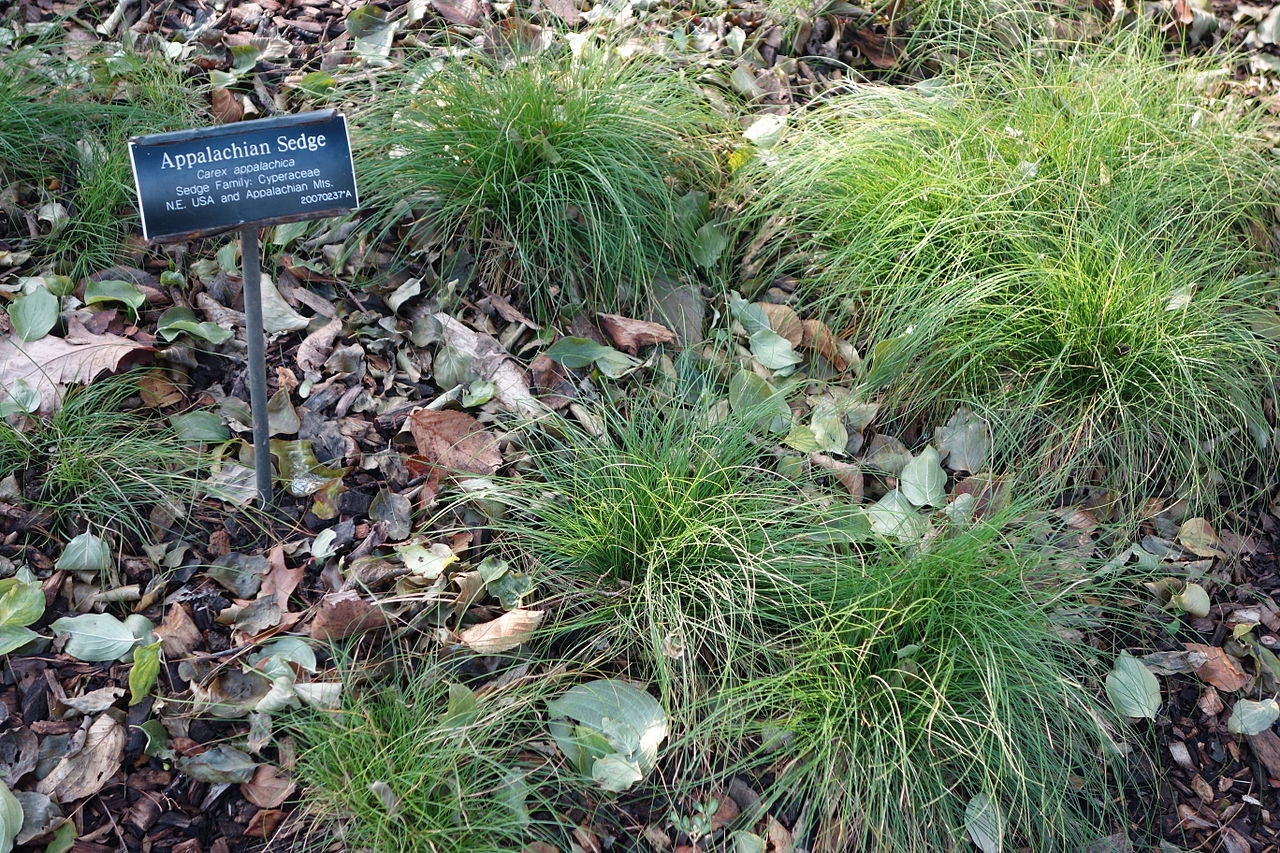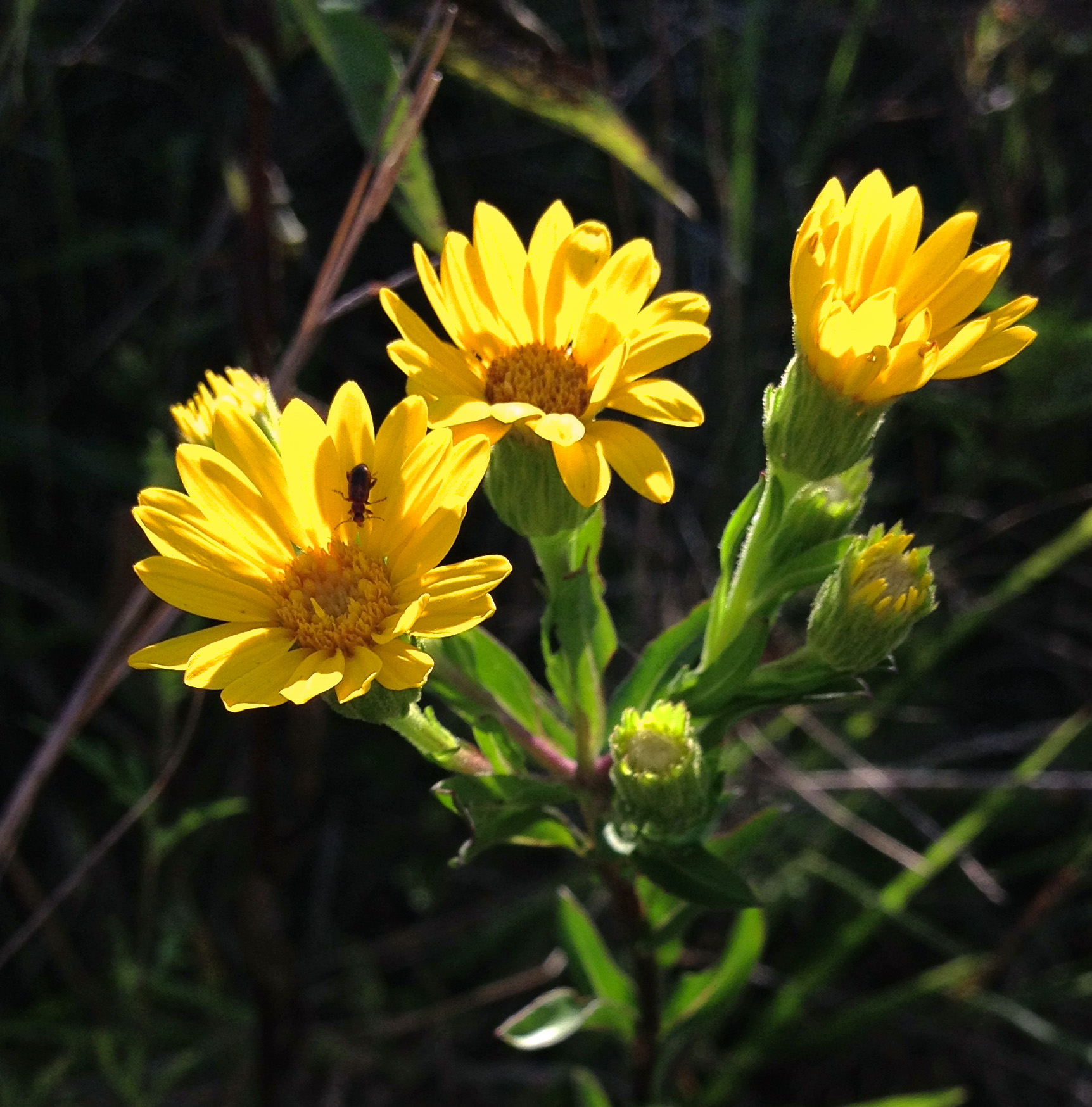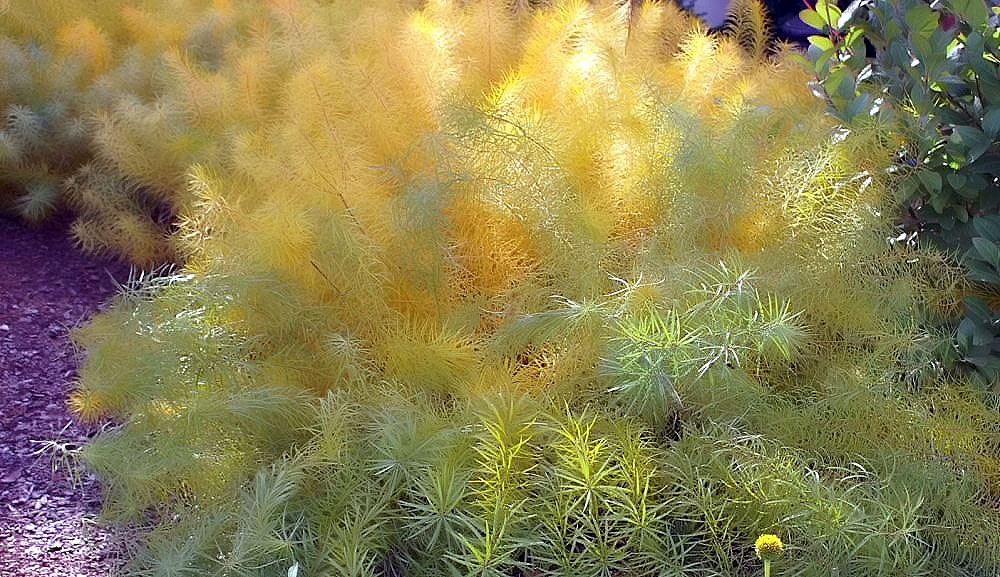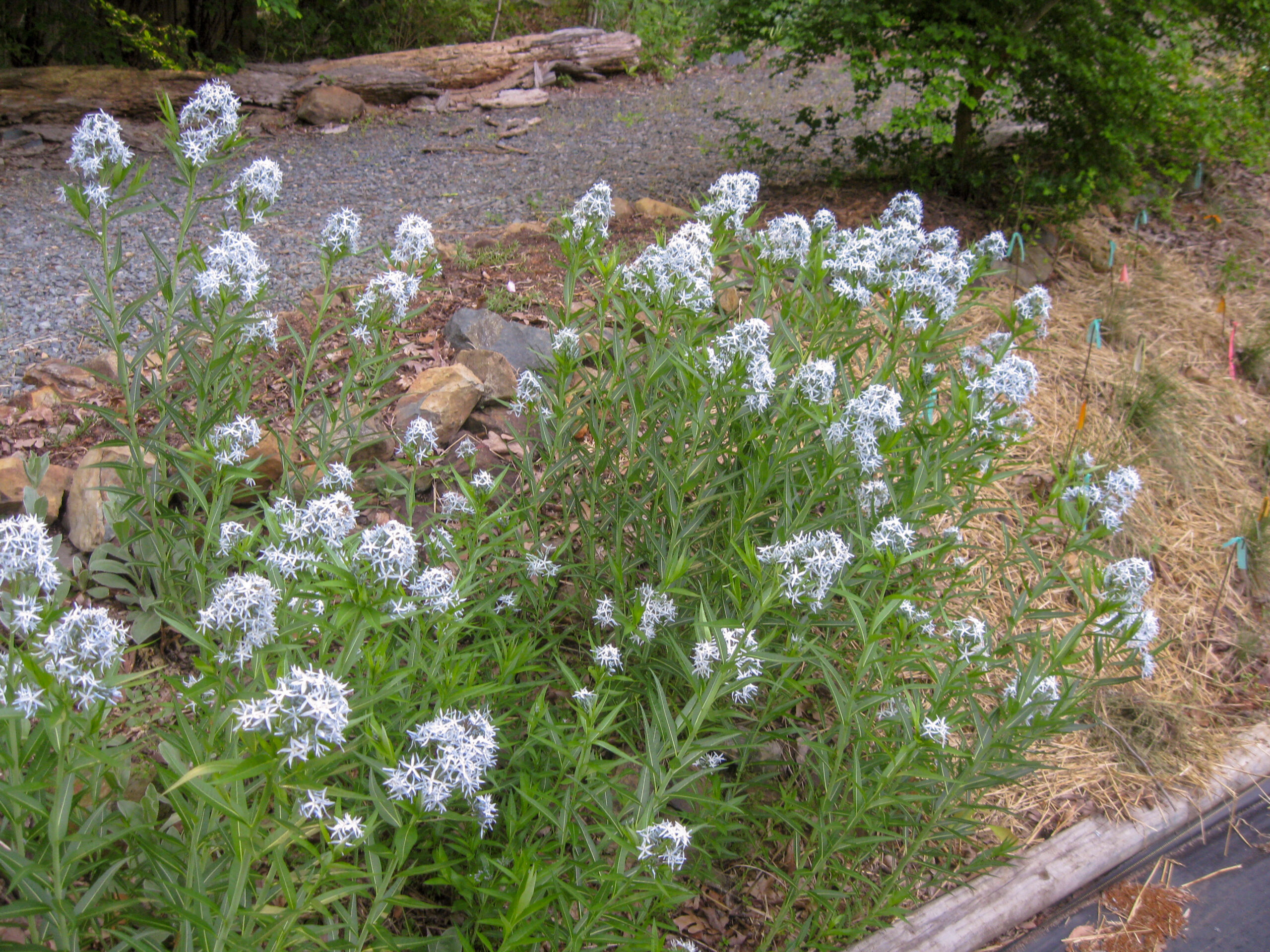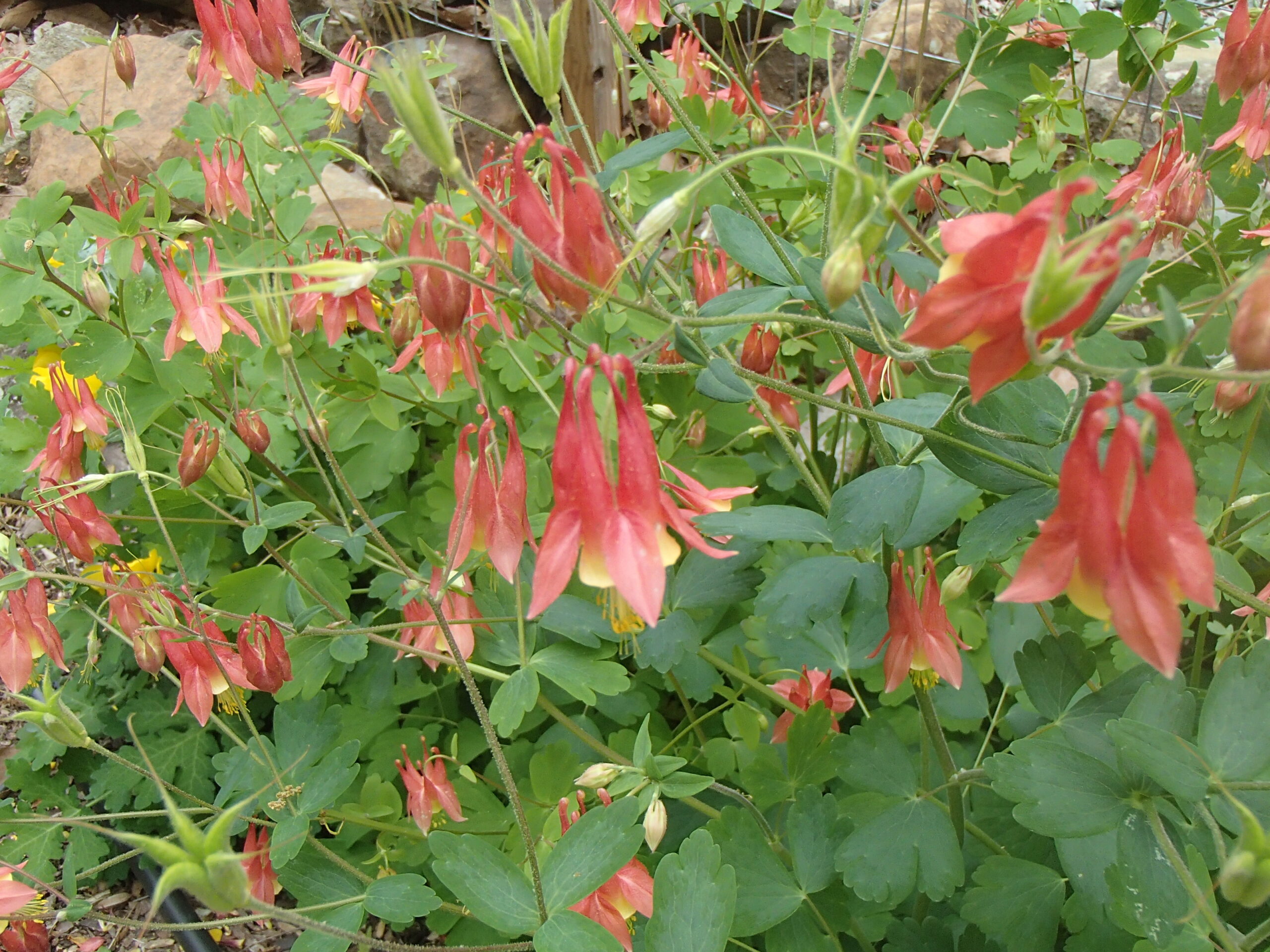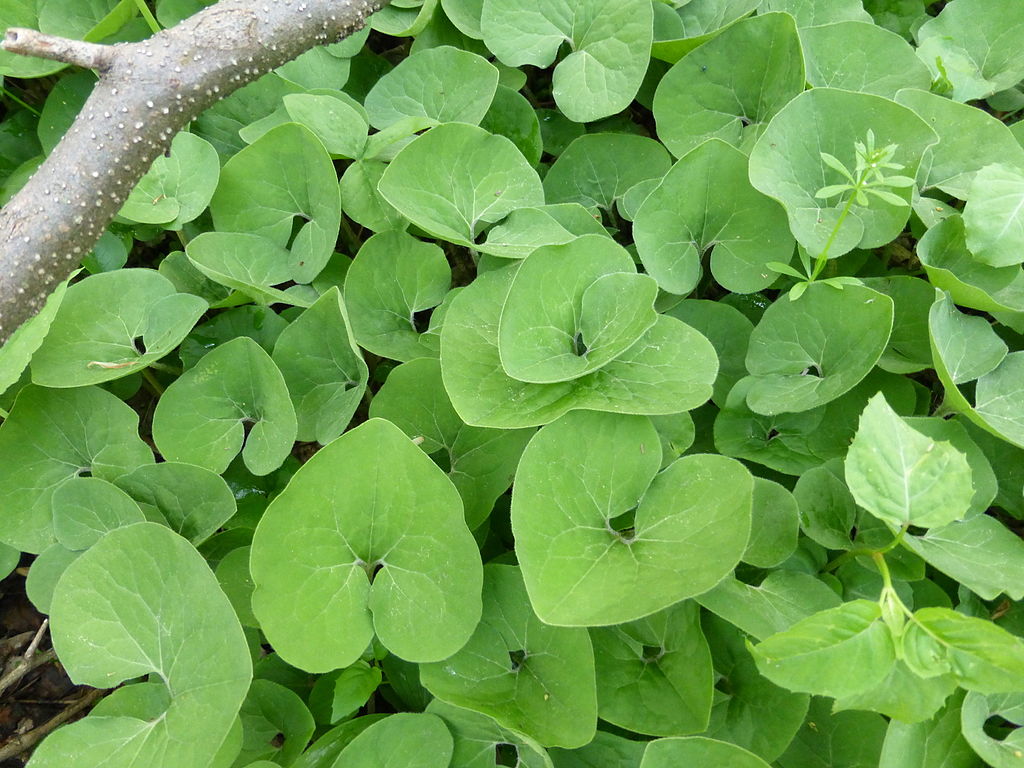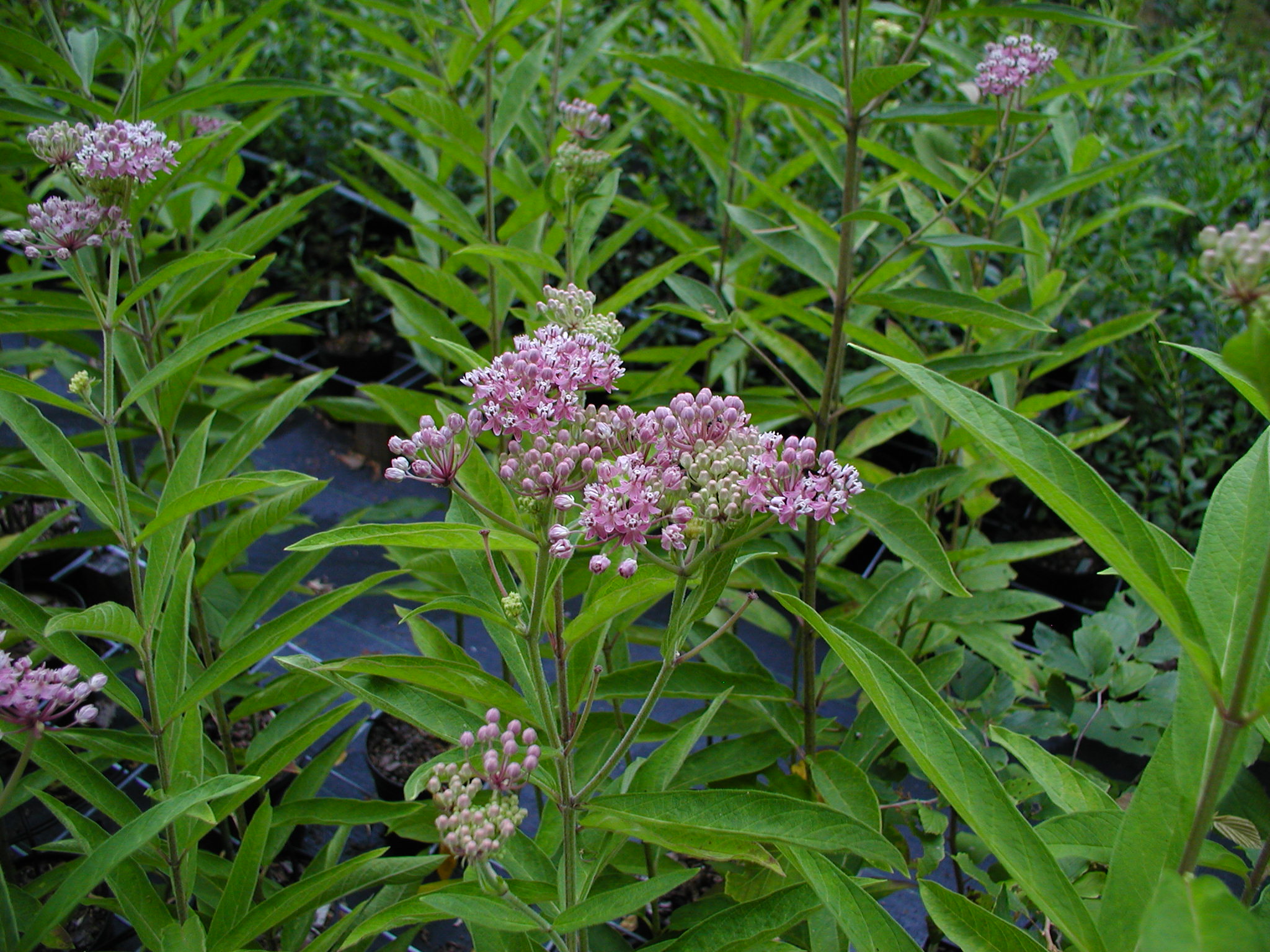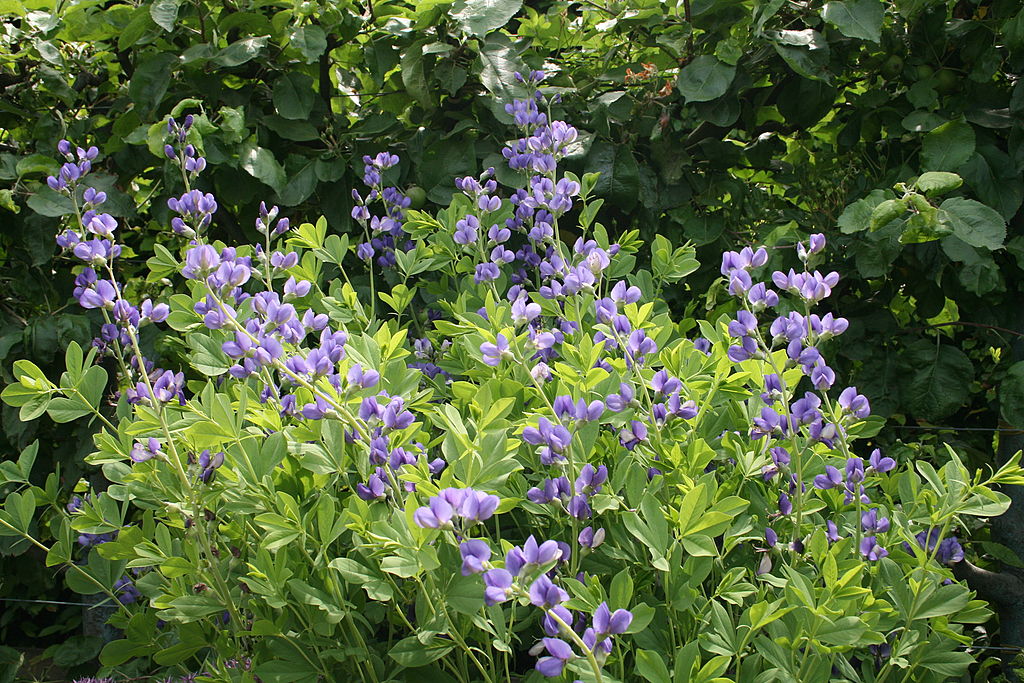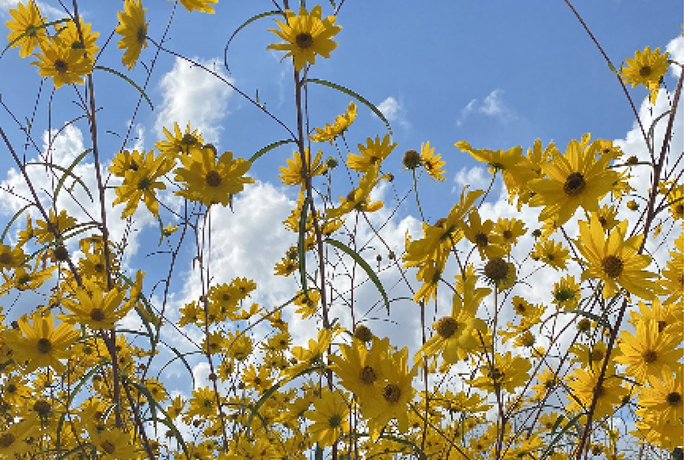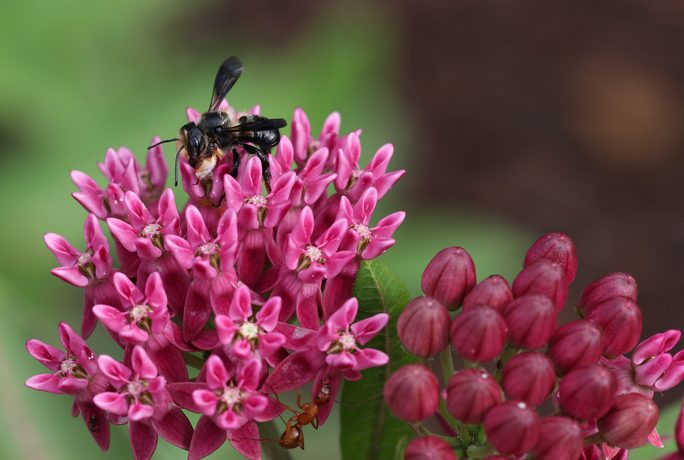NURSERY HOURS
Wednesday: 10-4 Thursday: 10-6 Friday-Saturday: 10-4 Sunday: 12-4
February 25, 2025
Sabatia kennedyana
Plymouth Rose Gentian is a perennial that occurs in wetlands. This low-growing plant blooms through summer and has pink radial shaped flowers which fade to white towards the middle, then yellow, surrounding a green disc. Flowers can have eleven or more petals. Seed pods start green then turn brown, containing lots…
February 25, 2025
Silphium perfoliatum
Cup Plant stands tall, ascending over its square stem with bright yellow radial flowers, resembling sunflowers. The leaves have a rough texture, have serrate margins, and are arranged opposite on the stems. Higher up the plant, leaves connect forming a cup, giving this plant its common name. Rainwater fills these cups,…
February 21, 2025
Oligoneuron album
When looking at White Goldenrod, one may be tempted to say it’s an Aster or Daisy, and this has also been up for debate for some time. However, the consensus now is that they are goldenrods. Although the blooms resemble asters, the foliage resembles that of other goldenrods, and the plant…
February 6, 2025
Delphinium exaltatum
Tall Larkspur is a quick-growing, late summer blooming perennial that grows in the North Carolina mountains and along the edges of woods. This plant can get up to six feet tall and has an arching habit. As it gets taller, it is a good idea to stalk the plant to prevent…
January 24, 2024
Chelone glabra
Chelone glabra, also referred to as White Turtlehead, is a clumpy, erect, leafy stemmed perennial in the Plantaginaceae family. It is most commonly found in moist areas along stream banks, open woodlands and swampy areas. It prefers full sun to part shade and grows 2-3 feet tall. The white and…
January 24, 2024
Veronicastrum virginicum
Veronicastrum virginicum, also referred to as Culver’s root, is an herbaceous perennial in the Plantaginaceae family. Its native habitat is woods, marshes, along stream banks and prairies, but makes a beautiful statement planted along woodland edges, in rain gardens, meadows, and cottage gardens. It prefers full sun to part shade…
January 24, 2024
Phyla nodiflora
Frogfruit is a charming, rapid growing perennial that serves as a wonderful groundcover, lawn substitute, or is attractive trailing in hanging baskets, pots, or even over boulders. It naturally occurs in wetlands or disturbed areas with moist soil, and may also be planted next to water gardens or as a…
January 24, 2024
Symphyotrichum georgianum
Georgia Aster is a beautiful woody perennial in the Asteraceae family. It is typically found in dry woodlands, along sunny edges or disturbed areas. It is one of the brightest Aster’s, blooming from late September to November, creating a show through the Fall. The flowers appear as small white to…
January 24, 2024
Salvia azurea
Blue Sage is a clump-forming, perennial wildflower in the Lamiaceae family, typically found in prairies, roadsides, and other open areas. It has wandlike stalks and leaves that have prominent veins on the underside. The flowers are lipped and tubular and show off with a beautiful shade of blue from July…
January 24, 2024
Campanula rotundifolia
Harebell is characterized by it’s delicate but showy light blue to purple flower that appear in spring and summer. It likes a variety of light conditions and prefers the soil to be on the dryer side. Harebell makes a magical appearance in cottage and rock gardens. It looks beautiful planted…
January 24, 2024
Aruncus dioicus
Goat’s Beard is a deciduous, clumping perennial herb in the Rosaceae family. It has erect stems with alternate and serrate dark green leaves. White flowers, male and female on separate plants, appear above the leaves in May and June. The flowers are star shaped and make great cut flowers. Not…
January 24, 2024
Echinacea pallida
Pale Purple Coneflower is an herbaceous perennial in the Asteraceae family. This plant certainly makes a statement, with large pale purple daisy-like flowers that bloom in late spring to early summer. Since it handles dryer soil better, it can also handle being put in containers. Pale Purple Coneflower attracts an…
January 24, 2024
Centrosema virginianum
Spurred Butterfly Pea is a climbing herbaceous perennial in the Fabaceae family. Long blooming, purple flowers appear from April through November. Bees and butterflies love this plant, making it a great addition to a pollinator garden. With its long blooming time, it fits well in a patio garden and its…
January 24, 2024
Boltonia asteroides
False Aster is a fall-blooming perennial in the Asteraceae family. White daisy-like petals, sometimes with pale pink or purple streaks, surround the bright yellow center. The leaves are evergreen, and a silvery green, lanceolate, and opposite. It thrives in full sun, but will also handle part shade. Over time it…
January 24, 2024
Baptisia tinctoria
In the Fabaceae family, Yellow Wild Indigo is an upright, shrubby, herbaceous perennial. It is low maintenance and works well in native cottage gardens, butterfly gardens, meadows, and drought tolerant gardens. The small, pea shaped flowers are showy and gold/yellow, and bloom from late Spring into Summer. The black, pod-like…
January 24, 2024
Baptisia albescens
Spiked White Wild Indigo is a sun-loving herbaceous perennial in the Fabaceae family. This plant has obovate, three-parted leaves that is characteristic of all false indigo, that turn black when dried. In late spring and early summer, spikes of white pea-like flowers make a show. Legume shaped pods make an…
January 24, 2024
Baptisia alba
White Wild Indigo is a long-lived perennial in the Fabaceae family. In late spring, white pea- like blooms appear, followed by puffy bean pods in summer through early fall. As with many legumes, this plant can handle poor soils, and dry conditions. White Wild Indigo is a host plant for…
January 24, 2024
Viola sororia
Common Blue Violet is a semievergreen short lived perennial in the Violaceae family. This plant readily self-seeds, making it a good groundcover. It also handles a bit of foot traffic, so can also be considered as a lawn alternative. The leaves and flowers are edible, and can be eaten raw…
January 24, 2024
Optunia humifusa
Eastern Prickly Pear is an evergreen perennial in the Cactaceae family. This cactus makes a great container plant, or will do well on slopes or dry areas. Yellow, orange, or red flowers appear in summer followed by bright red/burgundy fruit. The fruit and the pads are both edible raw or…
January 24, 2024
Chasmanthium latifolium
Part of the Poaceae family, River Oats shimmers beautifully in the wind throughout summer and fall. This ornamental grass is deciduous and blooms from June through October, showing spiked panicles that start off green, fading to tan, then finally to purplish copper. Not only do birds and small mammals love…
January 24, 2024
Achillea millefolium
Yarrow is a deciduous perennial in the Asteraceae family. Enjoying full sun and a variety of moisture conditions, it is often found in meadows, prairies, and roadsides. Deer tend to avoid this plant due to its low toxicity, so keep that in mind when planting if you have pets. Yarrow…
January 24, 2024
Asplenium platyneuron
Ebony Spleenwort is an evergreen perennial fern in the Aspleniaceae family. A small fern, the alternate serrate fronds only come at about 8 inches to one foot and 8 inches tall. If you have a particularly dry and shady area, this is a fantastic plant to consider. Being one of…
January 24, 2024
Viola pedata
Bird’s Foot Violet is a low growing perennial in the Violaceae family. It is considered by many gardeners to be one of the more difficult violets to grow, and unlike most violets it prefers full sun. Light blueish-purple flowers bloom sometime between March and May, and sometimes again in autumn.…
January 24, 2024
Trillium cuneatum
Sweet Betsy’s Trillium is a spring ephemeral in the Trilliaceae family. It prefers part to full shade, and moist well-drained soils. It has large ovate leaves and green, burgundy to maroon flowers. Sweet Betsy’s Trillium is a great addition to any rock garden, shade garden, or woodland garden.
January 24, 2024
Sedum ternatum
Woodland Stonecrop is the only succulent we currently offer at Rachel’s Native Plants, and it’s a special one. In spring to early summer, white flowers hover over fleshy green leaves, attracting many pollinators. Not being picky, it thrives in a variety of light conditions, as long as the soil doesn’t…
January 24, 2024
Tradescantia virginiana
Virginia Spiderwort is a lovely perennial in the Commelinaceae family that comes in shades of blue and purple. Although it prefers soil on the wet side, it can handle both full sun and full shade. Virginia Spiderwort has edible flowers that have sometimes been used in teas. It makes a…
January 24, 2024
Physostegia virginiana
Obedient Plant is a perennial in the Lamiaceae family that you may want to consider if you have a particularly wet area in your garden. Pink, lavender, or white tubular flowers in clusters will grace your garden in late summer to fall. Obedient Plant loves a full sun to part…
January 24, 2024
Lilium michiganense
Michigan Lily is a perennial in the Liliaceae family. It has erect stems with whorled, sword-like leaves. The stems branch off at the top, with as many as eight bright orange, downward facing flowers. This lily prefers sun to part shade, and moist well-drained soils. Michigan Lily has a bright…
January 24, 2024
Iris versicolor
Blue Flag Iris is a perennial bulb in the Iridaceae family. It has blue-green sword-like leaves surrounding an erect stem topped with a showy blue or purple flower with six petals. This iris thrives in full sun to part shade and likes a higher moisture content in the soil. However,…
January 24, 2024
Fragaria virginiana
Wild Strawberry is a semi-evergreen groundcover in the Rosaceae family. It blooms in early spring, showing white flowers that will become edible berries by the end of the summer. Although it can handle occasionally dry soil, it prefers moist well-drained soils. Wild Strawberry, like others in the Fragaria genus, support…
January 24, 2024
Gaillardia pulchella
Blanketflower is a short-lived perennial in the Asteraceae family. Although short-lived, it has a long bloom time, from Spring until the first frost. Flowers are bright red, orange, to yellow and daisy-like. The name Blanketflower comes from the pattern on the petals resembling woven blankets. Propagation is best done by…
January 24, 2024
Caulophyllum thalictroides
Blue Cohosh is an ephemeral perennial in the Berberidaceae family, usually found in oak filled woods. Yellow green flowers appear before the leaves have developed in spring. Leaves start out blue-green then become more green as they mature. In late summer, bright blue berries appear. Although ornamental and great wildlife…
January 24, 2024
Rudbeckia laciniata
Cutleaf Coneflower is a deciduous perennial in the Asteraceae family. Bright yellow daisy-like flowers appear in summer through early fall. The leaves are deeply lobed or “cut” which the common name refers to. As with most coneflowers, this plant prefers full sun to part shade. It can get pretty tall,…
January 24, 2024
Rudbeckia subtomentosa
Sweet Coneflower is a herbaceous perennial in the Asteraceae family. This coneflower likes full sun to part shade, and would love to shine in a cottage garden or cut flower garden. Bright yellow petals surround brown disks in summer and fall, then birds enjoy the seeds after the flowers are…
January 24, 2024
Oenothera tetragona
Northern Sundrops are evergreen wildflowers in the Onagraceae family. Bright yellow cup shaped flowers resembling primrose show over the reddish green leaves in summer. Given its appearance, it would look great in a cottage garden or cut flower garden. Its ability to withstand dryer, rockier soils makes it a good…
January 24, 2024
Mimulus ringens
Allegheny Monkeyflower is a wet-loving herbaceous perennial in the Phyrmaceae family. Purple, pink, or blue flowers are shaped like monkey faces, hence the common name. This plant does best in full sun to part shade and prefers moist conditions with rich soil. Allegheny Monkeyflower would do well next to a…
January 24, 2024
Meehania cordata
Meehan’s Mint is a deciduous perennial vine in the Lamiaceae family. Its creeping habit makes it a great groundcover or green mulch, and it would do well in a shaded pathway. This flower blooms in late spring through early summer with light purple blooms. This species prefers to be in…
January 24, 2024
Liatris microcephala
Dwarf Blazing Star is a stunning summer blooming perennial in the Asteraceae family. This plant loves full sun and can tolerate dryer, rockier soils. This makes it a great consideration for a dry area or rock garden. Purple showy flowers cluster in an erect fashion on this flower. The bright…
January 24, 2024
Filipendula rubra
Queen of the Prairie is a large perennial wildflower in the Rosaceae family. Preferring moist soil, it does well in bogs, rain gardens, and moist meadows. It can tolerate full sun, and even prefers it, as long as the soil does not dry out. The leaves are large and make a…
January 24, 2024
Erigeron pulchellus
Robin’s Plantain is a biennial or short-lived perennial in the Asteraceae family. Even though it is short lived, it spreads by stolons and self-seeds. In April to June, clusters of lavender or pale pink flowers with yellow disks shine. Given its daisy-like appearance, it would do well in cottage gardens.…
January 24, 2024
Actaea racemosa
Black Cohosh has showy white stamens, attracting many native bees, from May through August. It is a host plant for many butterflies, including the Spring Azure, Holly Blue, and Appalachian Azure. Given its aesthetic, it would look fantastic in a cottage garden. This perennial prefers part to full shade, and…
January 22, 2024
Vernonia lettermannii
Ironweed is a deciduous perennial in the Asteraceae family. In summer, showy purple flowers reach above the needle-like foliage. Preferring moist, well-drained and occasionally dry soil, this plant is drought hardy. Ironweed does well in rocky soil, making it a good choice for a rock garden. If deer are a…
January 22, 2024
Saururus cernuus
Lizard’s Tail is a stunning deciduous perennial in the Saururaceae family. Blooming in summer, it has a unique appearance. Little fragrant white flowers cluster on a drooping spike, attracting small pollinators. Lizard’s Tail frequently occurs in wetlands, making it a good candidate for areas in your garden that are prone…
January 22, 2024
Symphyotrichum laeve
Smooth Blue Aster is a deciduous perennial in the Asteraceae family. In fall, lavender to blue daisy-like flowers attract butterflies and specialized bees. This plant is a host for Pearl Crescent Butterflies. Smooth Blue Aster likes full sun to part shade and can handle a variety of soil conditions, if…
January 22, 2024
Thermopsis villosa
Carolina Lupine is a deciduous perennial in the Fabaceae family. Showy yellow flowers grace this plant in late spring or early summer, making it a good cut flower. Pollinated by bees, butterflies, and moths, it is a host plant for the Persius Duskywing. It likes full sun to part shade…
January 22, 2024
Ampleaster carolinianus
Climbing Aster is a deciduous woody vine in the Asteraceae family. This plant can handle a variety of soils and moisture conditions, and is deer resistant too! Pink to lavender flowers bloom in late fall, making it the final bang of the growing season. With its dense growing habit, it…
January 22, 2024
Heuchera villosa
Hairy Alumroot is an evergreen perennial in the Saxifragaceae family. Not only can this plant handle a good bit of shade, but it is also black walnut tolerant. Pink to white flowers bloom above the mounding leaves in summer. Leaves are velvety and rosulate, with serrate margins and are gold,…
January 22, 2024
Juncus effusus
Common Rush is an evergreen rush in the Juncaceae family. Green basal sheaths surround the stem of this plant, topped with yellow to copper spiky irregular cymes. Common Rush needs full sun and moist soil to thrive. It would do well in a container as long as it’s well watered.…
January 22, 2024
Coreopsis gladiata
Coastal Plain Tickseed is a deciduous perennial in the Asteraceae family. Bright yellow rays surround a purplish brown disk in summer, but it can bloom longer. Full sun to part shade is this plant’s preference, making it good for a meadow or sunny location. Naturally occurring in wetlands, this species…
January 22, 2024
Carex radiata
Eastern Star Sedge is a cool season grass in the Cyperaceae family. Growing in shady areas, it is a great lawn alternative where sun-loving turf grasses won’t survive. This sedge grows well in wet soil, making it perfect for filling in a rain garden. In spring through summer, white achenes…
January 22, 2024
Caltha paltustris
Marsh Marigold is an herbaceous perennial in the Ranunculaceae family. Found naturally in wetlands, it would do well in a sunny wet location in your garden. Yellow flowers resembling buttercups show April to June. In spring, this plant does well with more sun, but would prefer shade from the hot…
April 10, 2022
Campanula rotundifolia
A delicate perennial with graceful, slender stems, usually in clusters, rising in height from 4-15 in. The stems can be weak so that the entire plant bends over. Its rounded, basal leaves wither early while the narrow, stem leaves remain. Blue-violet bell-shaped flowers hang singly or in clusters along the top…
April 10, 2022
Blephilia ciliata
Downy Wood Mint is a wildflower in the mint family native to the central and eastern part of the U.S.A. Plant it in the full sun to partial shade in well drained soil and enjoy its blue-purple flowers from late spring to mid-summer. Minty leaves can be eaten raw and used…
April 10, 2022
Antennaria plantaginifolia
Antennaria plantaginifolia, or Pussytoes, is a herbaceous perennial, native ground cover in the Asteraceae family. The plant consists of a basal rosette of leaves and an erect stem bearing the flowers. It does best planted in full sun in lean, dry rocky soil with little organic matter. It suffers in soils…
April 10, 2022
Actaea racemosa
Black Cohosh is an upright rhizomatous perennial native to eastern North America. It is found in a variety of woodland settings from Maine south to Georgia and west to Missouri and Arkansas. It prefers rich moisture-retentive soils in partial to full shade and can be slow to get established. Ideally, it…
November 13, 2021
Packera aurea
Golden Ragwort is a very versatile flowering perennial member of the Asteraceae which we have found useful in various garden circumstances. It is native to the entire Eastern half of the U.S., and in North Carolina it is reported to occur in mountain and piedmont counties. While USDA says it occurs…
November 12, 2021
Kosteletzkya pentacarpos, previously known as Kosteletzkya virginica
Seashore Mallow is a lovely, salt tolerant herbaceous perennial (some call it a subshrub) native to the Eastern shore of the U.S. The toothed, roughly triangular leaves and stems are softly hairy with tiny stellate (star-shaped) hairs. An obligate wetland plant, it thrives in full sunlight and wet soil. It is…
November 12, 2021
Mertensia virginica
Virginia Bluebells is a magical spring ephemerel plant, an absolute must for every garden with a spot of shade! It is an early spring riser with soft, floppy, grey-green, oval shaped leaves. The flower buds are pink, bluish pink or lavender as they uncoil near the top of each stem, then…
November 5, 2021
Erythronium americanum
Recognized by its paired, green-and-brown/maroon spotted leaves (like trout), the Trout Lily is sometimes called Dogtooth Violet for its white underground corm. Trout Lily is a lily, not a violet. It is a common spring ephemeral wildflower that grows in woodland colonies in Eastern North America, except for Florida. In North…
July 1, 2021
Arisaema triphyllum
Jack in the Pulpit is easily recognizable and is a unique spring ephemeral. The fleshy stalk and leaves lend an almost tropical aura to the plant. This perennial plant is about 1-2′ tall and wide. It loves part to full shade in woodland gardens and moist to wet conditions. Flowering plants…
June 20, 2021
Monarda punctata
Horsemint or Spotted Beebalm is an erect, mostly unbranched, perennial wildflower, instantly recognized by its unusual “stacked” arrangement of multiple whorls of two-lipped, cream-colored, purple-speckled tubular flowers on the same stem. Each whorl is subtended by attractive and persistent pink to lavender leaf-like bracts. Leaves are narrow with a fine grayish-white…
April 29, 2019
Hibiscus moscheutos ‘palustris’
This plant is not currently for sale. This is an archive page preserved for informational use. There is disagreement and confusion about whether Hibiscus moscheutos and Hibiscus palustris constitute separate species, subspecies, or varieties, and we are not in a position to clarify! We are proceeding with propagating and selling…
April 29, 2019
Phlox ‘Jeana’
Garden Phlox is a staple of the late summer and early fall garden and ‘Jeana’ is a super-rewarding cultivar of it to grow. It provides wonderful color with its bright pink, aromatic flower clusters, attractive to people, butterflies and hummingbirds alike. Named after a woman in Nashville who identified this genotype,…
April 29, 2019
Allium cernuum
Nodding Wild Onion is a delightful member of the onion family, a perennial herb which is beautifull as well as hardy and well behaved in the garden. Flat, grass-like leaves emerge as a clump from rhizomatous bulbs, followed by taller, round, leafless flowering stalks which bend over, dangling clusters of dainty…
April 29, 2019
Chrysogonum australe
Green-and-Gold, of which there are several forms, is a hardy, low-growing, long-blooming herbaceous perennial found along woodland edges and clearings on the East coast from New York south to Florida and west to Louisiana. With attractive, semi-evergreen foliage, bright yellow 1.5-inch daisy-like flowers on fuzzy stalks for much of the growing…
April 29, 2019
Eryngium yuccifolium
Rattlesnake Master is a forb characteristic of the tall grass prairie but it is native to the eastern portion of the U.S. south of West Virginia. It has unusual form — some say architectural — as well as color (greyish green throughout), reminding one of a desert plant. Rattlesnake Master has…
April 29, 2019
Helianthus ‘Mellow Yellow’
Swamp Sunflower is a clump-forming, upright, late-blooming perennial sunflower — the latest flowering of the sunflowers (October and even November). It is found in bottomlands, swamps, and other natural wet habitats as well as in disturbed wet areas, on roadsides and in ditches. It thrives in full sun in moist soils…
April 29, 2019
Hibiscus coccineus
Although Scarlet Rosemallow in nature grows in wet places (the Wetland Indicator Status is “Obligate”), this herbaceous perennial thrives in upland gardens, and should be invited to do so! Adjectives such as “statuesque” and “architectural” come to mind. If given a sufficiently large sunny space, Rosemallow will express its full natural…
April 29, 2019
Hibiscus laevis
This plant is not currently for sale. This is an archive page preserved for informational use. The Halberdleaf Rosemallow is a big (3-6 feet), wet-loving herbacious perennial found in a few coastal and piedmont counties in NC but which is much more common in the Mississippi River valley and midwestern…
April 29, 2019
Hibiscus moscheutos ‘moscheutos’
Crimson-eyed Rosemallow is a robust wetland herbaceous perennial native to most of Eastern North America up to New York. It is shrub-like, with multiple, unbranched stems 3-7′ in height. Large, single flowers occur in upper leaf axils, with delicate petals ranging from white to pink but always with a maroon “eye”.…
February 28, 2019
Zizia aurea
Zizea aurea, or Golden Alexander, is an herbaceous perennial found in piedmont and mountain counties of NC but is much more widespread in the midwest, north central and northeastern states. It consists of 30-inch, branching, erect, reddish, ridged stems which, like others in the carrot family, are hollow between the nodes.…
February 28, 2019
Asclepias verticillata
Whorled Milkweed is a tough, attractive herbaceous perennial easily grown in dry, sunny locations in naturalistic as well as garden settings. It is on the small side, reaching 2.5 feet high and wide, with bright white flowers and delicate, whorled foliage. Like all Milkweeds, it is toxic to livestock, so it…
February 28, 2019
Penstemon digitalis
This herbaceous perennial is most rewarding to grow. From an attractive persistent basal rosette, vigorous, sturdy stems with dark green foliage rise to about 3 feet, terminating in branched panicles of numerous, showy, bright white, 1-inch tubular flowers which last a long time for an early season plant (spring to early…
February 28, 2019
Stylophorum diphyllum
Beautiful Wood Poppy is reported in a number of scattered counties centering on Kentucky, Indiana, and Illinois, peripherally in Tennessee and Virginia — close to, but not actually occurring in NC. Named (“diphyllum”) for a pair of deeply lobed leaves just below the 1-2- inch bright yellow, delicate flowers, the Wood…
February 28, 2019
Symphyotrichum cordifolium
The common Blue Wood Aster (of which ‘Avondale’ is a cultivar) is an herbaceous perennial native to a huge swath of north-central-eastern North America, and the counties in NC where it is reported represent the southeastern tip of its range. Found in dry to moist (well drained) deciduous woodlands and woodland…
February 28, 2019
Symphyotrichum oblongifolium ‘October Skies’ and ‘Raydon’s Favorite’
Aromatic Aster is a tried and true source of stunning blue color in the late season perennial garden, where it is seen to play dramatically against rich fall yellows and golds and oranges. It is shrub-like and bushy, compact, reaching 1-2+ feet and usually totally covered in blooms for up to…
February 28, 2019
Tiarella cordifolia collina
Foamflower is a beautiful, clumping flowering perennial with immense versatility for shady gardens, featuring racemes of starry florets with a “foamy” effect above foot-tall mounds of attractive basal foliage. The leaf shape may vary from almost heart-shaped to deeply lobed with pronounced venation, and the leaf veins are often tinged with…
February 28, 2019
Tiarella cordifolia cordifolia
Foamflower is a beautiful, clumping flowering perennial with immense versatility for shady gardens, featuring racemes of starry florets with a “foamy” effect above foot-tall mounds of attractive basal foliage. The leaf shape may vary from almost heart-shaped to deeply lobed with pronounced venation, and the leaf veins are often tinged with…
February 28, 2019
Uvularia perfoliata
This plant is not currently for sale. This is an archive page preserved for informational use. Bellwort is a beautiful understory wildflower that sprouts up delicate green in early spring (April) in shady, dry-to-mesic woods or wooded gardens in piedmont and mountain counties in North Carolina. Found from Massachusetts southward, it…
February 28, 2019
Sisyrinchium angustifolium
Blue-Eyed Grass is a graceful and fetching herbaceous perennial in the Iris family which resembles a small bunch grass — until it flowers. Blue, 6-parted, with pointed tepals (petals and sepals) with golden centers, the distinctly not-grassy flowers are held on flattened, branched flower stalks just a bit above the straplike…
February 28, 2019
Solidago caesia
Wreath (or Bluestem) Goldenrod could have been so named for its plant form, growing to 2-3′ in gracefully arching, mostly unbranched shoots with bright flowers positioned in the axils of leaves all along the stems. It is smaller and less aggressive than most of its cousins, and more suitable for cultivation…
February 28, 2019
Solidago odora
Sweet Goldenrod is found in open woods and savannahs in coastal states from New Hampshire south to Florida and over to east Texas, and inland as far as Missouri. (In northern Florida there is a separate subspecies, Chapmanii.) It occurs in most of the counties of NC. Sweet Goldenrod grows to…
February 28, 2019
Spigelia marilandica
This plant is not currently for sale. This is an archive page preserved for informational use. Indian Pink is a beautiful and unique herbaceous perennial which is currently enjoying great popularity among native plant gardeners. This is a good thing as North Carolina lists it as Endangered and Natureserve lists it…
February 28, 2019
Stokesia laevis
This super-attractive, butterfly-drawing herbaceous perennial is small (1-2′ high x 1-2′ wide) with large (2-3 inch) very showy, usually single flowers ranging from cornflower blue (most often) to lavender and even, occasionally, white. The flower structure of Stokes aster reflects its membership in the Aster family: deeply notched blue or lavender…
September 17, 2018
Sarracenia minor
The Hooded Pitcherplant, native to the bogs of NC, SC, GA and FL, is a smallish pitcherplant, 8-16 inches tall. The pitcher consists of a green tube or trap which expands gradually from base up towards the hood; then, in an unbroken line, the hood arches smoothly, closely and protectively over…
September 17, 2018
Sarracenia purpurea
Sarracenia purpurea, or Purple Pitcherplant, differs from (most, not all) other species in this genus in several ways. Its pitchers are decumbent rather than upright, squatty and with a large lip; they are open to the sky instead of being protected by a hood, and are therefore probably full of water…
September 17, 2018
Sarracenia rubra
Although the Sweet Pitcherplant has a fragrant, maroon-colored flower at the top of a leafless stem, usually taller than the pitchers (about 10 inches), it is not the flower that fascinates people. The hollow pitchers of this insectivorous perennial plant are leaves modified to passively capture small animal creatures. Insects attracted…
September 17, 2018
Rudbeckia fulgida ‘Goldsturm’
This plant is not currently for sale. This is an archive page preserved for informational use. Black-Eyed Susan ‘Goldsturm’ — sometimes called “Orange Coneflower” even though it is neither orange nor an Echinacea — is one of the most popular, tried and true garden perennials. These beautiful golden flowers are easy…
September 17, 2018
Rudbeckia fulgida ‘fulgida’
This natural variety of Black-Eyed Susan is found in meadows and on roadsides in the eastern United States from New York to the Florida panhandle and west to Illinois and Mississippi. It is a lovely wildflower, hugely useful in the garden. The plant is 2-3′ high x 1.5 – 2′ wide…
September 17, 2018
Sanguinaria canadensis
A bright spring ephemeral and one of the first flowers to emerge in the brown, still-dormant forest, the Bloodroot is an exciting harbinger of wonderful things to come. The delicate white flower with prominent golden stamens emerges on a single stalk arising from a woody rhizome, opening during the day and…
September 17, 2018
Sarracenia x ‘Daina’s Delight’
‘Daina’s Delight’ is one of the largest and showiest of the carnivorous pitcherplants we sell at Cure Nursery, with beautiful pitchers up to 3 feet tall. The pitcher consists of a green to rusty red throat or tube, that begins the season deep red but later sports a striking white, ruffled…
September 17, 2018
Sarracenia ‘Dixie Lace’
‘Dixie Lace’ Pitcherplant is a hybrid, introduced by local NC botanists Larry Mellichamp and Rob Gardner. Technically, the lineage is: (Sarracenia leucophylla x Sarracenia rubra ssp. wherryi) x (Sarracenia psittacina x Sarracenia purpurea). A cross of two hybrid crosses! But do not be dismayed, the genes are local as all Sarracenias…
September 17, 2018
Sarracenia ‘Mardi Gras’
‘Mardi Gras’ is one of the most beautiful of the pitcher plants — an herbaceous perennial presenting as a sturdy clump of modified leaves (pitchers) averaging 1′ tall. The pitcher is an insect trap, consisting of an undulating, often flared, frilly hood with a striking pattern of deep rose veins and…
September 17, 2018
Sarracenia flava
Yellow Pitcherplant is an herbaceous perennial up to 3′ tall found in sandy bogs in the coastal plain regions of Virginia and south to Florida and west to Alabama. Like all pitcherplants, S. flava thrives in full sun. The long throat or tube is quite slender, and the hood is reflexed,…
September 17, 2018
Sarracenia leucophylla
White-topped Pitcherplant, according to Wikipedia, is not a N.C. native, but an introduction, actually endemic to Deep South gulf coastal areas. It is a popular pitcherplant because of its lovely coloration — with white pigmentation, delicately cut by green or red veins, on the hood and the uppermost part of the…
September 17, 2018
Podophyllum peltatum
The Mayapple is a foot-tall herbaceous perennial that grows in open mixed deciduous hardwood forests and alluvial woodlands and meadows in much of eastern U.S. It is valued for what it does best, which is to form dense colonies in part to full shade, usually from the rhizomes of a single…
September 17, 2018
Polemonium reptans
Jacob’s Ladder is a sweet herbaceous perennial wildflower not common in N.C. (only in 2 counties), but native to rich, moist woodlands in much of Eastern North America. The flowers are a dainty, bright shot of blue on 1 -1.5 foot high spray of foliage in a spring garden. From April…
September 17, 2018
Polygonatum biflorum
Solomon’s Seal is a graceful plant which enriches the woodland haitat without competing with the larger specimens there. It grows slowly but surely in the deer-protected understory to be a beautiful show throughout the growing season. The individual plant is an arching single stem with alternate, shiny leaves and pairs of…
September 17, 2018
Pycnanthemum virginianum
Virginia Mountain Mint is an herbaceous perennial of the Mint family found mostly in north central and north eastern U.S. Two counties in NC are among a very small handful of counties reporting this plant in the southeast. Nevertheless, we are respectful of its potential value in our landscape for a…
September 17, 2018
Marshallia obovata
Piedmont Barbara’s Buttons is found in moist, well drained roadsides and fields from south-central Virginia to Florida. That said, it is truly our own wildflower as in NC, it is actually only reported in the very central counties of the state. A basal rosette of narrow leaves gives rise in early…
September 17, 2018
Monarda didyma
Beebalm is a showy herbaceous perennial herb in the Mint family, very popular in Southeastern gardens for its long bloom time and easy nature. Bright red, somewhat coarse flowers are supported by sturdy, three-foot tall, square stems in July and August here in the piedmont, making excellent cut flowers.Our southern Appalachians…
September 17, 2018
Monarda fistulosa
Wild Bergamont is a fantastic wildflower native to almost every state in the country! Like other members of the mint family, it has square stems with coarsely toothed and slightly hairy opposite leaves. Wild Bergamont flowers are…well, kind of wild; they are lavender to pink, with irregular tubular petals, protruding from…
September 17, 2018
Oenothera fruticosa
Southern Sundrop is a day-flowering perennial (from the Evening Primrose family) native to much of Eastern North America and reported nearly throughout NC. Its habit is upright, (two feet tall x 1.5 feet wide), a little sprawling, with an overwintering evergreen basal rosette. It’s obvious value in the garden is from…
September 17, 2018
Pachysandra procumbens
This plant is not currently for sale. This is an archive page preserved for informational use. Allegheny or Mountain Spurge is a short, shrubby ground cover which barely reaches a foot tall. Grown in dappled sun to full shade, it spreads by rhizomes to form a carpet of semi-toothed, crisp blue-green…
September 17, 2018
Penstemon smallii
Small’s Beardtongue is a bright perennial wildflower which naturally grows in the rocky soils of the Blue Ridge Mountains. Green to purplish stems rise from an attractive bronzy-tinted winter rosette. In early summer, it has tubular, snapdragon type bright pinkish-purple blossoms that attract hummingbirds and beneficial insects. They are lavender on…
September 17, 2018
Phlox divaricata
Wild Sweet William or Woodland Phlox is a beautiful and beloved wildflower that can brighten a shady area in need of spring color, — ranging from a soft exquisite true blue to lavender and occasionally, white. It occupies a position between the low groundcover phloxes and the tall garden phloxes. During…
September 17, 2018
Phlox maculata
Speckled Phlox is an upright, clumping, herbaceous perennial with beautiful bright clusters of small, aromatic, tubular flowers. It grows in moist meadows, along riverbanks and in bottomland woodland openings in the eastern mountains and piedmont and in the midwest, although it is not really common in the wild. Generally unbranched, the…
September 17, 2018
Phlox stolonifera ‘Sherwood Purple’
Phlox stolonifera, or Creeping Phlox, is a low-growing Phlox found in rich deciduous woodlands, along stream banks and shaded rocky slopes mostly in the Appalachian Mountains from Pennsylvania to Georgia. Unlike the other ground-hugging Phloxes, therefore (which hale from more xeric locales), this one thrives in shady and semi-shady niches on…
September 17, 2018
Phlox subulata ssp. subulata
Phlox subulata, often called Moss Pink even though it comes in as many colors as the other groundcover Phloxes, is a mat-forming, sun-loving, semi-evergreen herbaceous perennial found in rocky and sandy barrens from New York to Michigan and south to Georgia and Louisiana. Leaves are needle-like or linear, and the vegetative…
September 17, 2018
Phlox subulata ‘Amazing Grace’
Phlox subulata ‘Amazing Grace’ is a cultivar of Phlox subulata ssp. subulata (see that entry). The flowers of ‘Amazing Grace’ are bright white with the tiny golden exserted stamens closely surrounded by small maroon markings (nectar guides) at the base of the petal lobes. The USDA plant distribution map linked below…
September 17, 2018
Maianthemum racemosum
Solomon’s Plume is a widespread perennial, reported in all of the U.S. mainland states, but conspicuously almost entirely absent from the coastal plain from NC down to Florida and over to Texas and throughout the great plains. It is abundant here in the piedmont, with gracefully arching, unbranched stems reaching up…
September 17, 2018
Iris cristata Aiton
Dwarf Crested Iris is beloved in southern gardens as it is a beautiful and easy groundcover. In nature, it is found in rich or rocky wooded slopes and stream banks in Eastern states, well inland from the coast, and in NC is reported in mountain and piedmont counties only. Dwarf Crested…
September 17, 2018
Liatris spicata
Dense Blazing Star is a clump-forming perennial found naturally in moist meadows in Eastern North America. In the Carolinas it is reported mostly in coastal counties. Dense Blazing Star gets its name from its spectacular bottle brush flower stalks, which rise straight and sturdy to four or five feet from grass-like…
September 17, 2018
Liatris squarrosa
Scaly Blazing Star is un upright herbaceous perennial found in high quality natural habitats including openings in upland rocky woodlands, dry ditches and and barren savannas from the eastern Great Plains eastward to Virginia and south. In NC it is reported mostly in piedmont counties. Scaly Blazing Star is one funky…
September 17, 2018
Lobelia cardinalis
Cardinalflower is a handsome wildflower known for it vibrant red (occasionally white or rosie pink) floral spikes on sturdy, upright stems three to four feet tall and occasionally taller. It is valued by gardeners not just for the deep scarlet color and relatively tall, erect form but also because it attracts…
September 17, 2018
Lobelia siphilitica
The Great Blue Lobelia is a colony-forming, clumping perennial which is well known for its long-lasting, deep violet-blue floral spires from late summer to mid-autumn. The deep blue floral racemes play exceedingly well against the dominant yellows of other fall garden greats, and draw their own share of butterflies, bees and…
September 17, 2018
Eupatorium perfoliatum
Boneset or Thoroughwort is a hardy perennial which is found throughout the Eastern half of North America in sunny, low, wet roadsides and fields. The plant grows three to four feet in height with multiple, hairy stems branched only near the top. These terminate in bright white clusters, up to eight…
September 17, 2018
Eurybia divaricata
White Wood Aster is a two foot-tall, rhizomatous, drought-tolerant herbaceous perennial which grows in open, dry woods and shady clearings in much of the Eastern U.S., including many mountain and piedmont couties in NC. This plant lights up shady, dry woodland sites with delicate white daisy-like flowers from September to November.…
September 17, 2018
Eutrochium dubium ‘Little Joe’ (formerly Eupatorium)
Coastal Plain or Dwarf Joe Pye, E. dubium, is a tough, rewarding late-season herbaceous perennial whose family must be represented in the native garden. It is very handsome, the fragrant mauve to pink flowers appearing in cone-shaped clusters on red stems in late summer and lasting through fall, similar in many…
September 17, 2018
Eutrochium fistulosum
Joe-Pye Weed is an impressive (six to nine feet), erect, sun-loving perennial which is found mostly in wet thickets and stream margins from Quebec to Texas. Leaves are lance-shaped and whorled around the hollow stem (a diagnostic character for the species). The stems, which are mostly unbranched, are green below with…
September 17, 2018
Geranium maculatum
Wild Geraniums are beautiful wild flowers of Eastern North America, reported to occur mostly in mountain and piedmont counties of the Carolinas. The plant is a clump-forming mound about 2 feet high, with generous, deeply lobed foliage topped by delicate, 5-petaled, upward-facing, pink flowers in late spring/early summer. Easy to grow…
September 17, 2018
Helenium flexuosum
This plant is not currently for sale. This is an archive page preserved for informational use. Purple-Headed Sneezeweed is a winning native perennial, found in wet, sunny habitats in the Eastern half of the U.S. In NC, it is reported to occur in scattered counties in the mountains, piedmont and coastal…
September 17, 2018
Heuchera americana
Heuchera, or Alumroot, or Coral Bells is a wonderful, low, evergreen perennial with beautiful foliage which remains attractive year ’round if its cultural requirements are met. It does flower, but is often grown purely for its rich, patterned foliage which shows a wide array of leaf colors, patterns, shapes, and sizes.…
September 17, 2018
Coreopsis lanceolata
This plant is not currently for sale. This is an archive page preserved for informational use. Lance-leaf Coreopsis or Lance-leaf Tickseed, is a perennial wildflower 2-3 feet tall with striking golden 2-3-inch flowers characteristic of the genus, that is, with about 8 notched sterile ray flowers surrounding a center of many…
September 17, 2018
Dicentra cucullaria
Dutchman’s Breeches is a shade-loving, spring ephemeral wildflower found in undisturbed mesic woods of most of the eastern U.S. In NC it is reported to occur in several mountain and piedmont counties, including our own Chatham County. Averaging six to ten inches tall, it has a basal rosette of finely-divided leaves…
September 17, 2018
Echinacea purpurea
Purple Coneflower is found naturally in meadows and roadsides throughout the Central U.S. The few western counties of NC where Purple Coneflower is reported to occur consitute the easternmost edge of its natural range at our latitude. However, this plant must be the all-time favorite native wildflower for sunny pollinator gardens…
September 17, 2018
Equisetum hyemale
The genus of Scouring Rush Horsetail, or Puzzlegrass, is the only living genus of a class of plants which for over one hundred million years dominated the understory of late Paleozoic forests (Wikipedia)! And Puzzlegrass does, indeed, have a primitive look. It now favors wet areas along railroad embankments, stream banks…
September 17, 2018
Conoclinium coelestinum
Blue Mistflower is a shrub-like herbaceous perennial native to the south-central and eastern portions the U.S. In NC, is is present in most non-mountainous counties. Growing two to three feet tall and as wide, it has opposite, triangular-shaped leaves and masses of tiny, whimsical, fluffy, bright blue-purple disc flowers in clusters,…
September 17, 2018
Coreopsis auriculata ‘Nana’
Coreopsis auriculata, or “Mouse-eared Coreopsis”, is a sun-loving favorite for the native perennial garden in the Southeast. The flowers are single, about 2 inches across, with a center of golden disk flowers and 8 golden, characteristically toothed petals or ray flowers. They are held at 12 – 24 inches high, well…
September 17, 2018
Canna flaccida
This plant is not currently for sale. This is an archive page preserved for informational use. Golden Canna is a beautiful, wet-loving, long lived herbaceous perennial plant and is the only yellow Canna. It was originally described by William Bartram, who found it blooming along the rivers of coastal Georgia. It…
September 17, 2018
Carex appalachica
Not all sedges are the same and this one is a beauty! The finely textured, medium green leaves of Appalachian Sedge grow between 12-18 inches in length, but the clumps arch gracefully over to the ground, actually only 6 to 10 inches tall. It can be grown as a specimen, where…
September 17, 2018
Chrysopsis mariana
Maryland Goldenaster is a Southeastern short-lived herbaceous perennial about 2.5 feet tall which occurs on roadsides, in dry, open, rocky woods and sandhills throughout NC. It thrives in full sun and well drained soils and is considered drought tolerant. Each plant is short-lived, but persists in the garden by seeding out…
September 17, 2018
Chrysogonum virginianum
Green-and-gold is a hardy, low-growing, long-blooming herbaceous perennial found along woodland edges and clearings on the East coast from New York south to Florida and west to Louisiana. With attractive, semi-evergreen foliage, bright yellow 1.5-inch star-like flowers on fuzzy stalks for much of the growing season, and an unfussy attitude about…
September 17, 2018
Amsonia hubrichtii
Native to the Ouachita Mountains of Oklahoma and Arkansas, Bluestar is an upright, broad-spreading herbaceous perennial ~3′ tall and wide, with clusters of terminal sky-blue flowers in spring. The leaves are very fine when compared to other members of the genus, creating a cloudlike texture. When grown in the sun, the…
September 17, 2018
Amsonia tabernaemontana
Eastern Bluestar, or Willow Amsonia, is a showy, dependably beautiful, clump-forming hardy perennial about three feet in height and spread. The leaves are shiny, medium-green and willow-shaped, and can turn yellow in the fall. The flowers of Eastern Bluestar are a bright unusual blue color. They are star-shaped, and borne in…
September 17, 2018
Aquilegia canadensis
Generous, easy to grow, cheerful and carefree, Wild Columbine is a favorite in perennial gardens from the simplest to the most sophisticated. Native to the entire eastern half of North America, it thrives in partial shade, but tolerates full sun (if not too hot or dry) as well as full shade.…
September 17, 2018
Asarum canadense
Asarum, or Wild Ginger, is an herbaceous perennial which grows in colonies in shady woodland locations especially in the more northerly Eastern U.S. Each plant consists of two heart-shaped leaves emerging from a fleshy root/rhizome complex. Between these two leaves a single, somewhat inconspicuous maroon flower arises in May/June, most often…
September 17, 2018
Asclepias incarnata
The Pink Swamp Milkweed, being a milkweed, is important support for the Monarch butterflies But it is also a stunning perennial wildlfower and therefore deserving of a place in the perennial border. Even though it is found in wet meadows and swamp margins, it is also happy in a well drained…
September 17, 2018
Asclepias tuberosa
Butterfly Weed, famous for its relationship to the endangered and beloved Monarch butterfly, nevertheless deserves a place in a perennial garden purely on aesthetic merits. It is a sun-loving, 1-2-ft, mound-shaped plant with dark green foliage and contrasting, bright orange, long-lasting flower clusters. These, in time, produce lovely pods of silky-threaded…
September 17, 2018
Baptisia albescens
This plant is not currently for sale. This is an archive page preserved for informational use. Baptisia albescens is a bushy, leguminous herbaceous perennial with foliage about two feet high supporting much taller spikes of white, pea-like flowers, hence the common name of “Spiked Wild Indigo”. Wider than it is…
September 17, 2018
Baptisia australis
Wild Blue Indigo is a tall (three to four feet), sturdy, sun-loving, shrub-sized perennial with upright racemes of pea-like flowers ranging from bright blue to deep indigo held above the foliage. Being a legume, it can fix nitrogen and therefore tolerates poor soils gracefully. It blooms in May and June. The…
About the author

Proin volutpat vitae libero at tincidunt. Maecenas sapien lectus, vehicula vel euismod sed
Categories
Popular Posts
Instagram
Follow us

